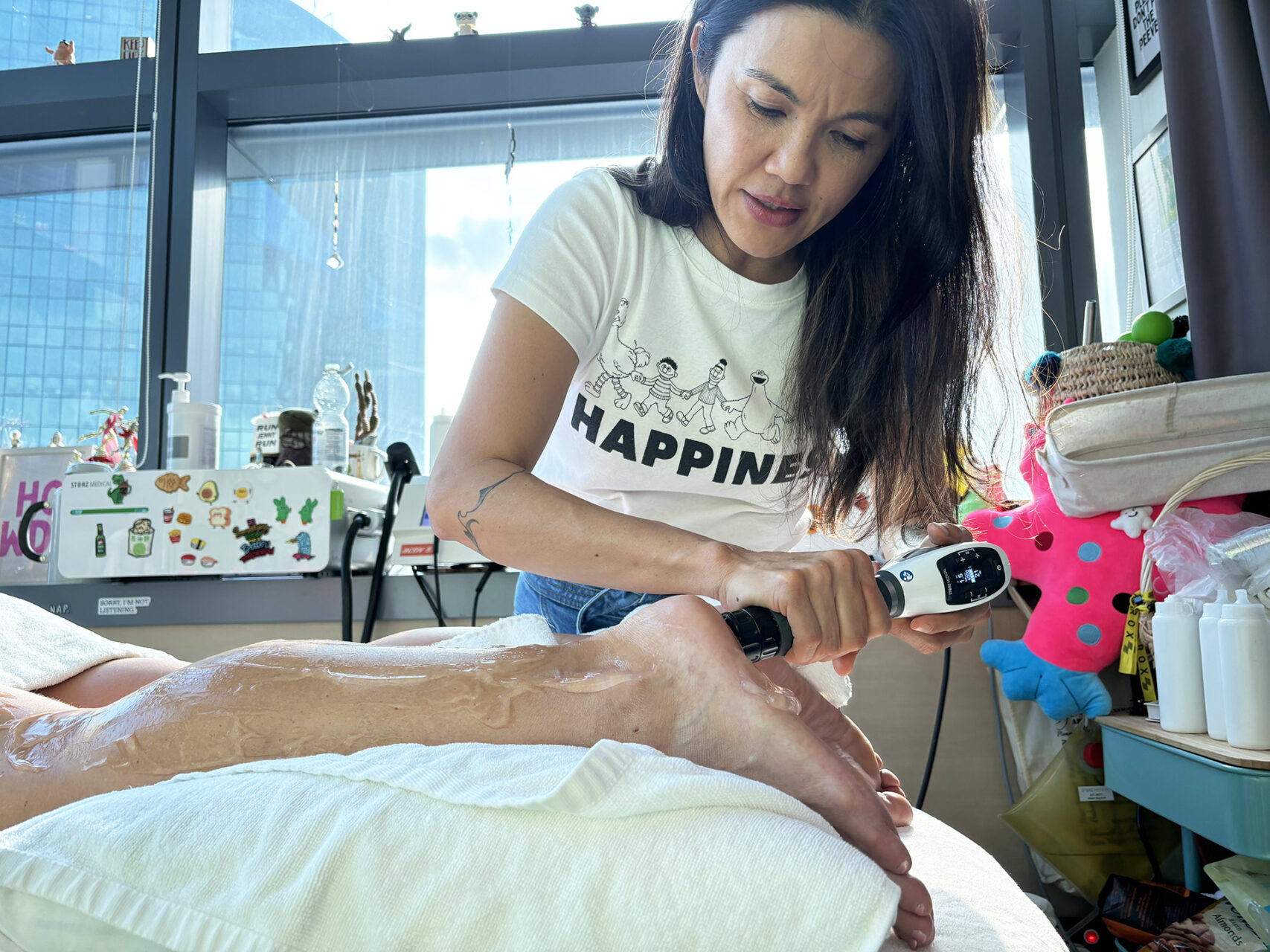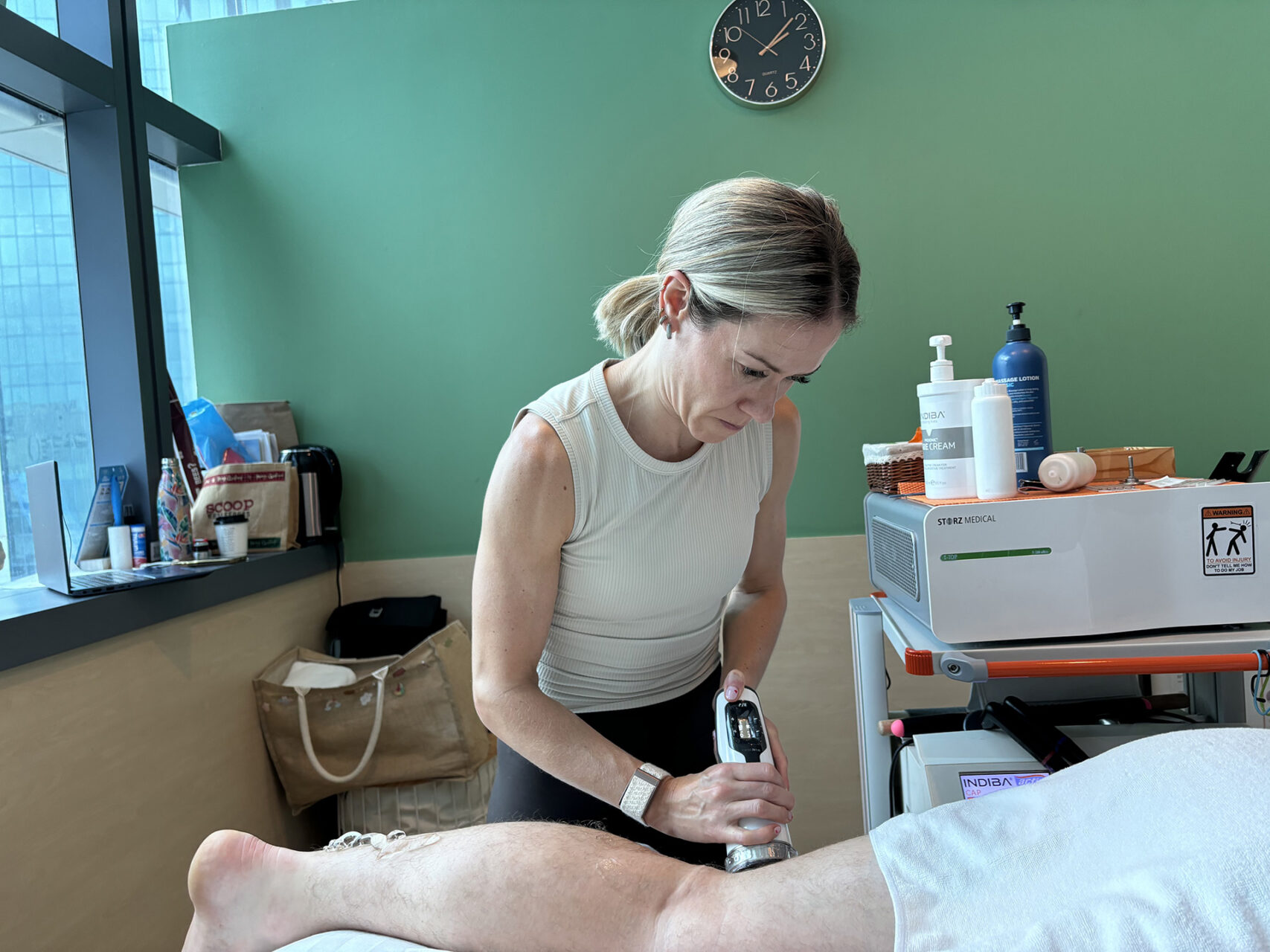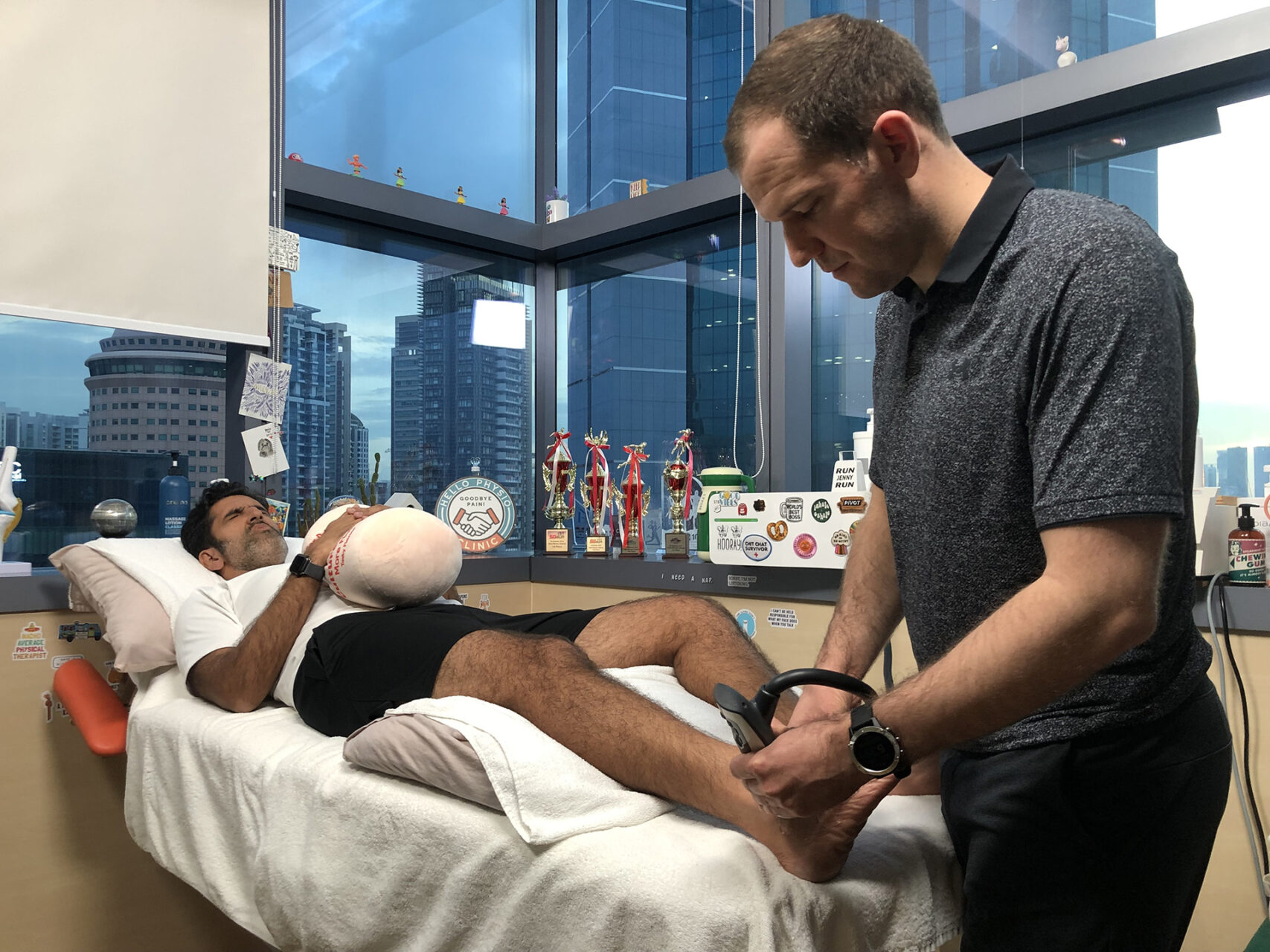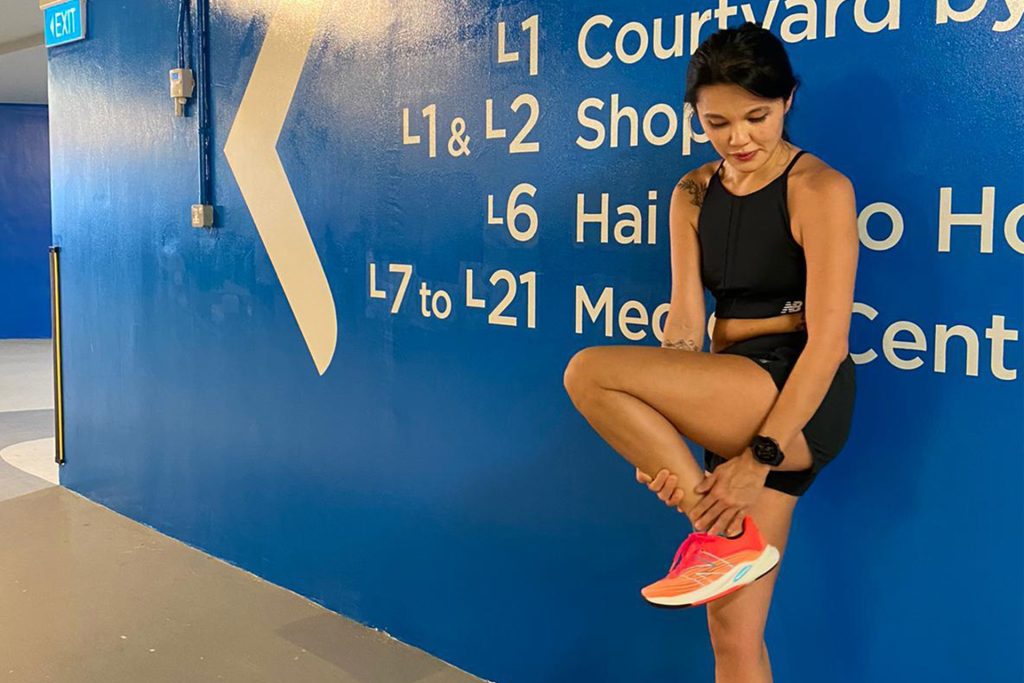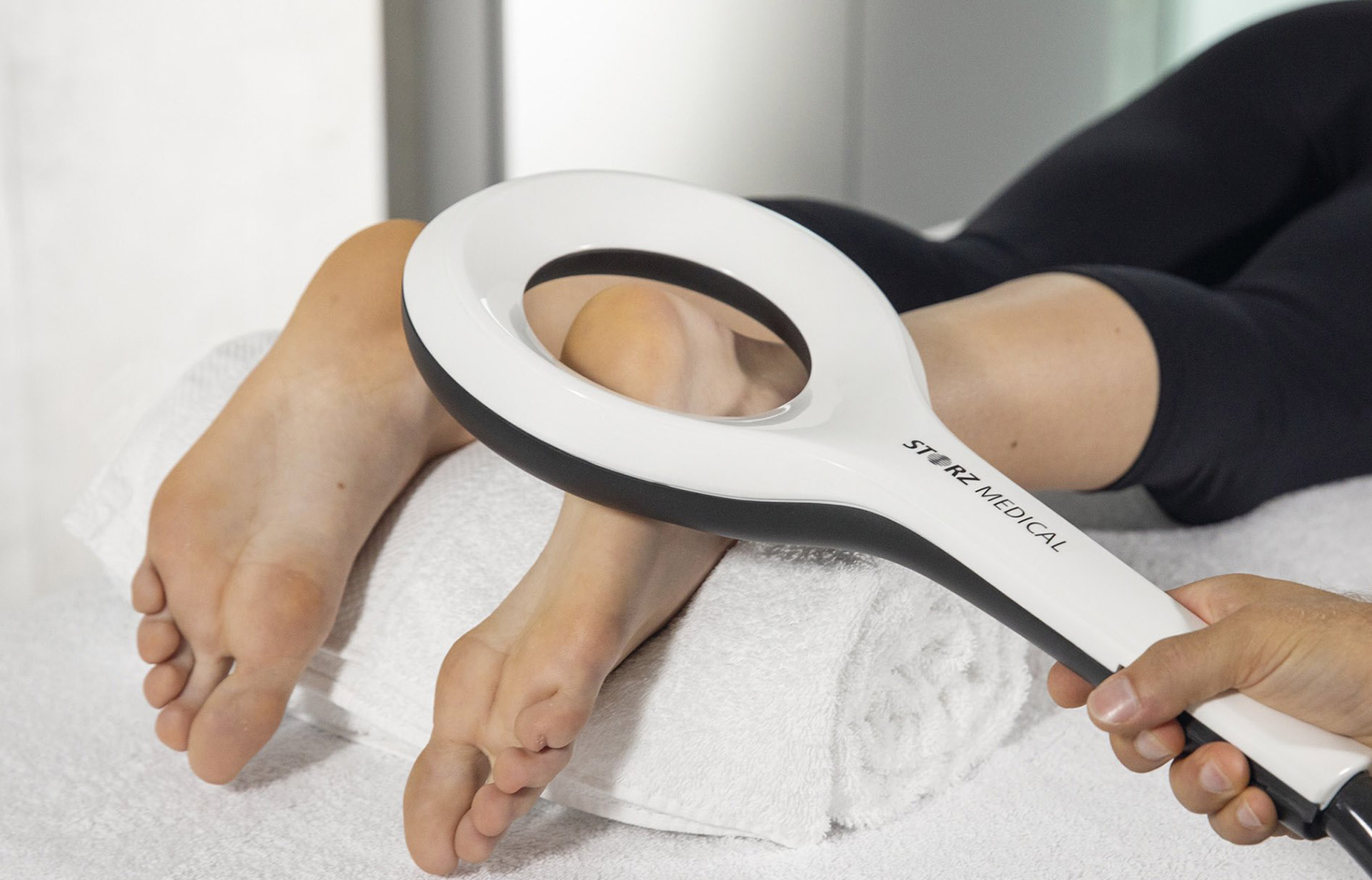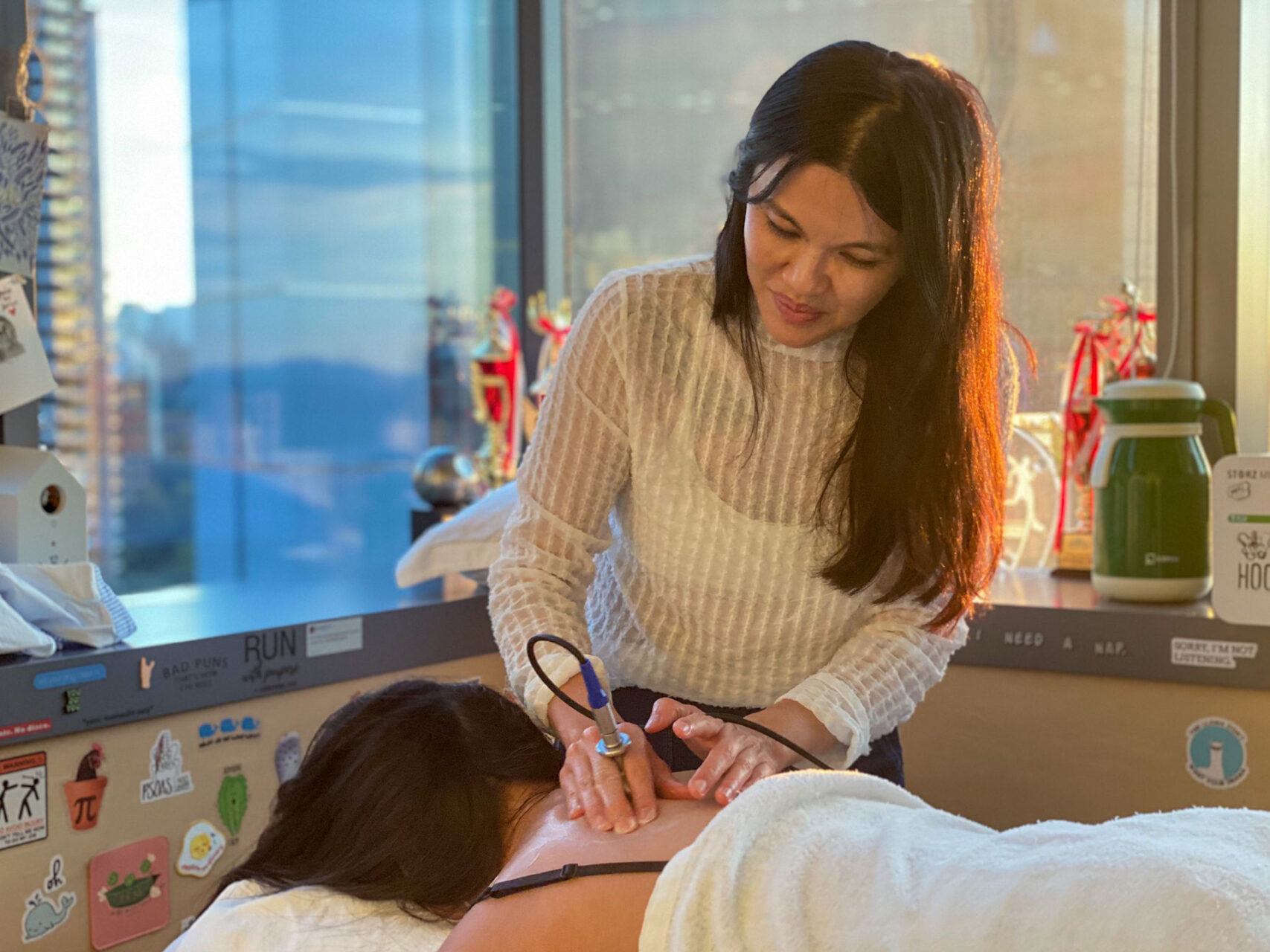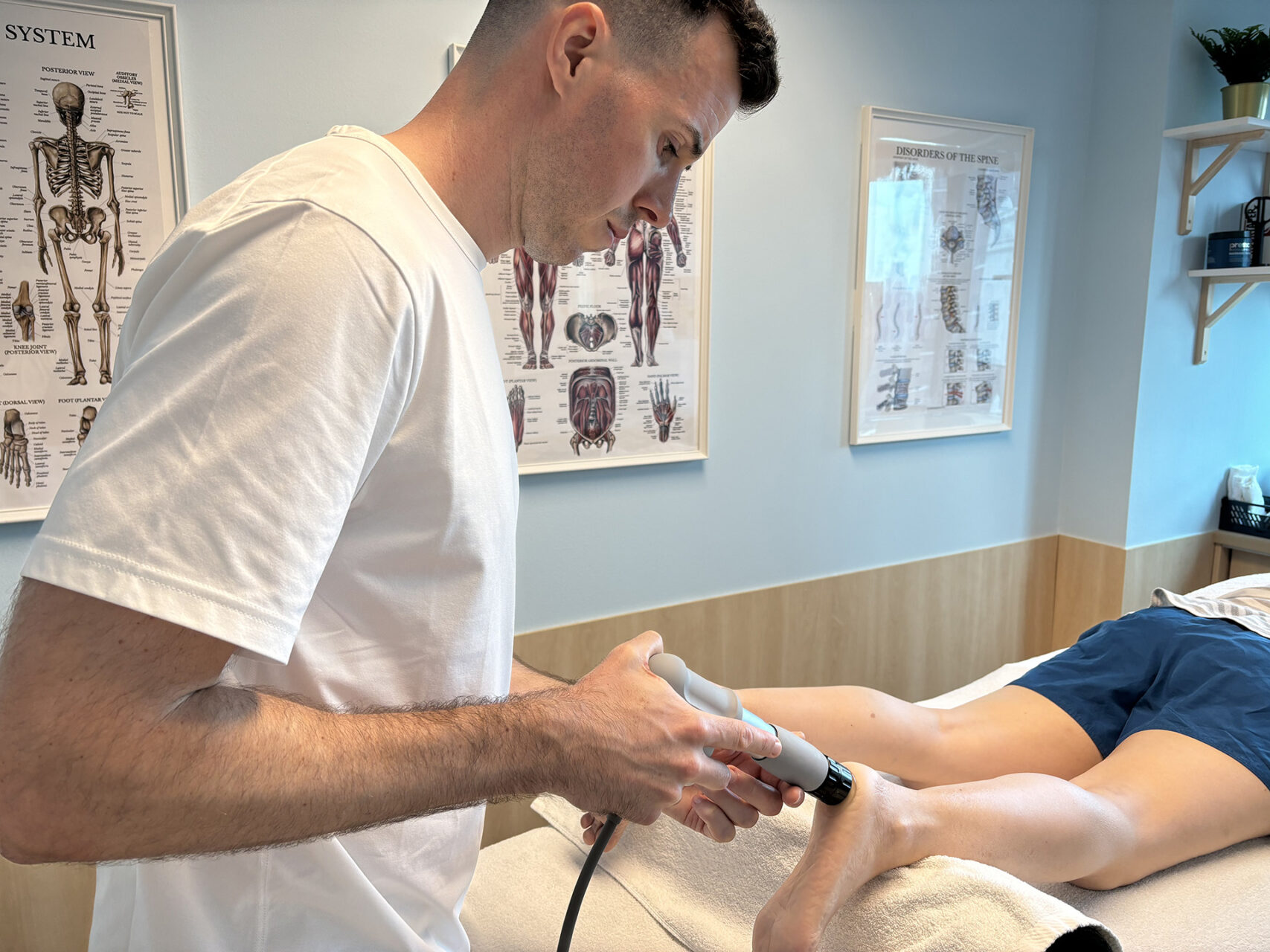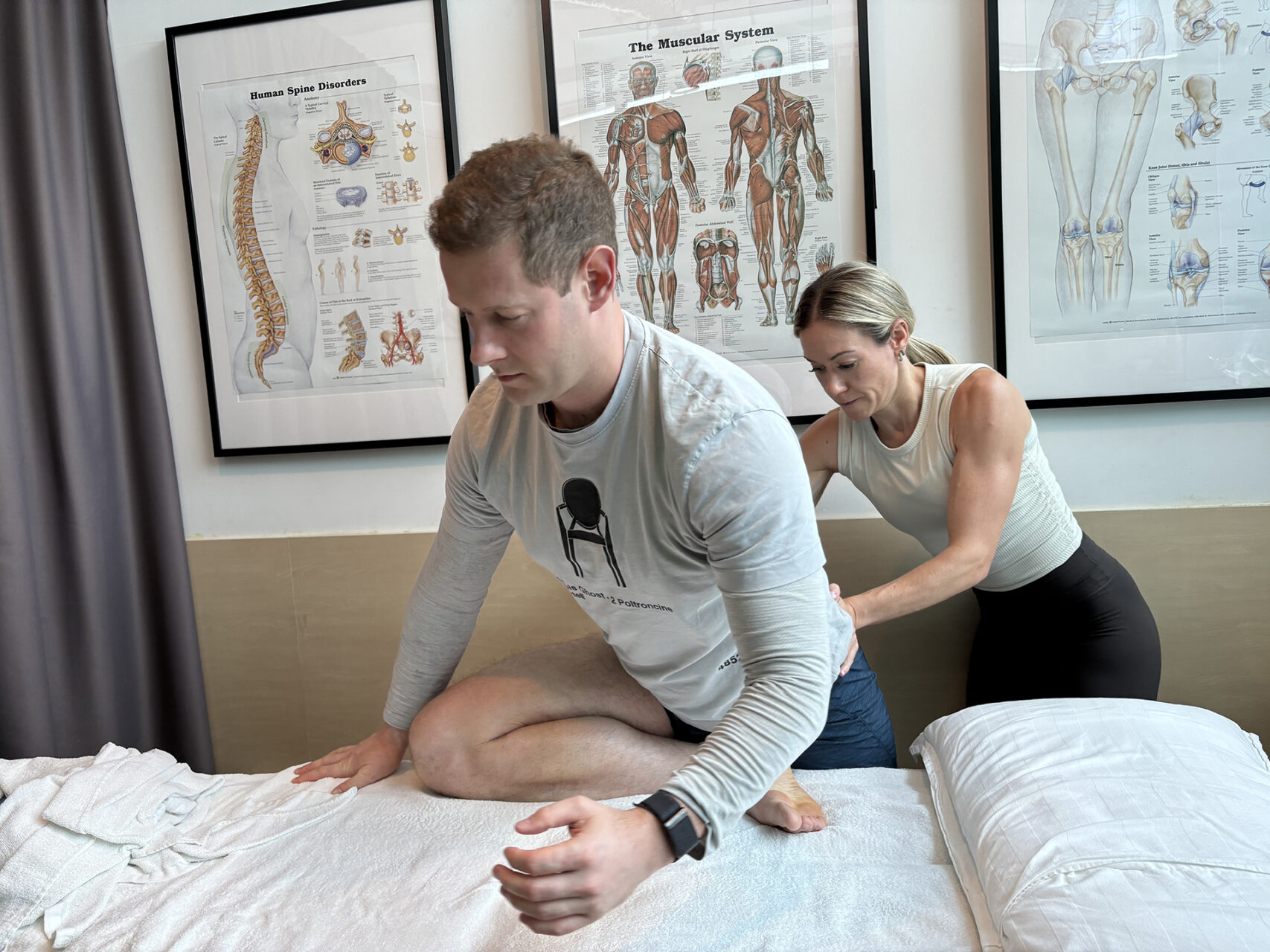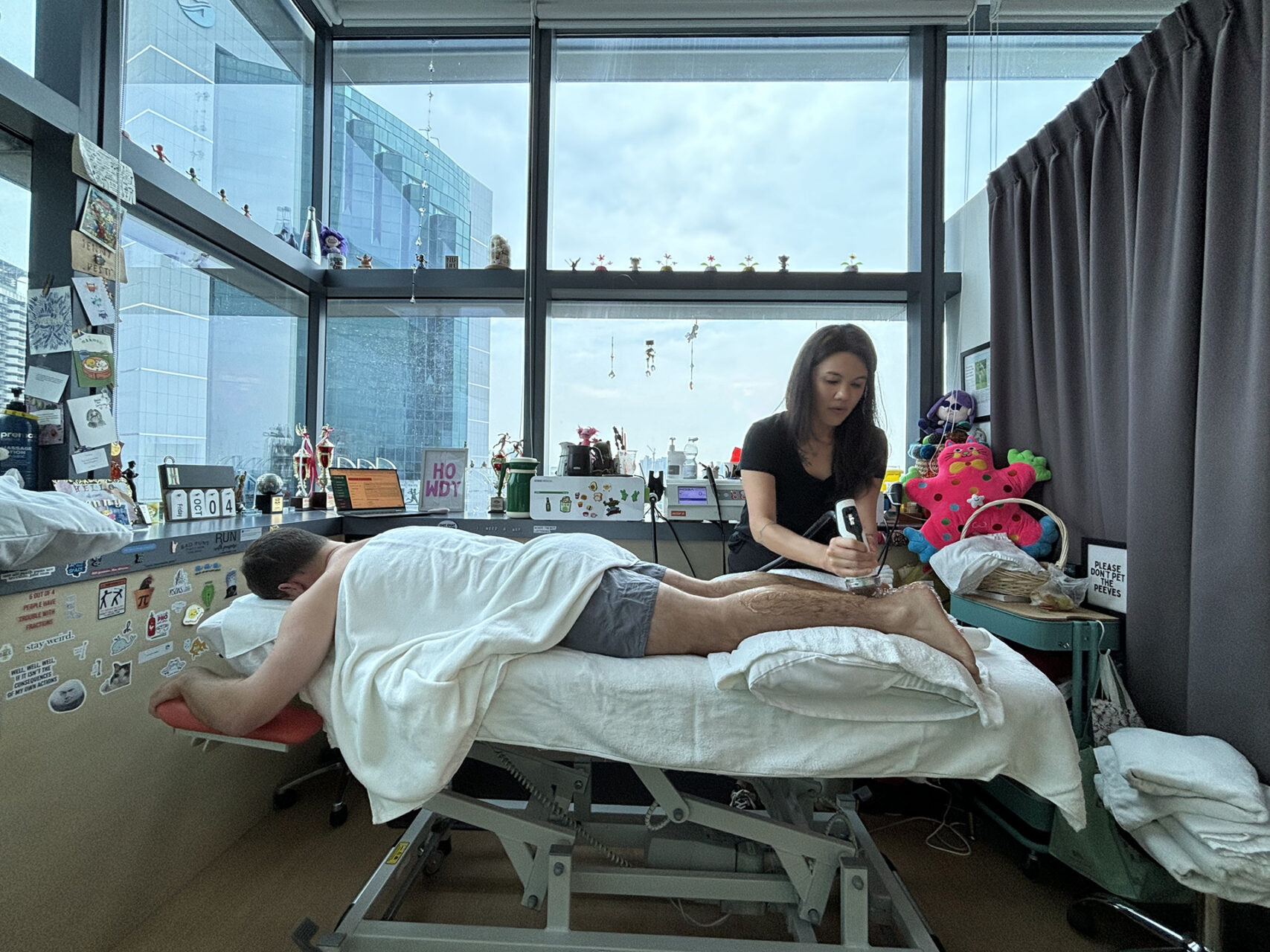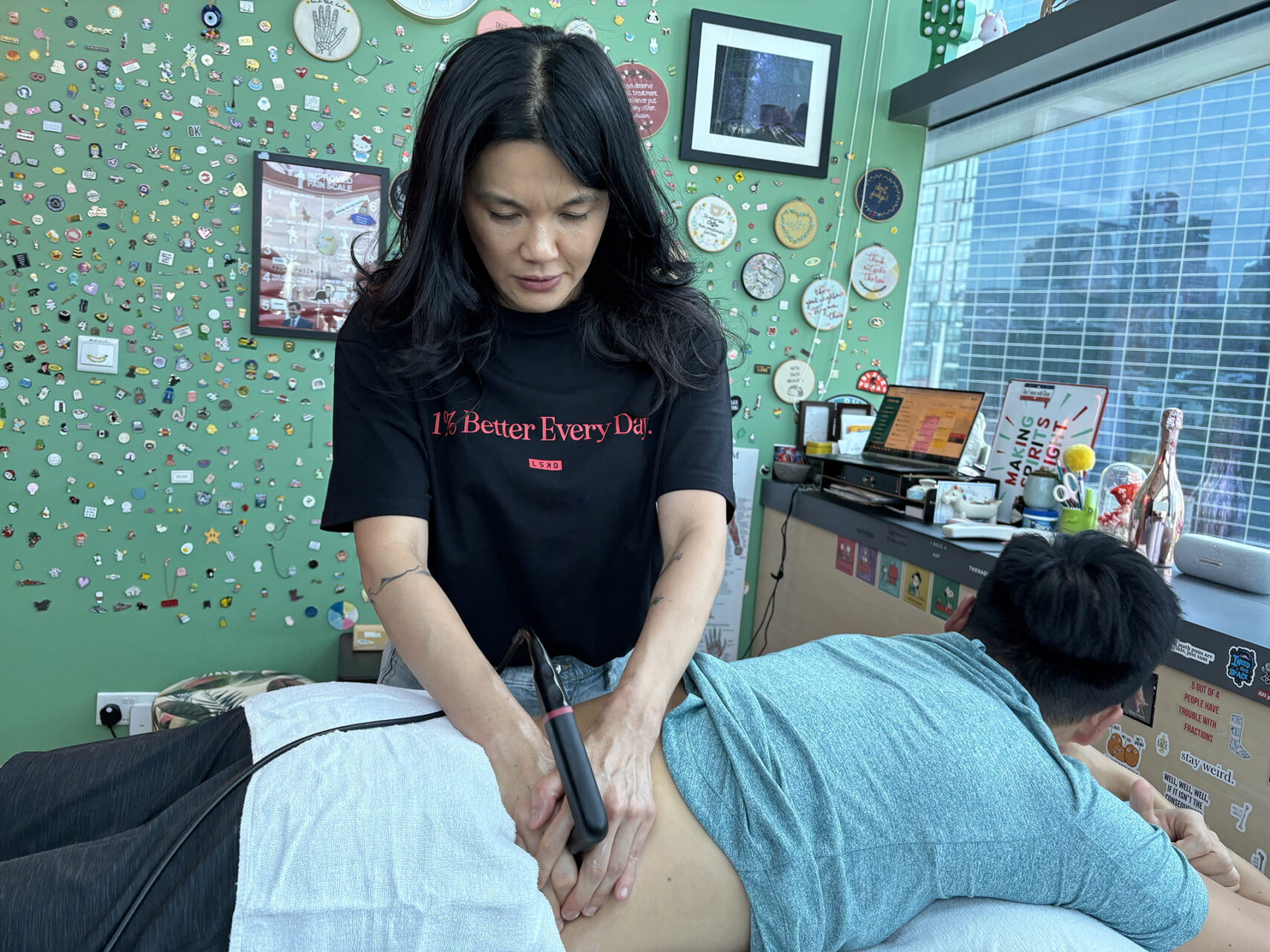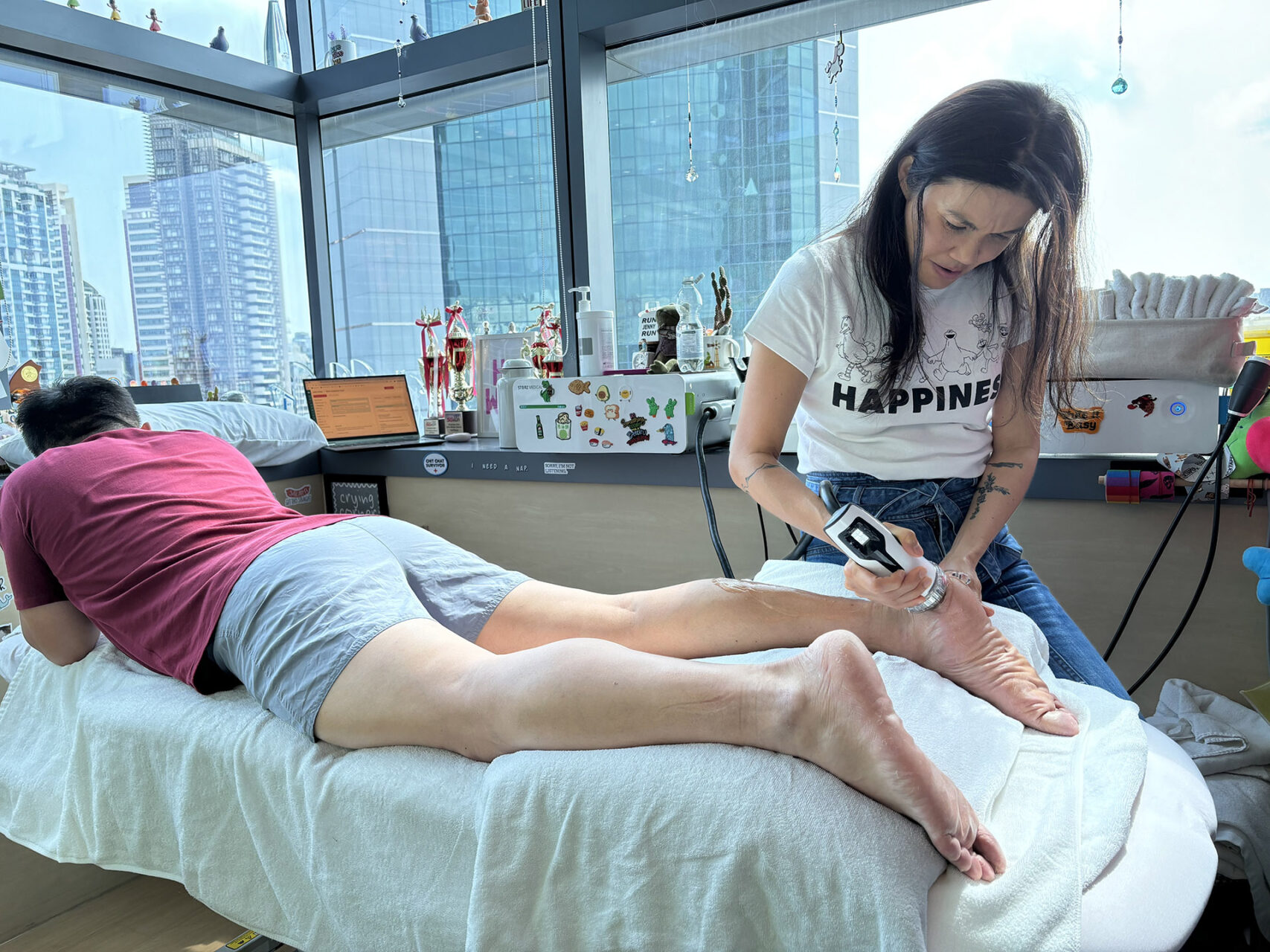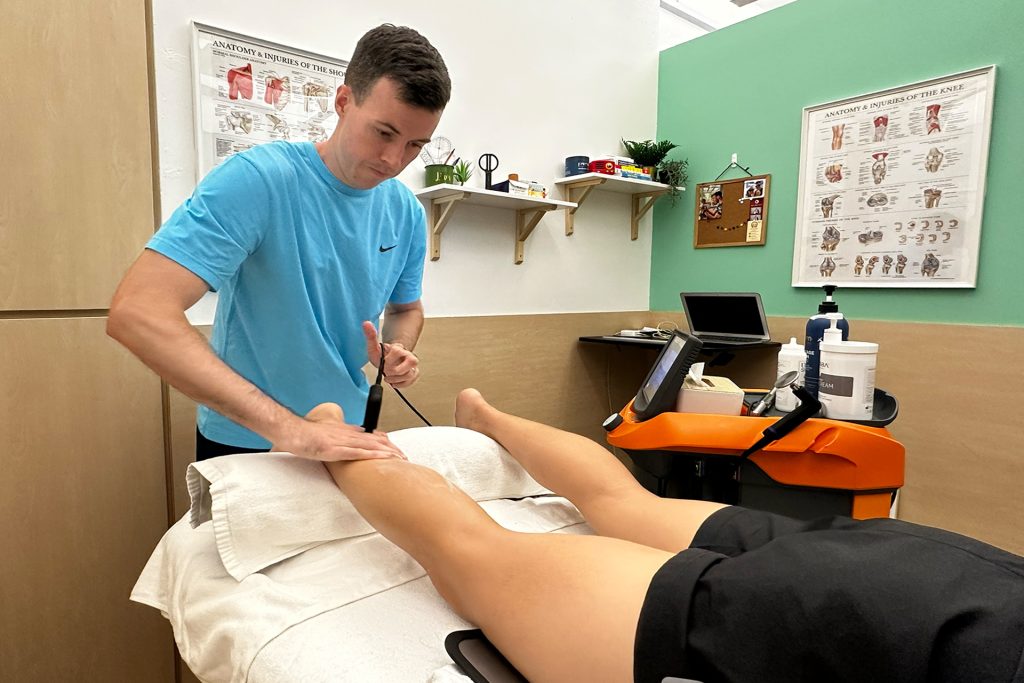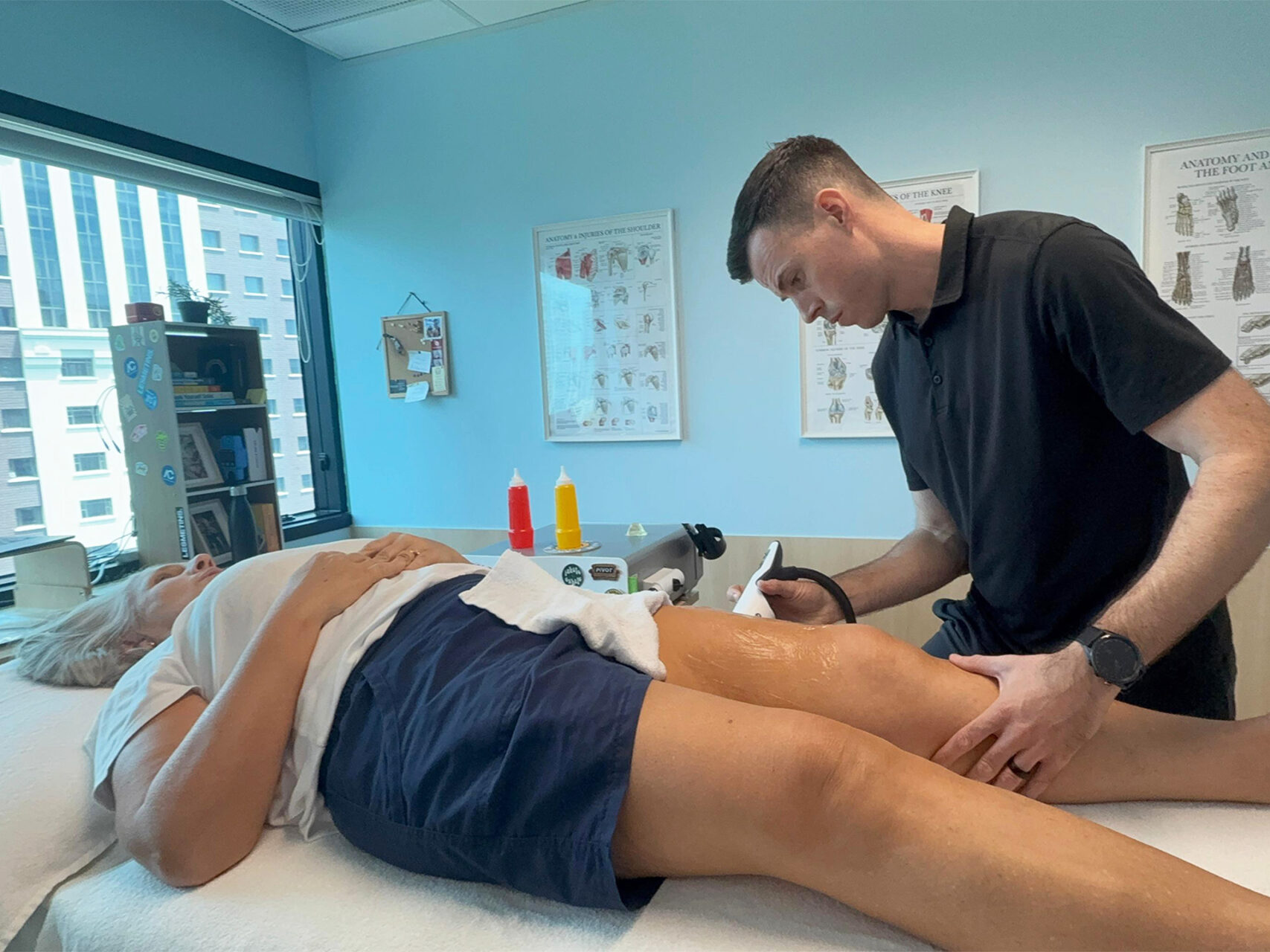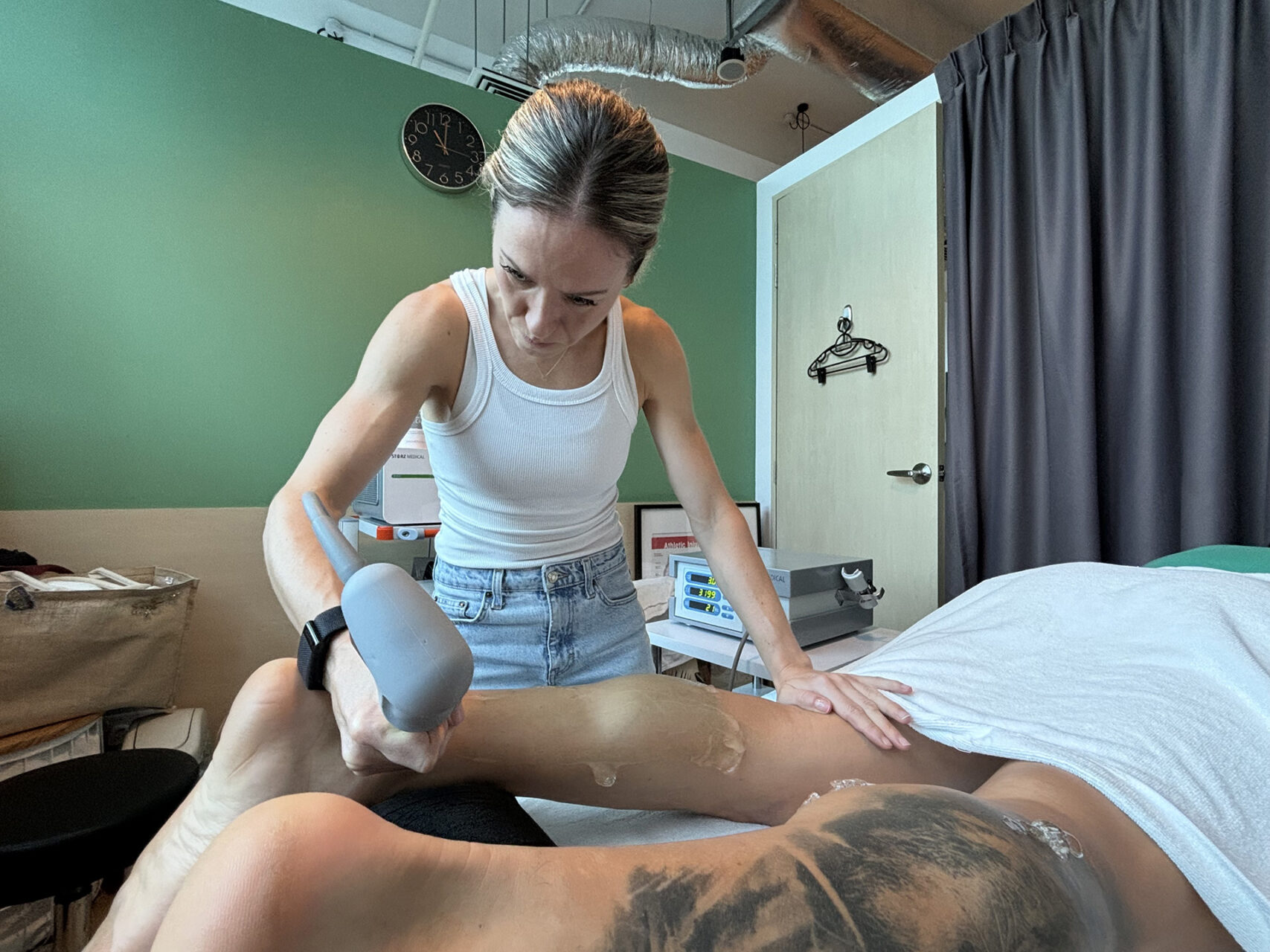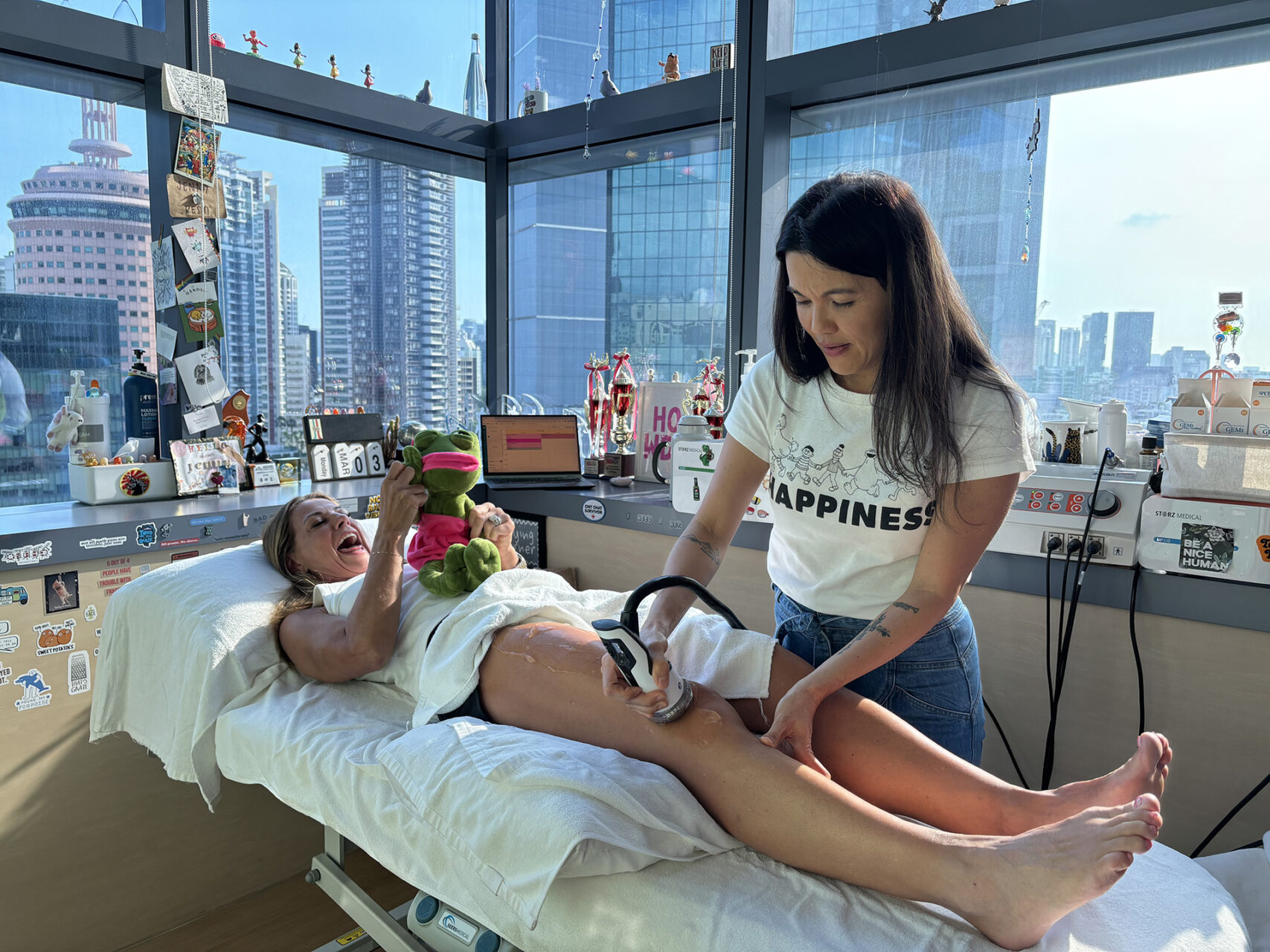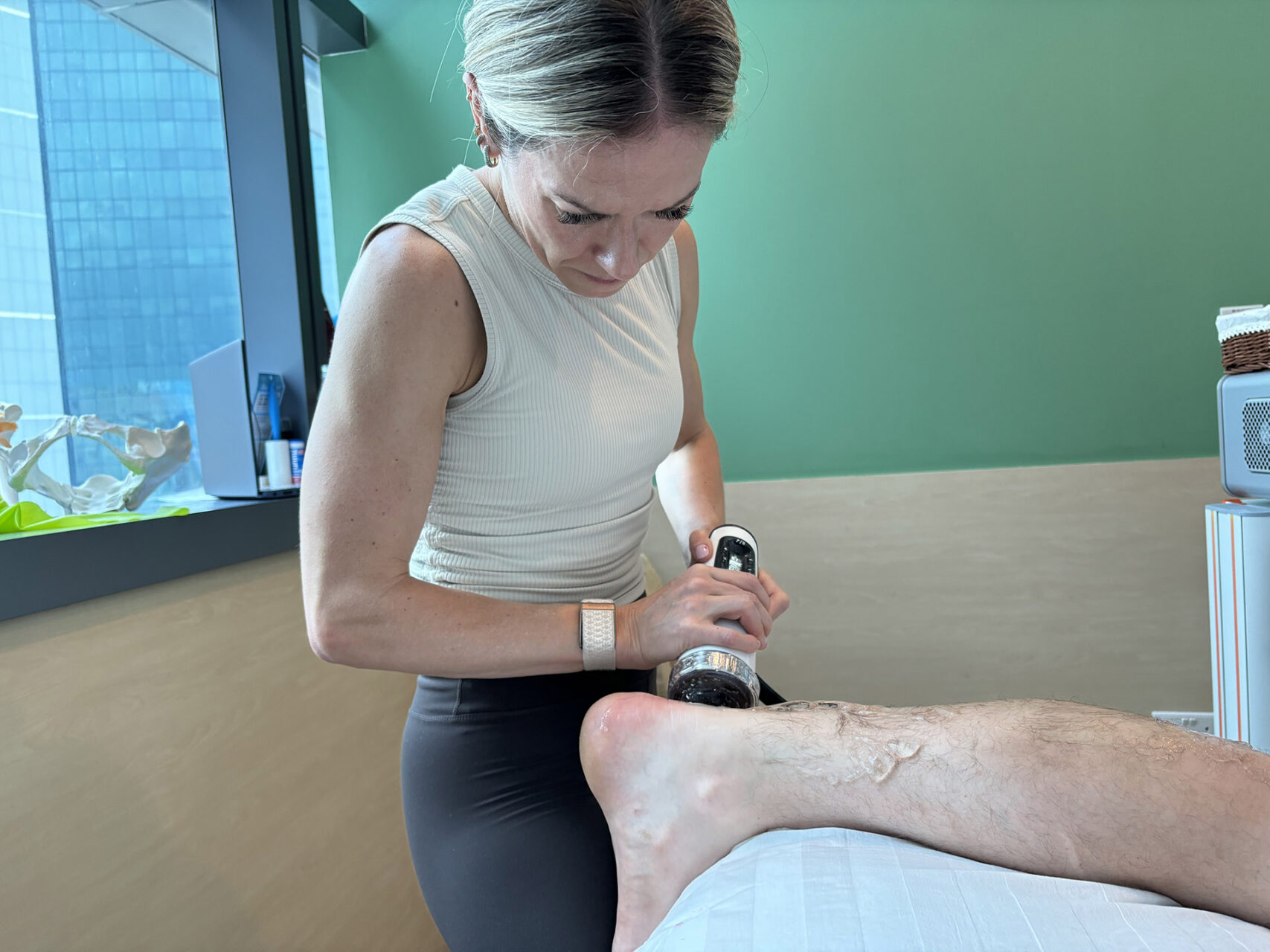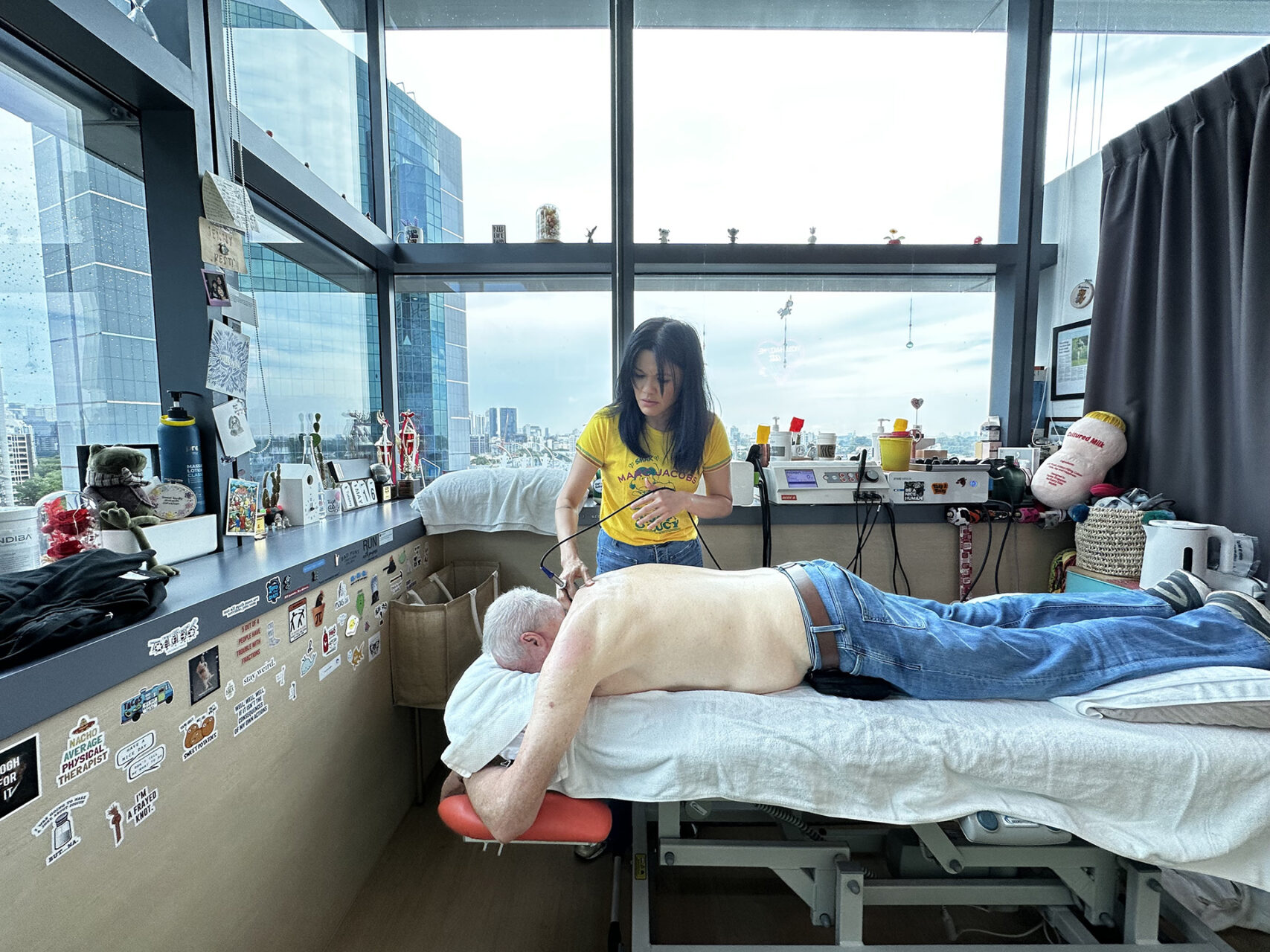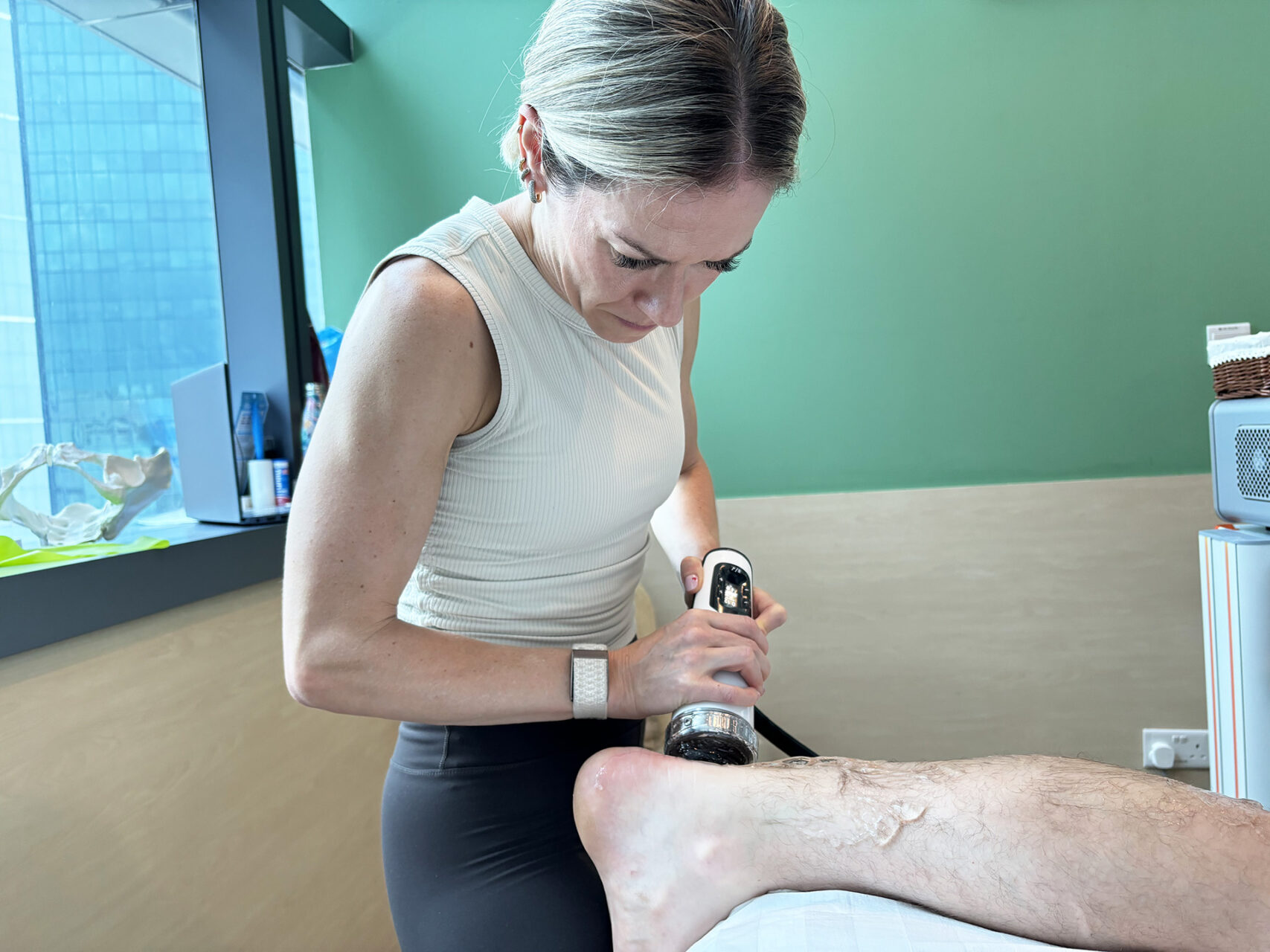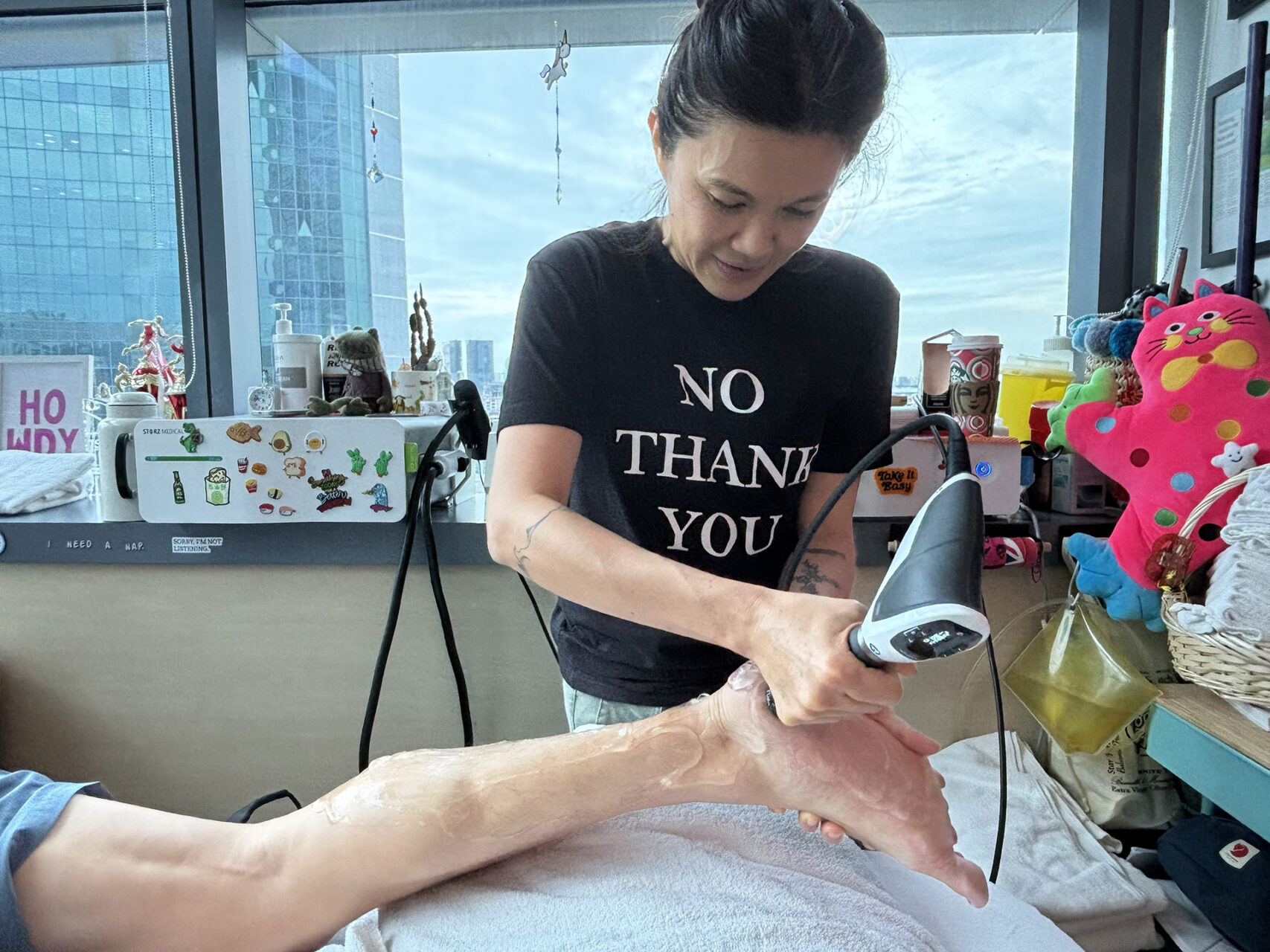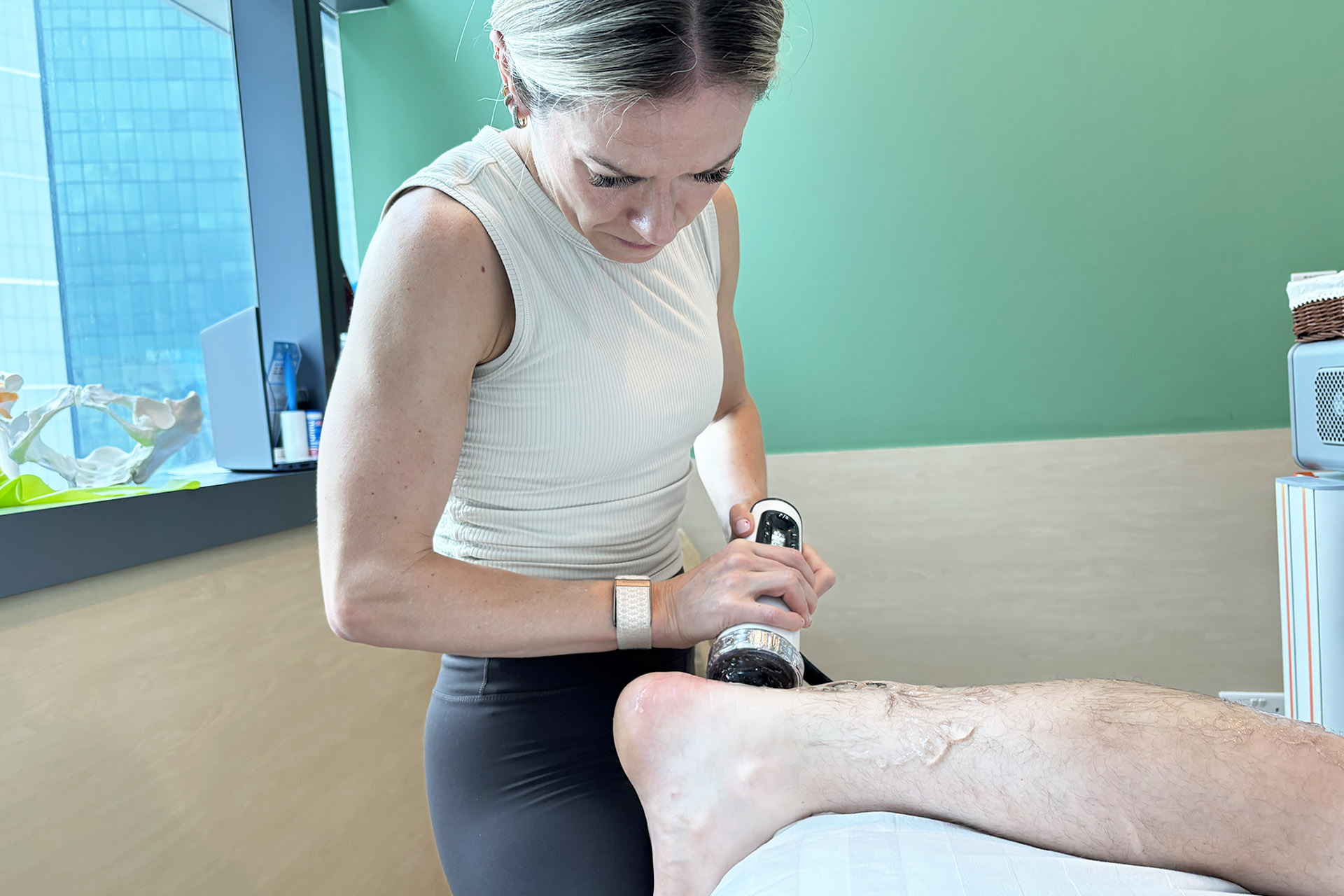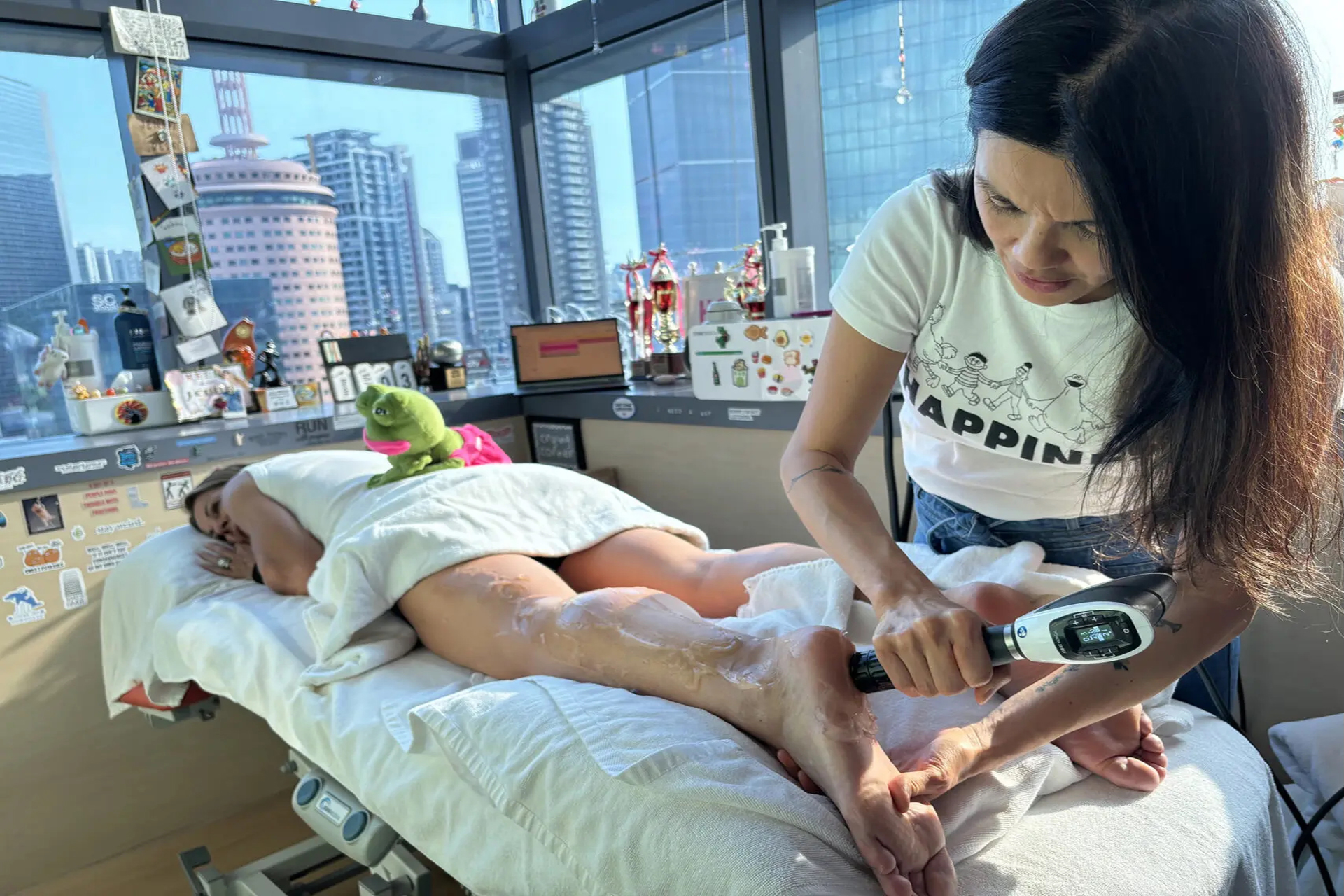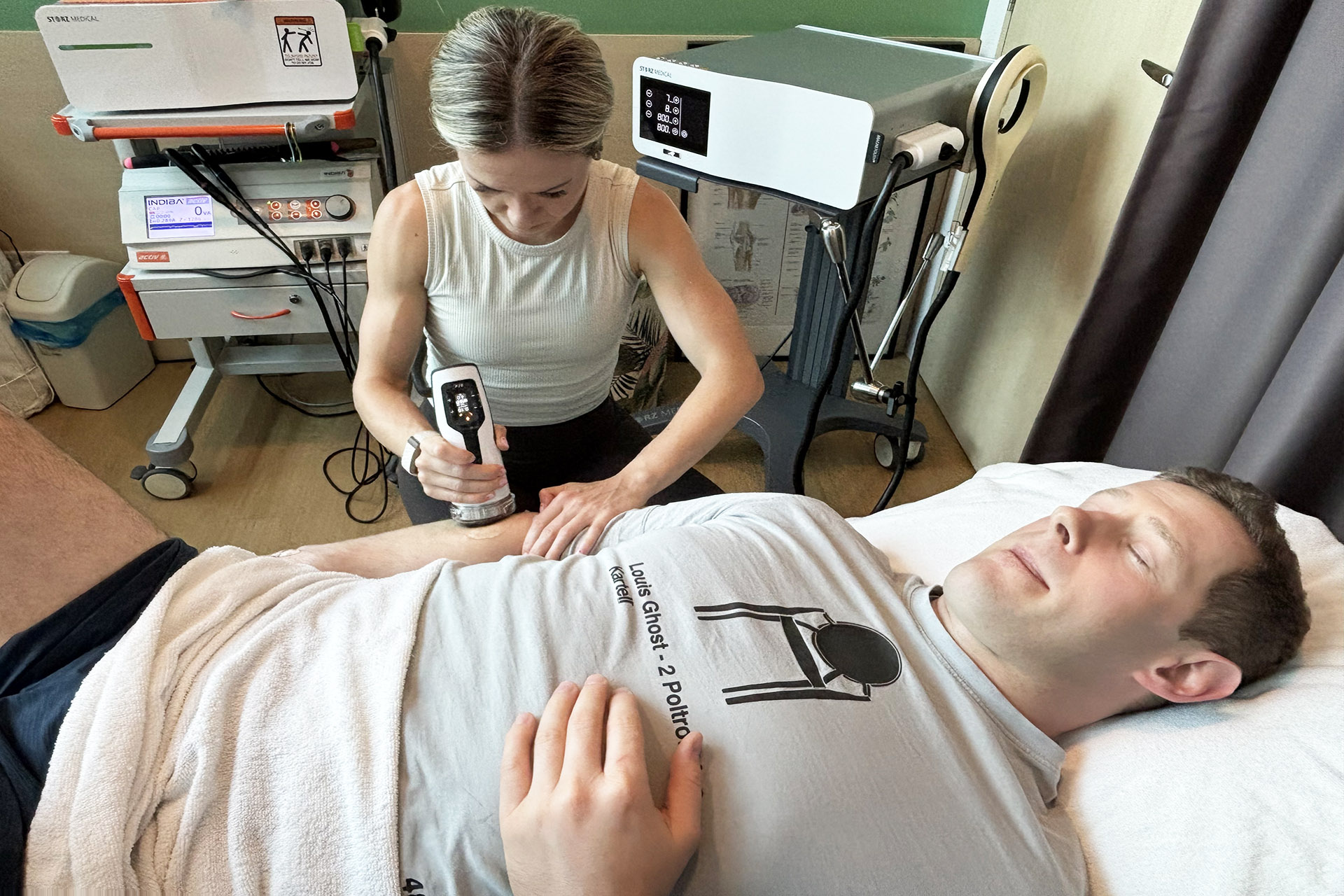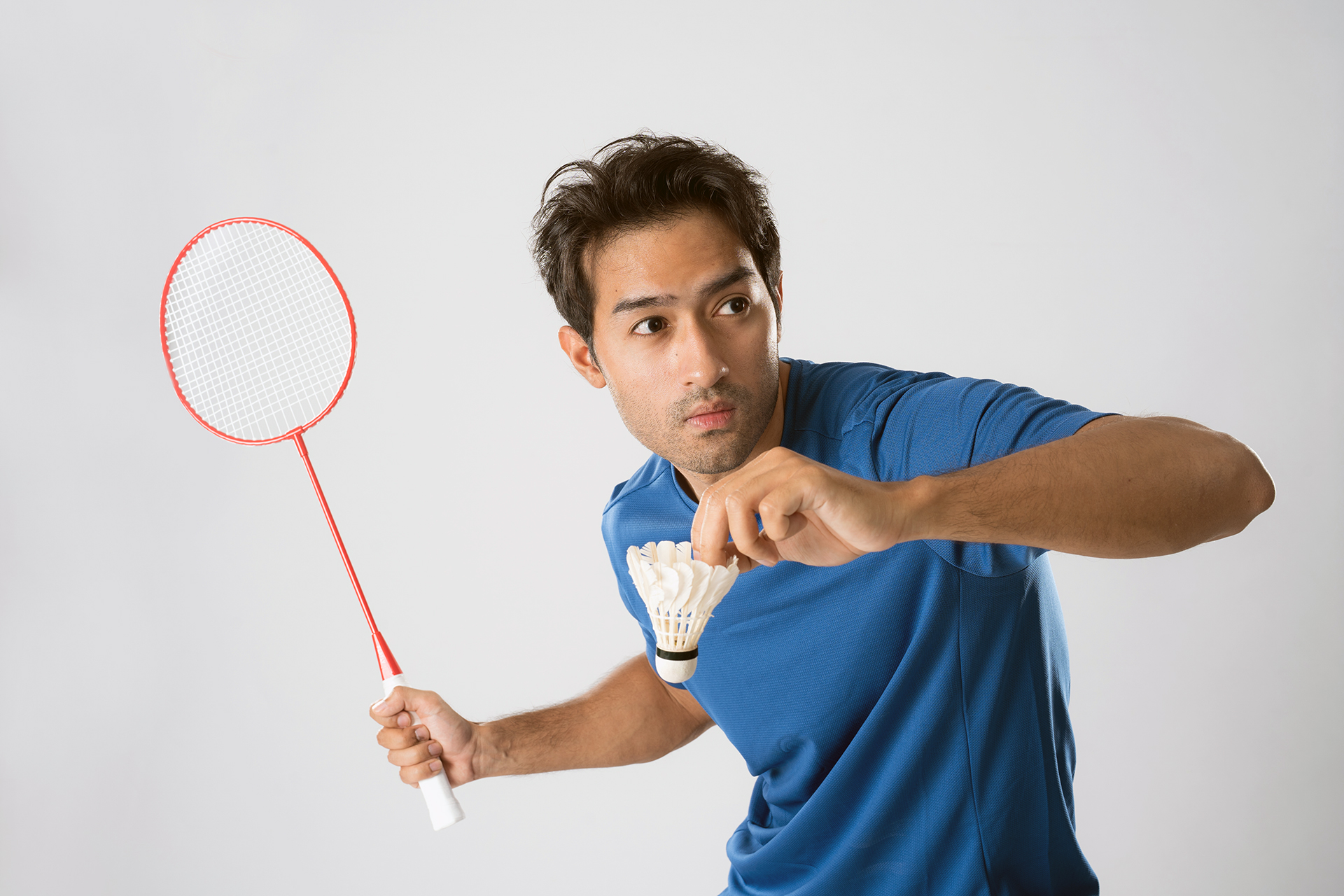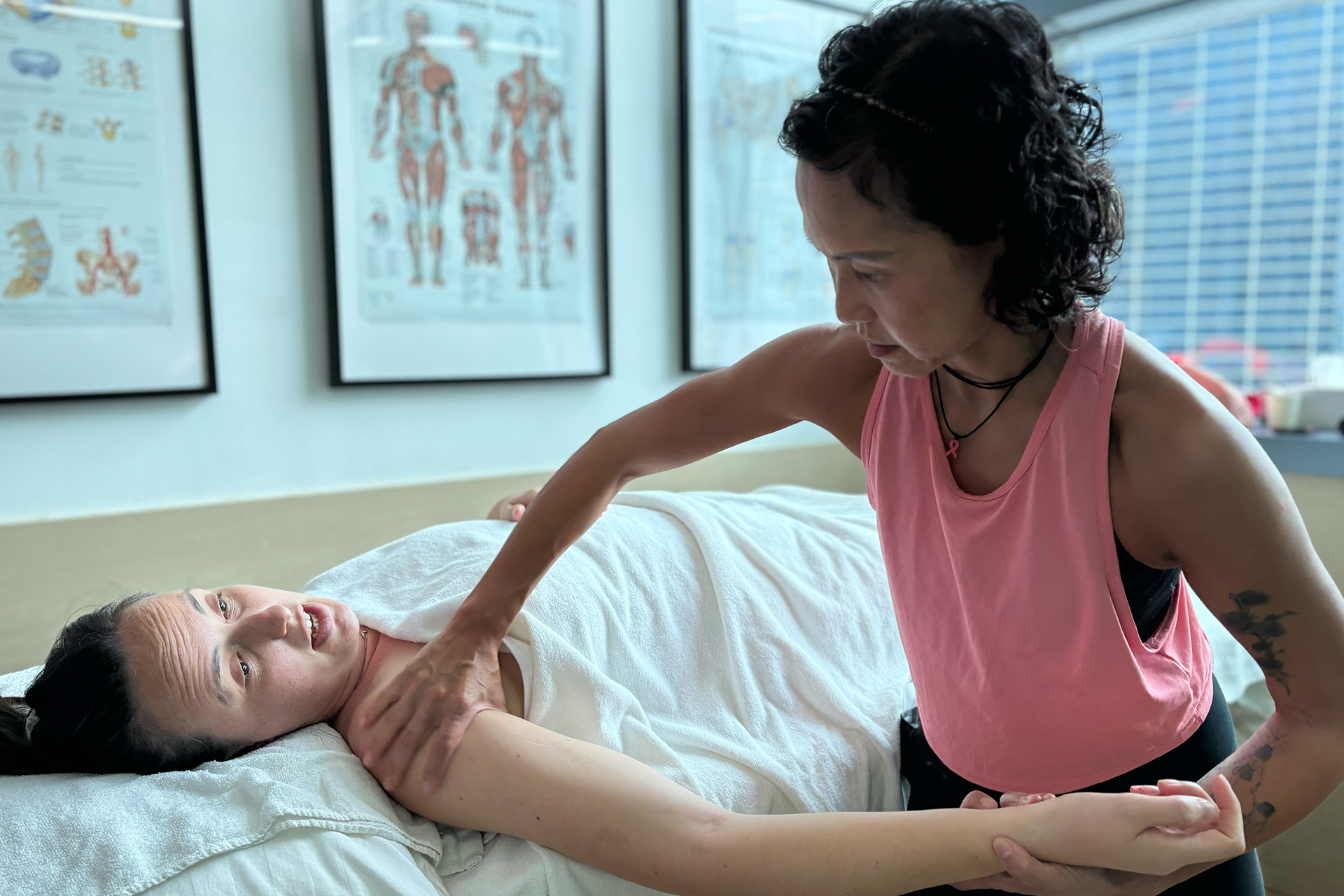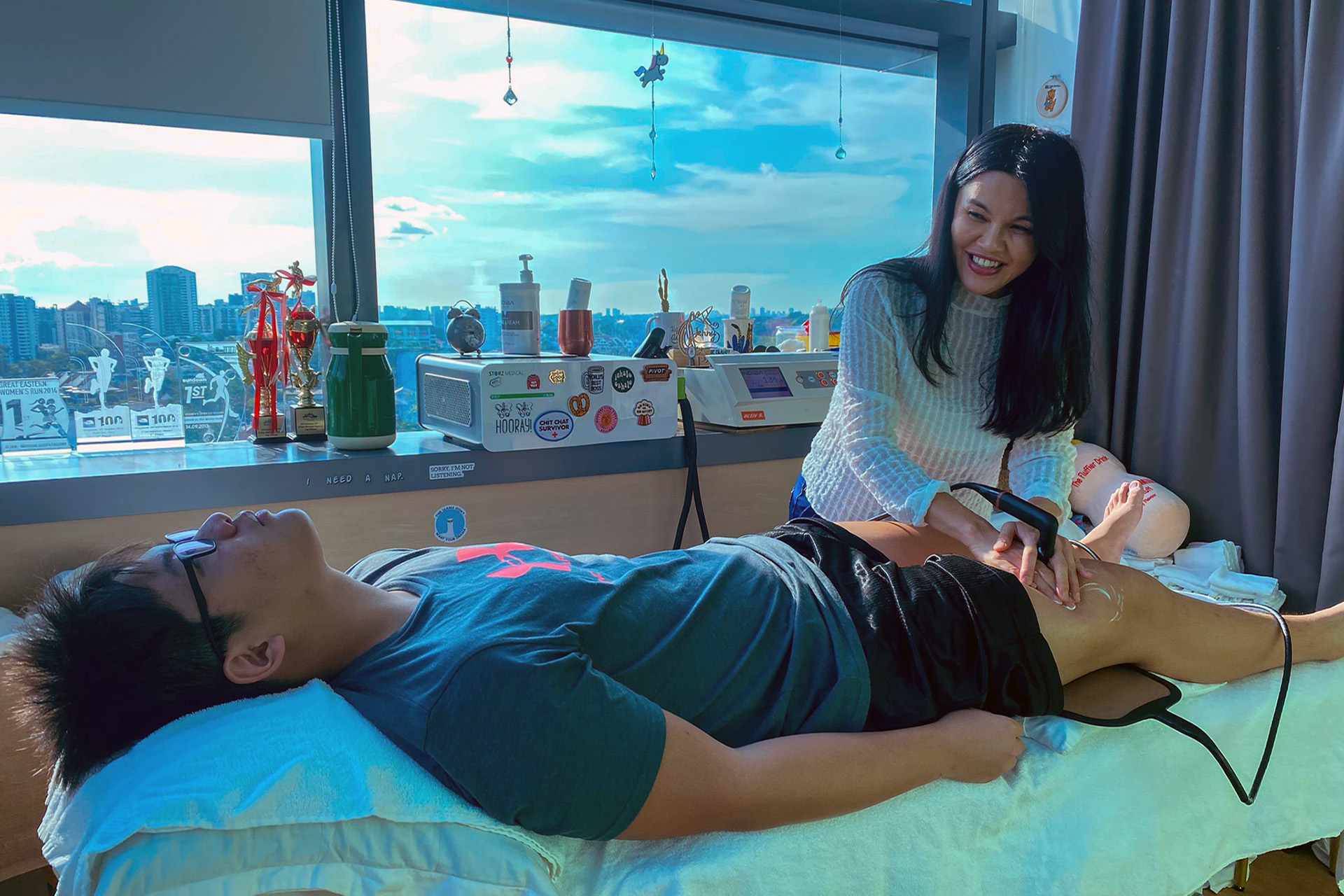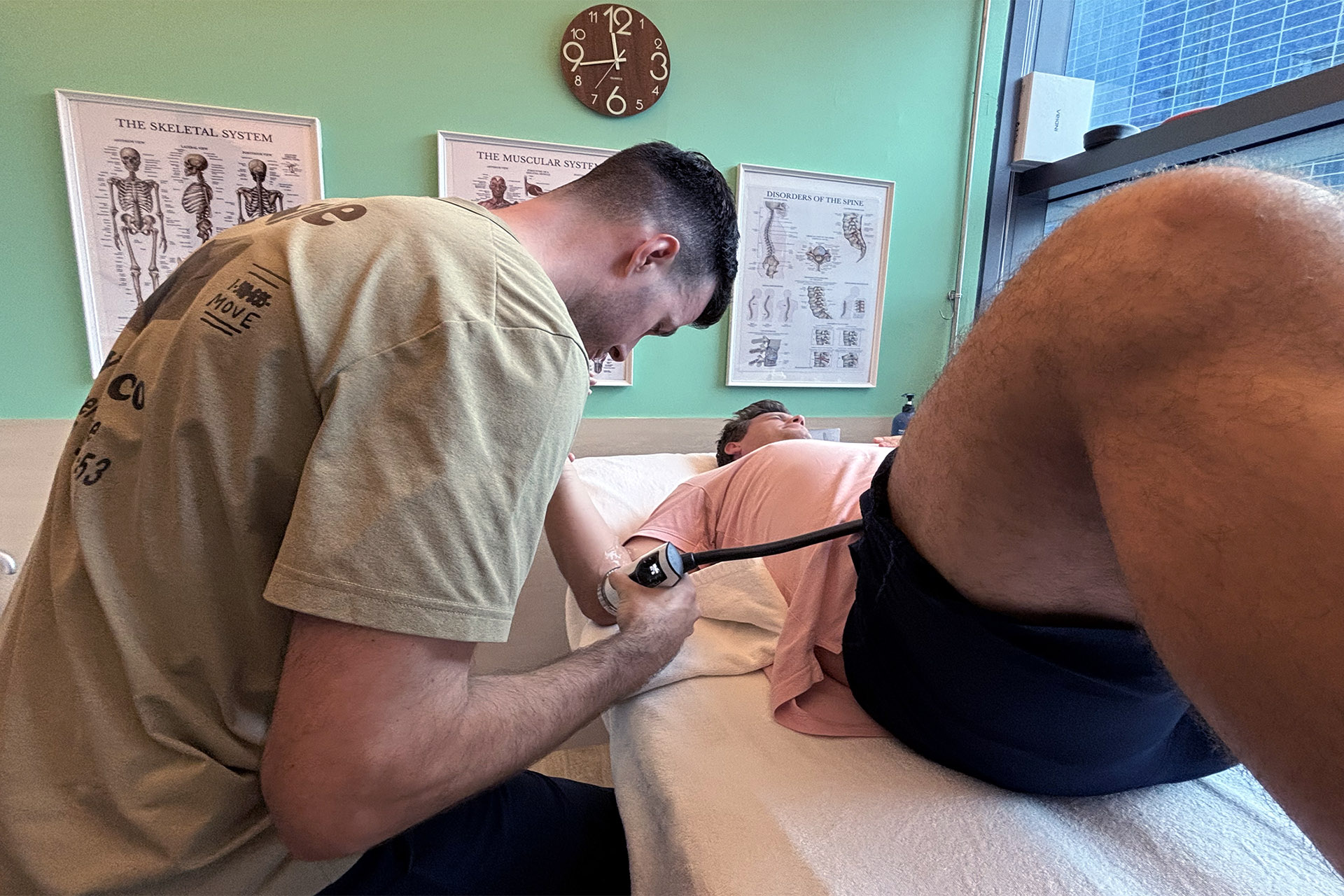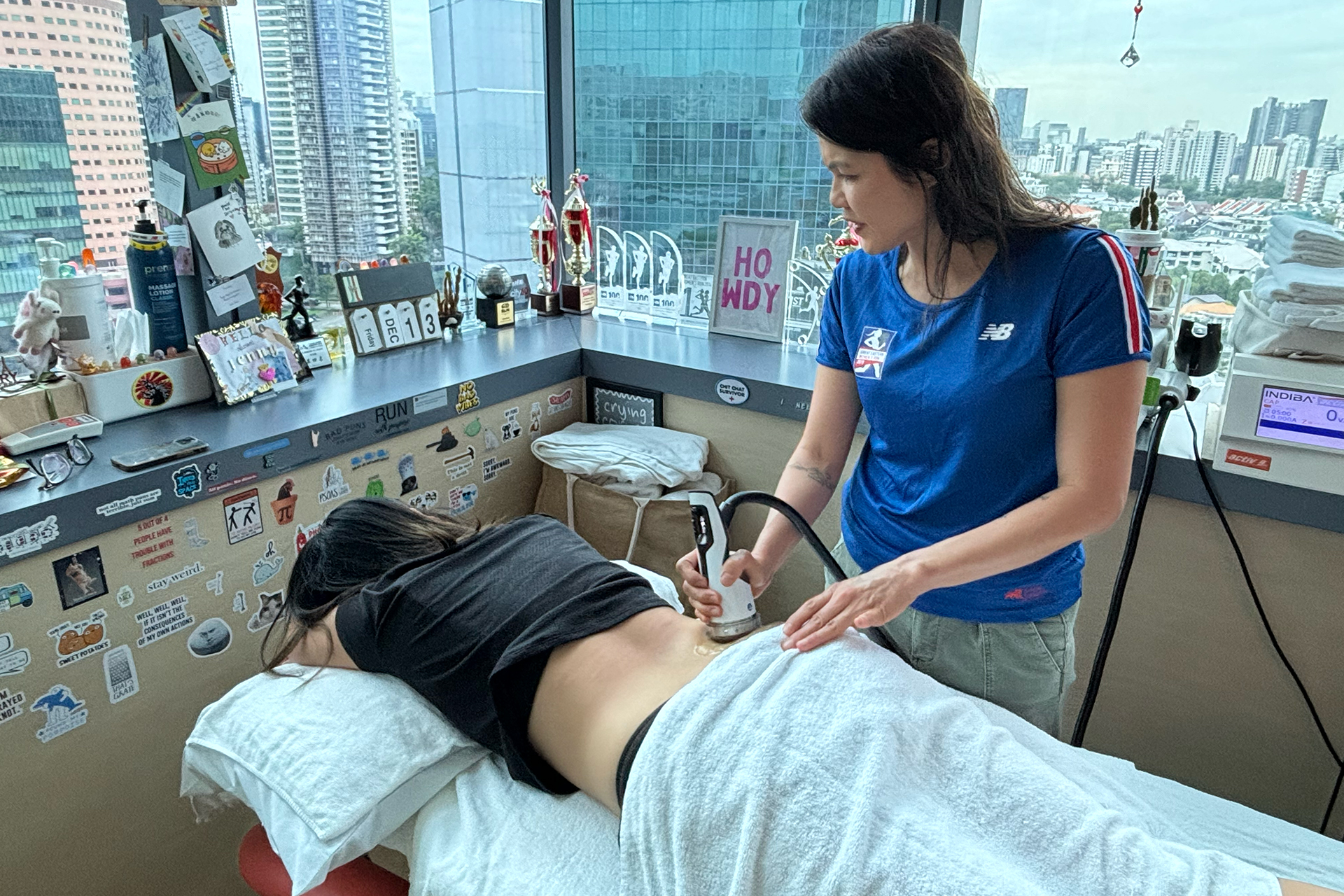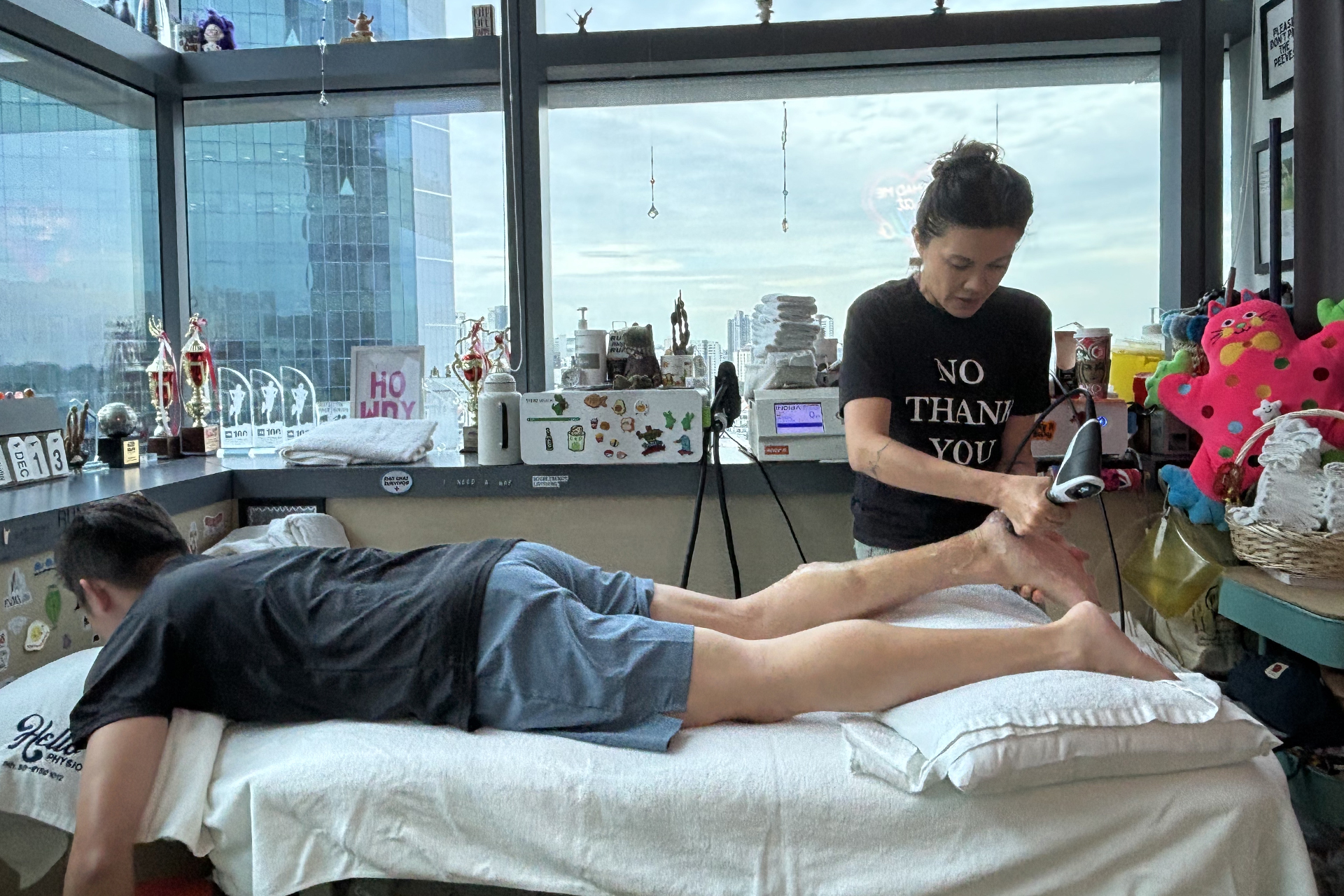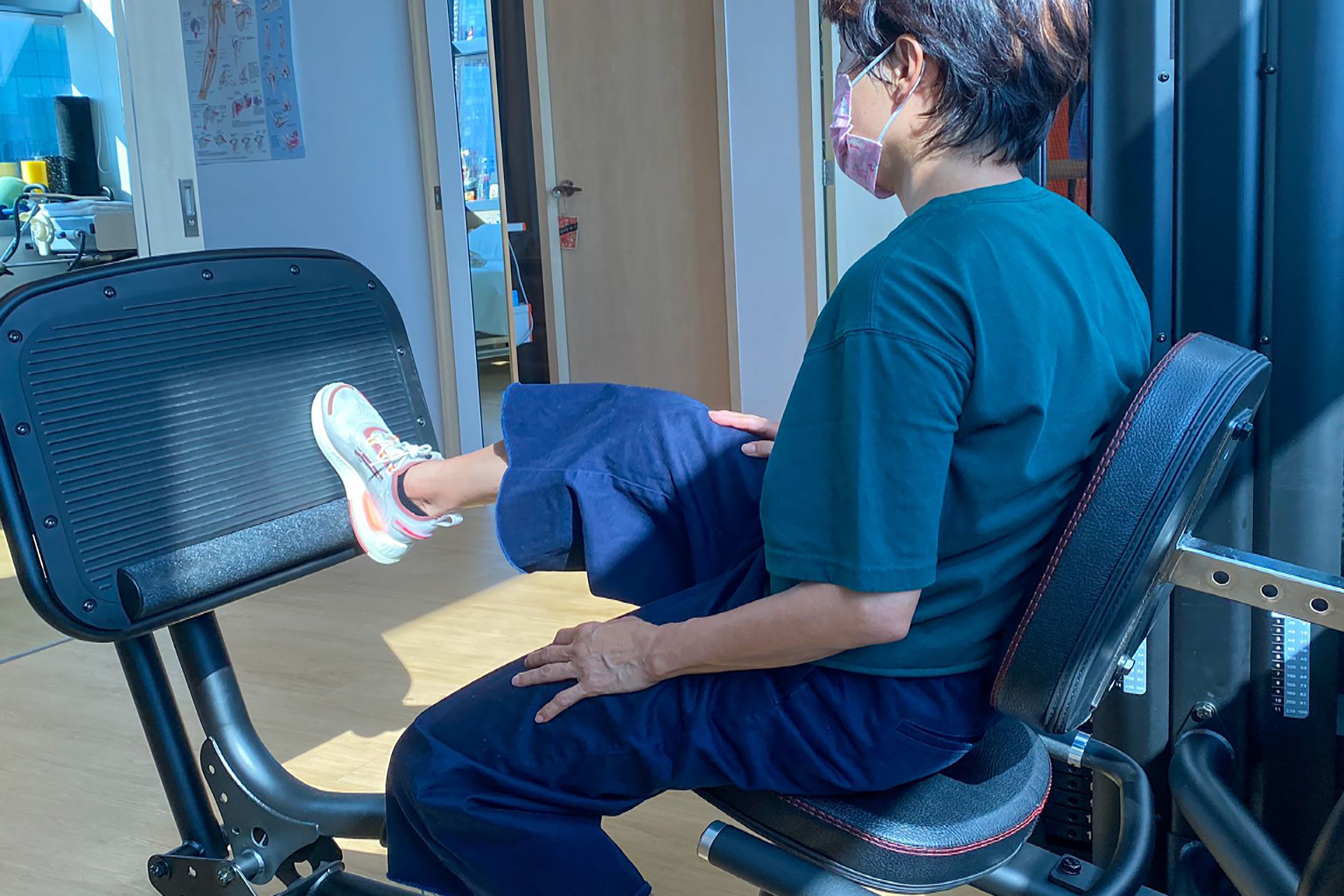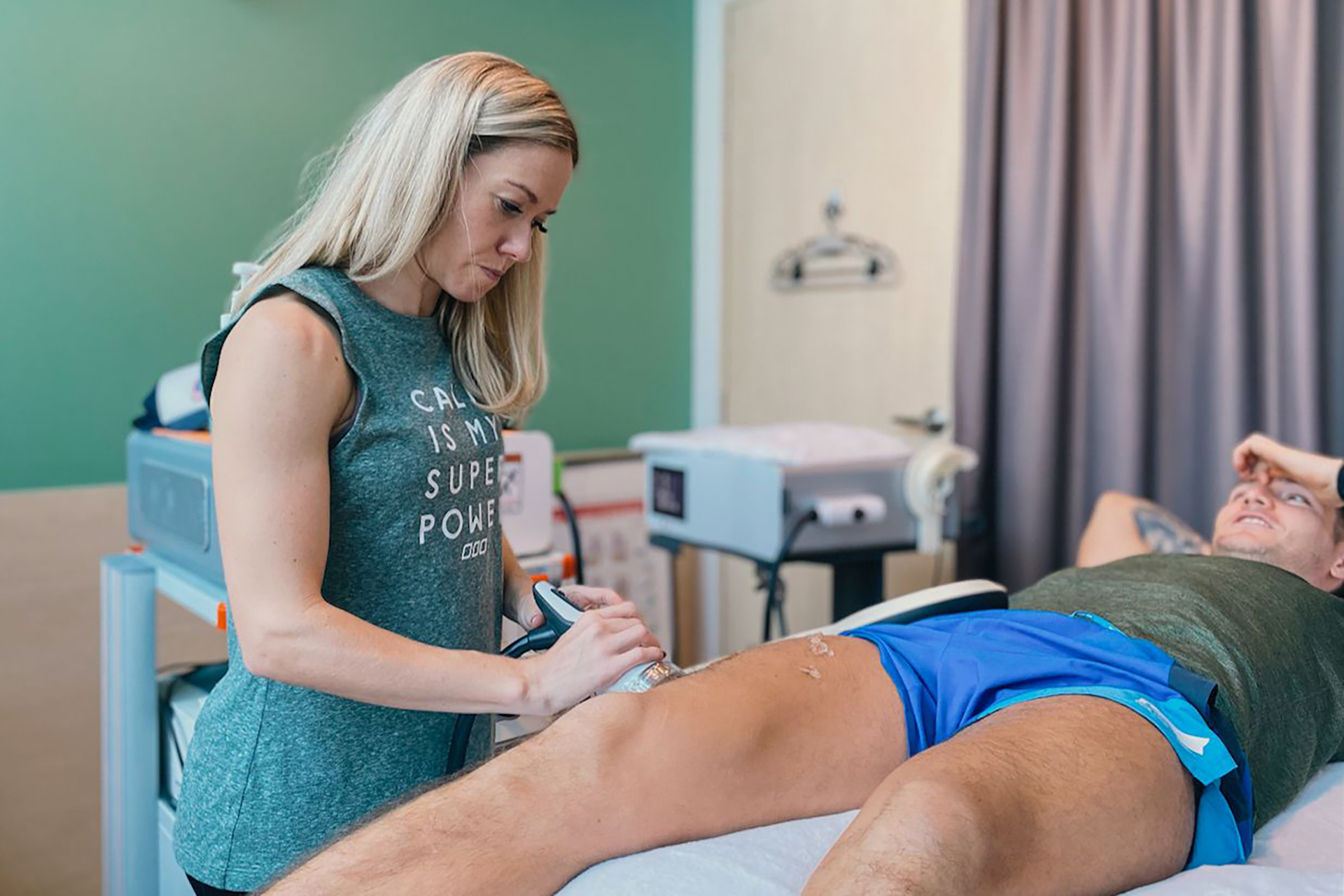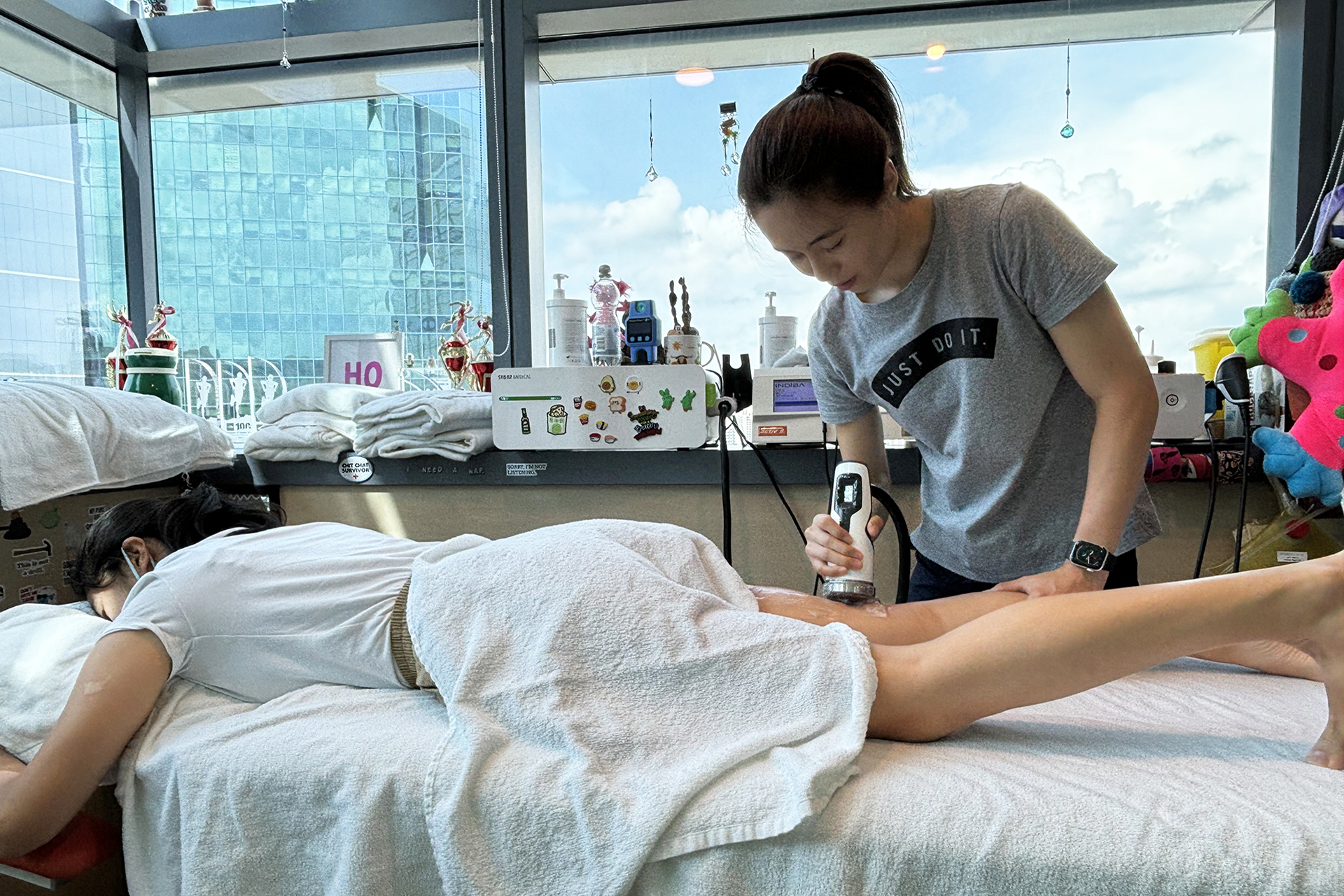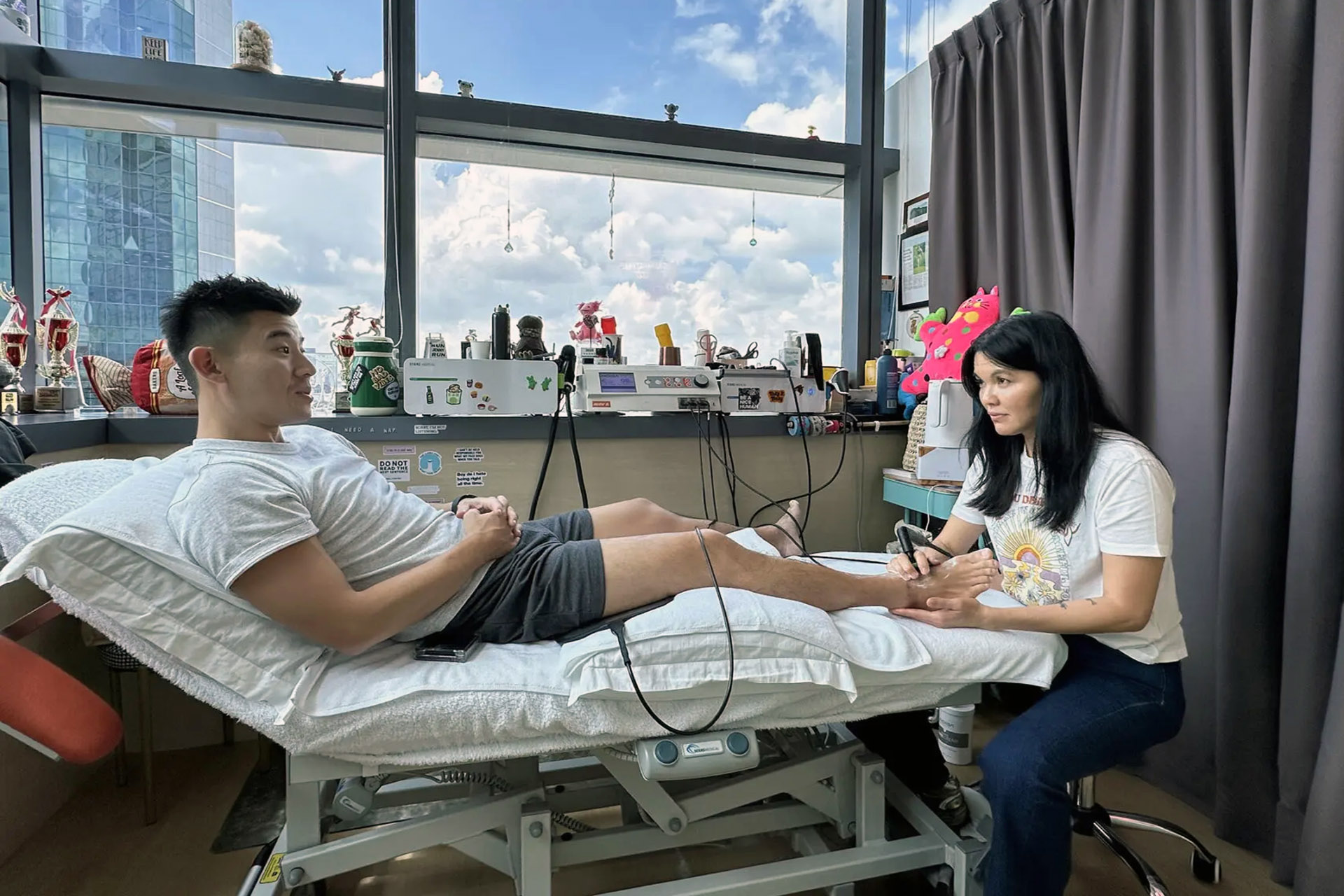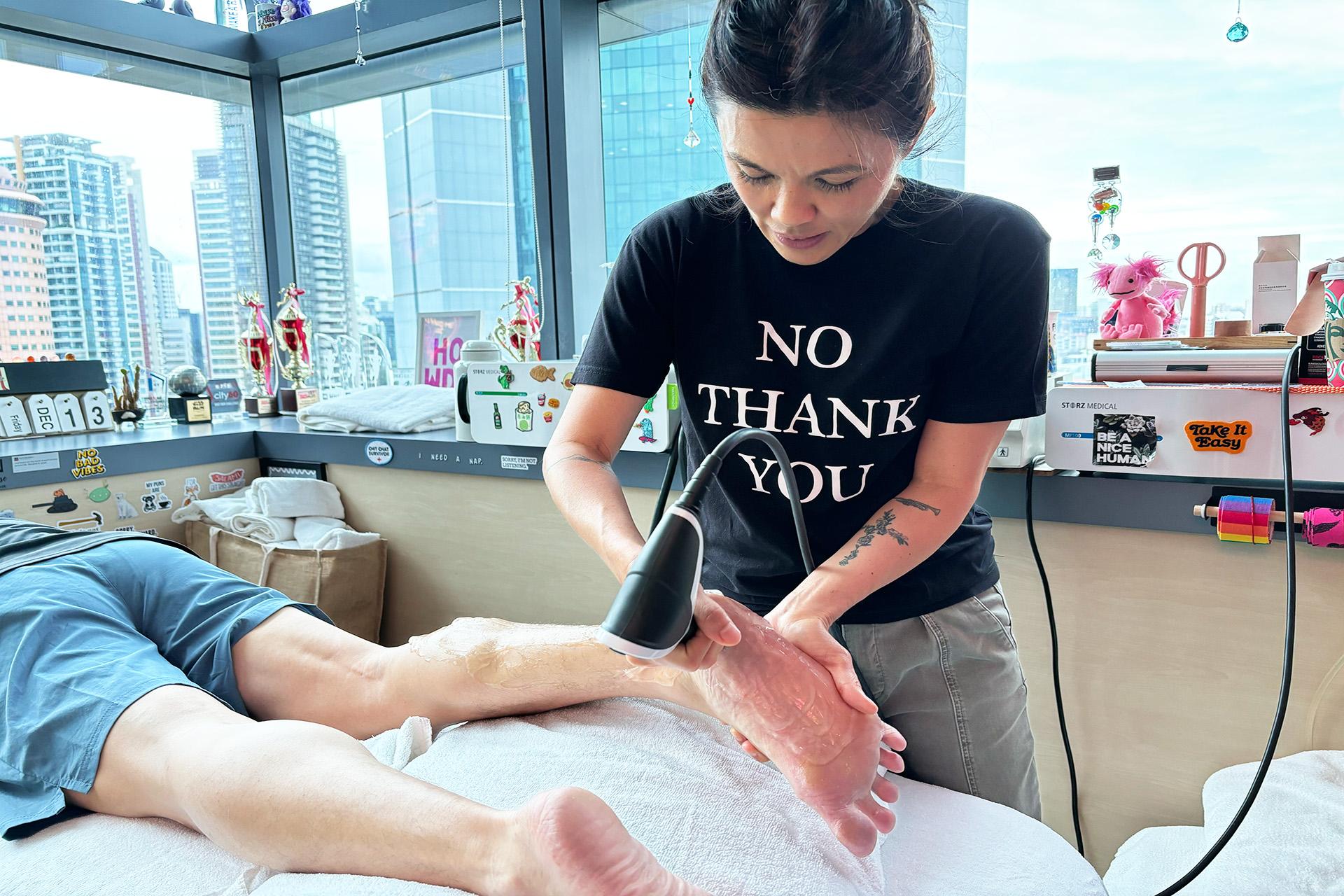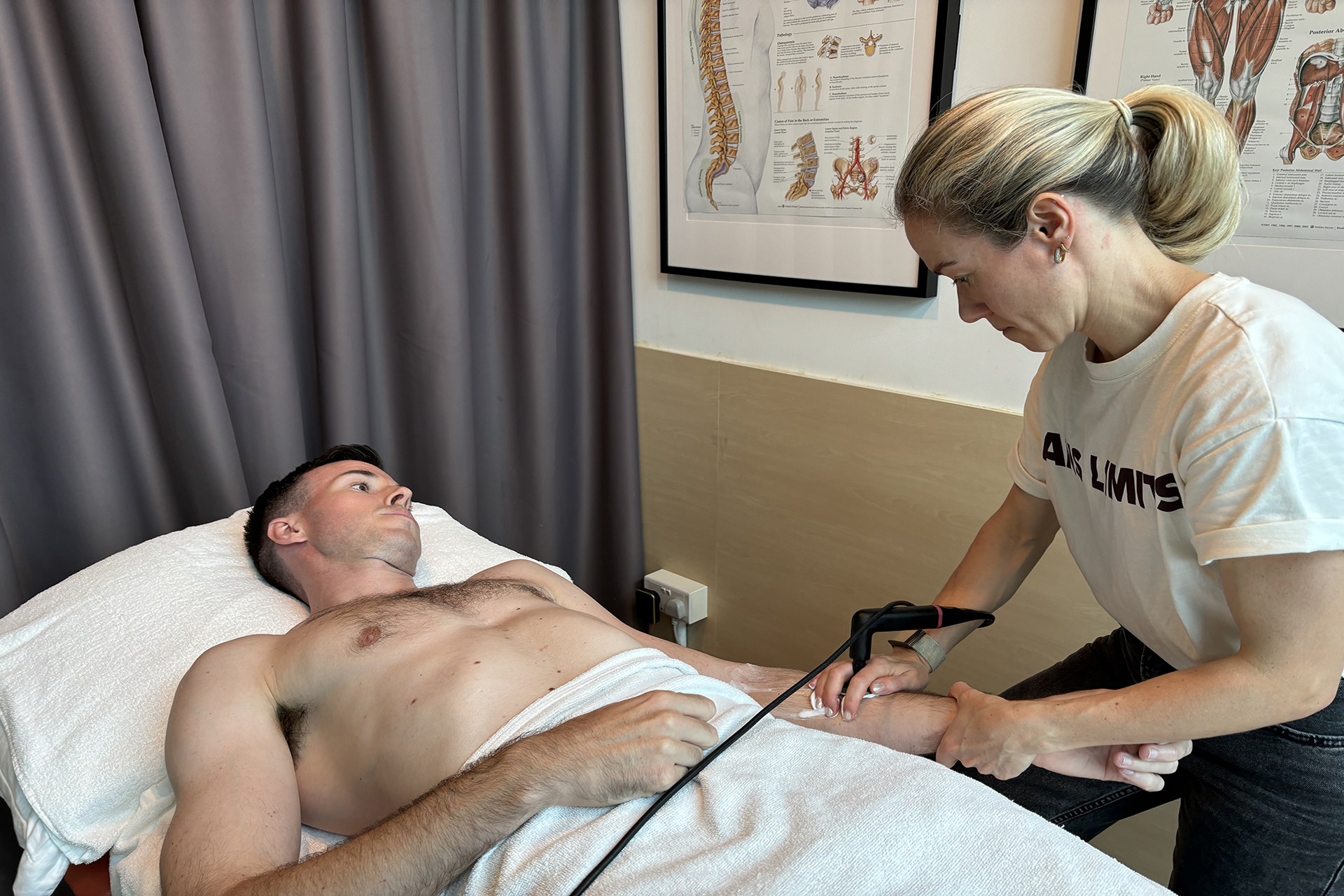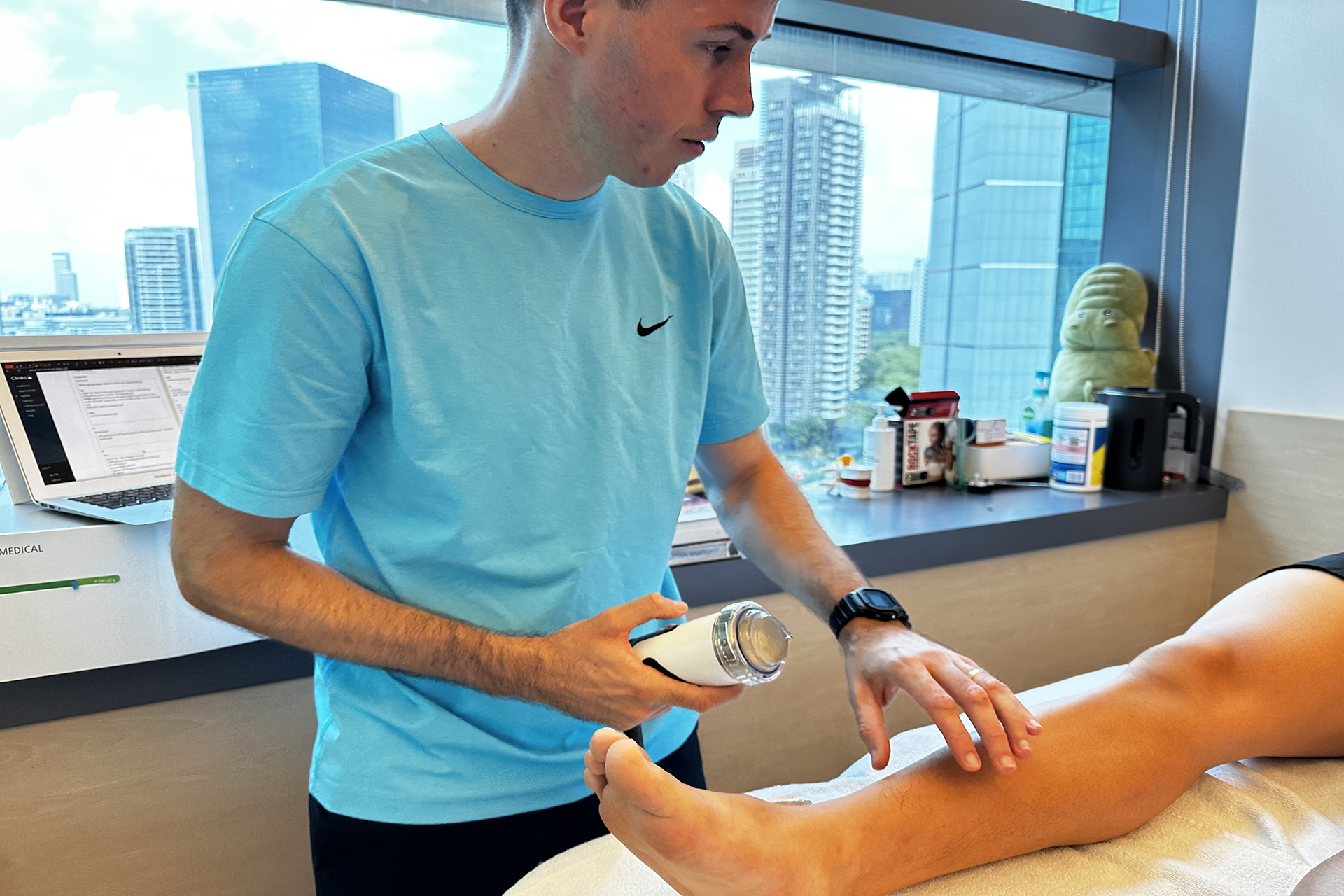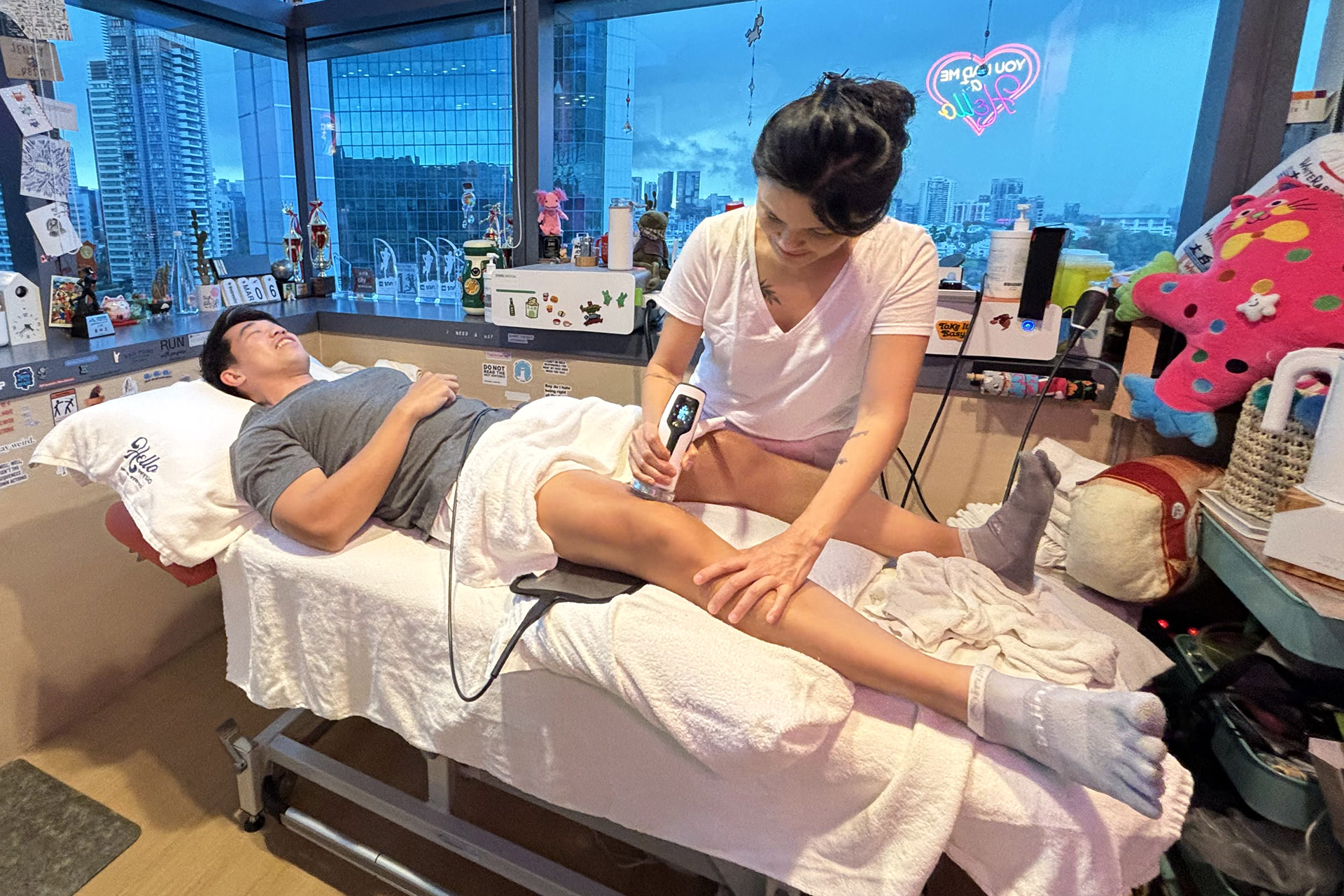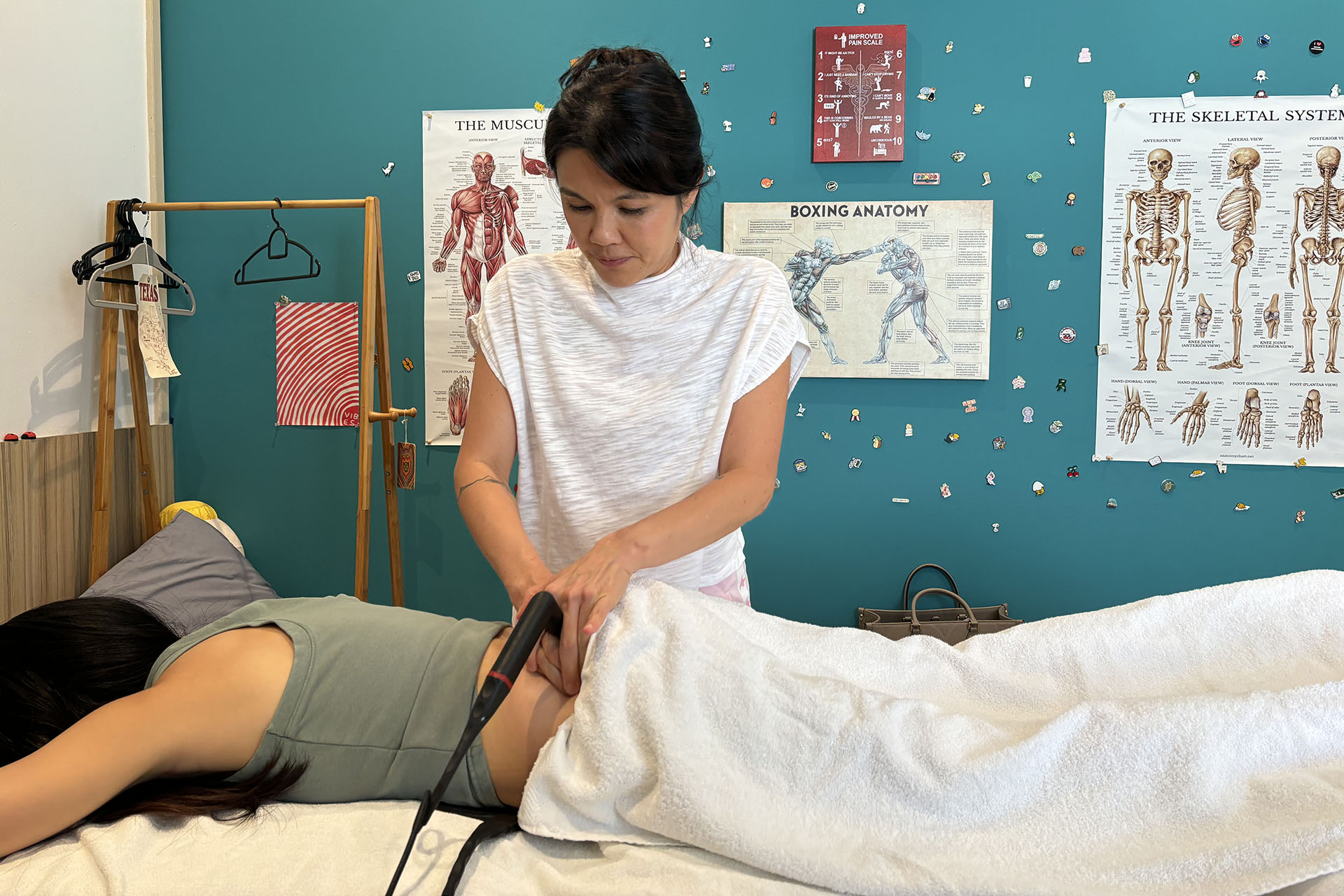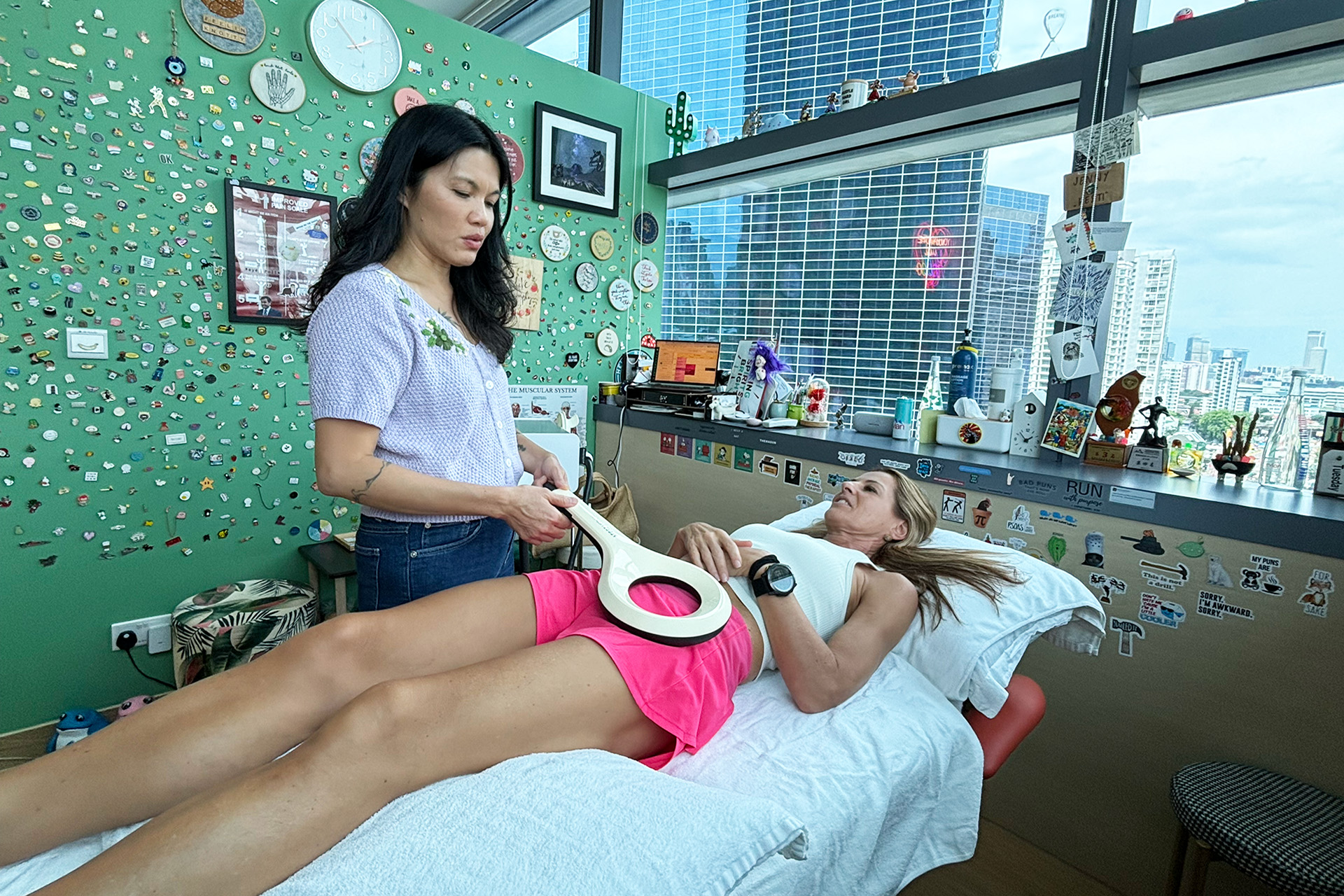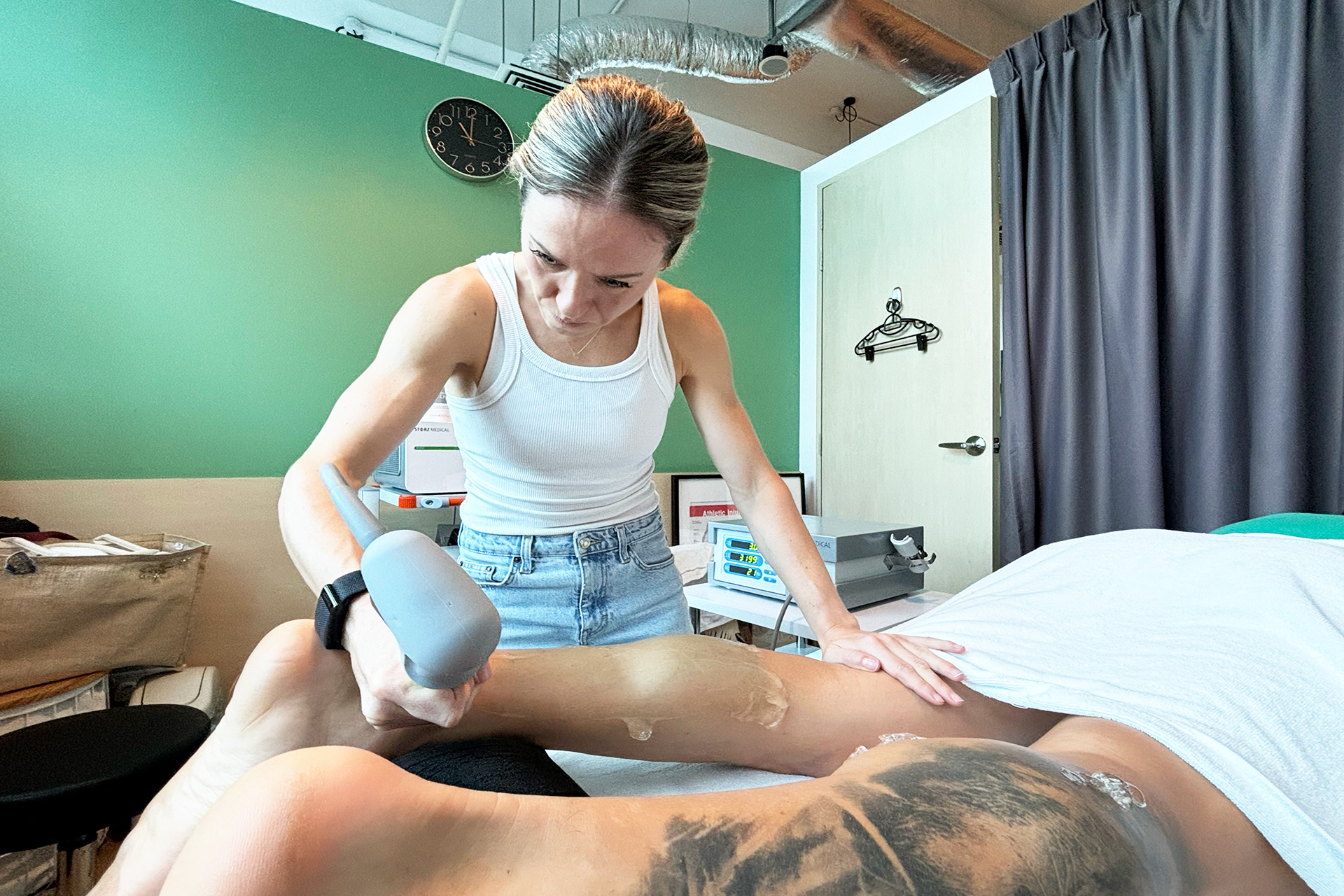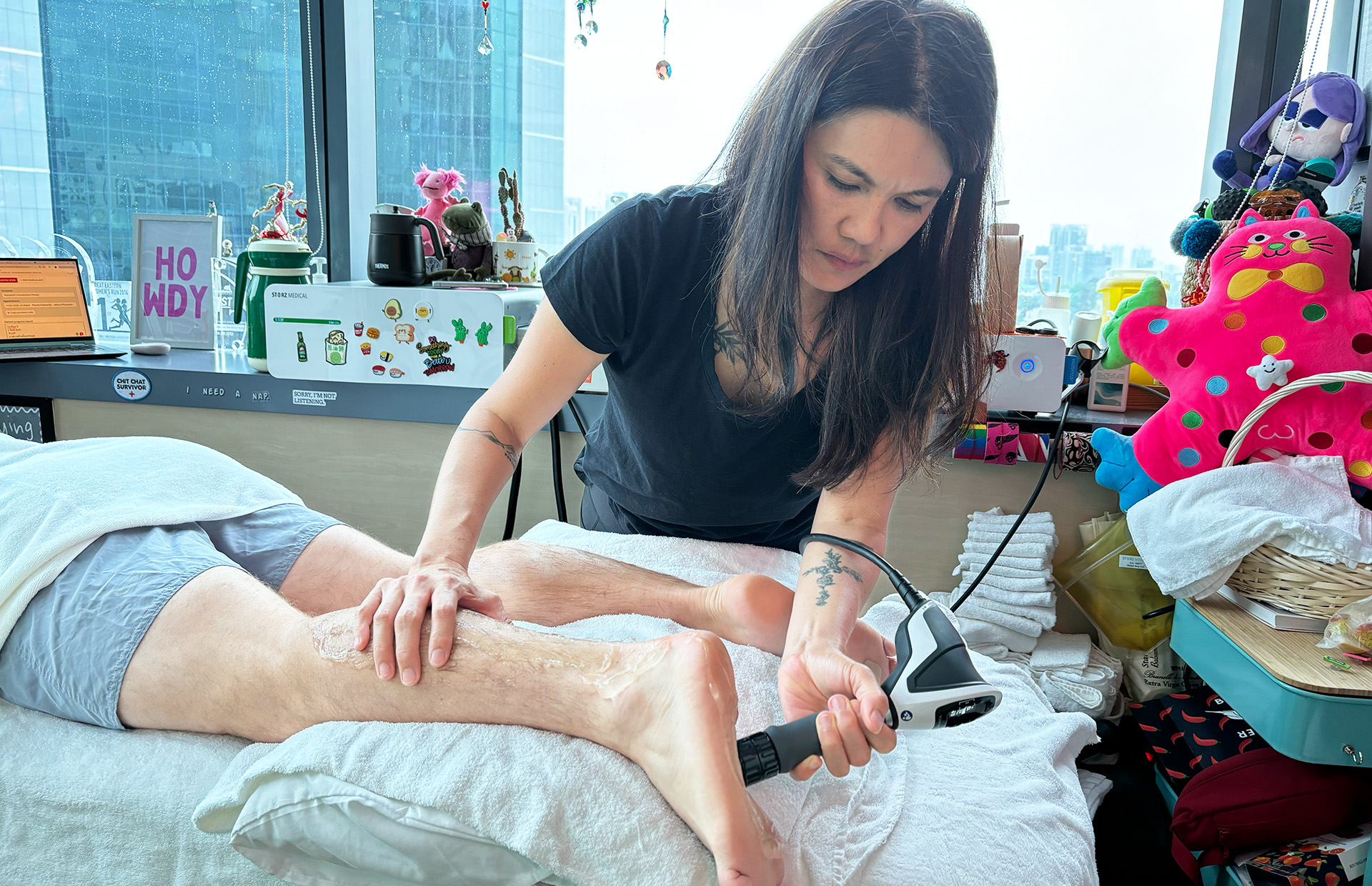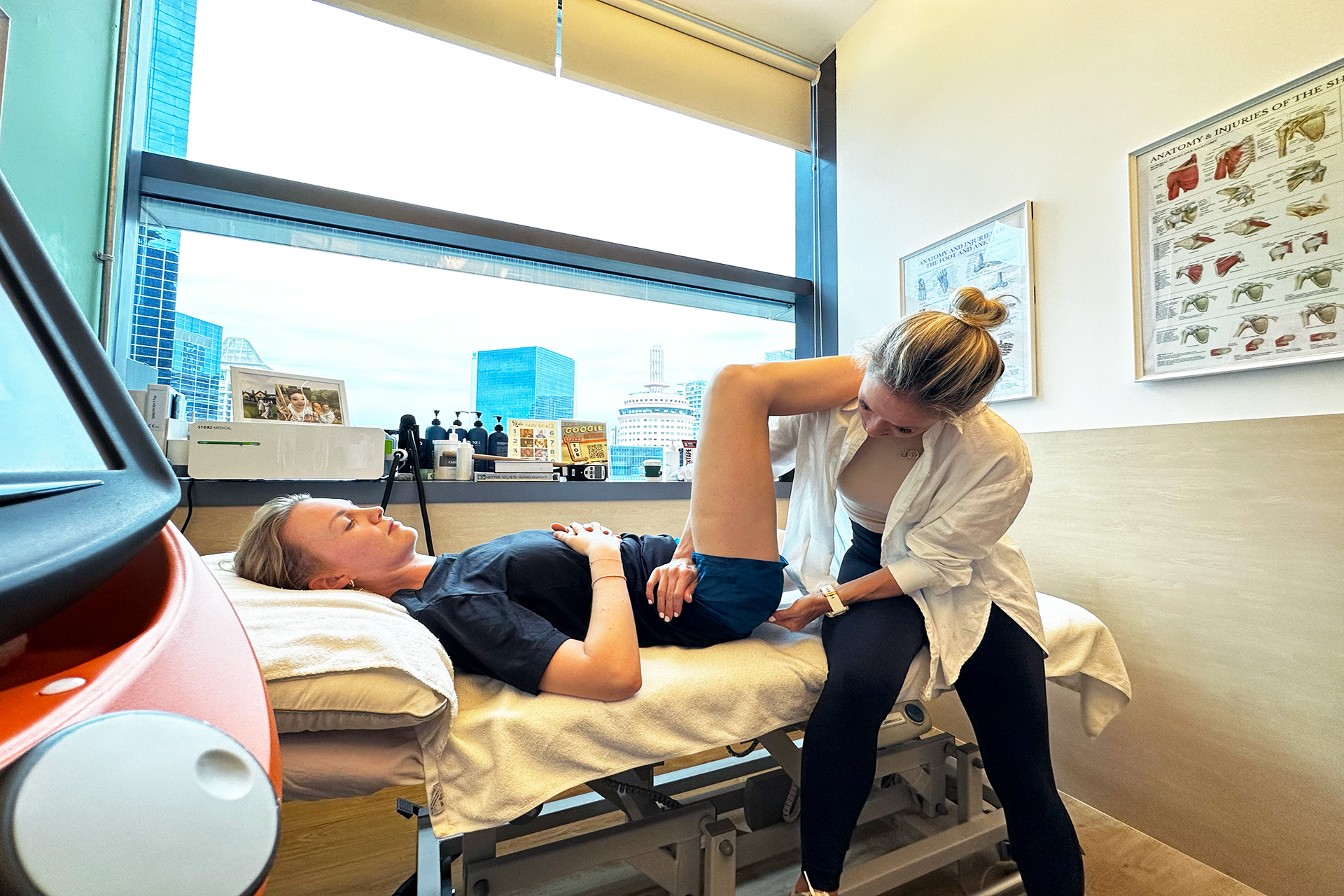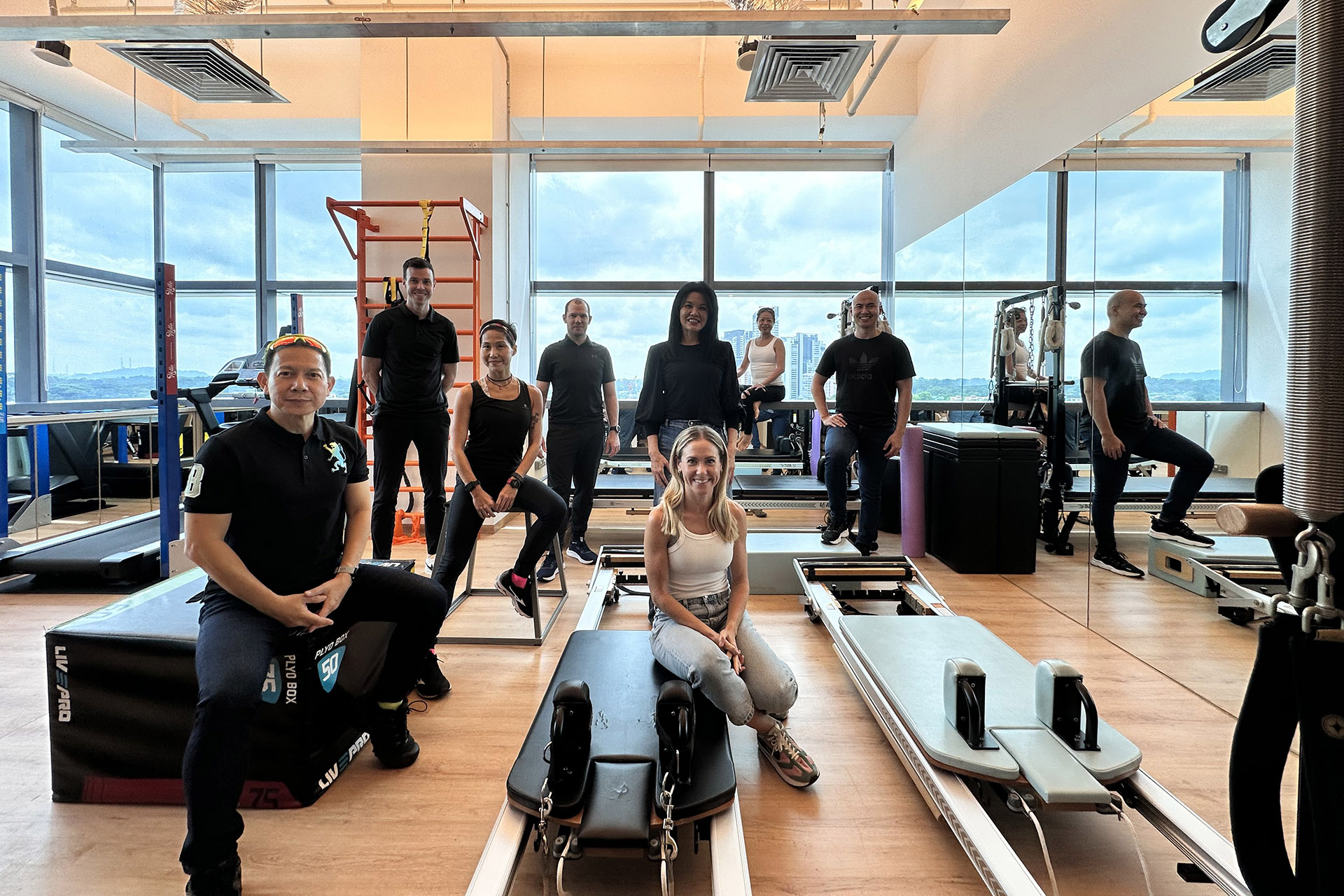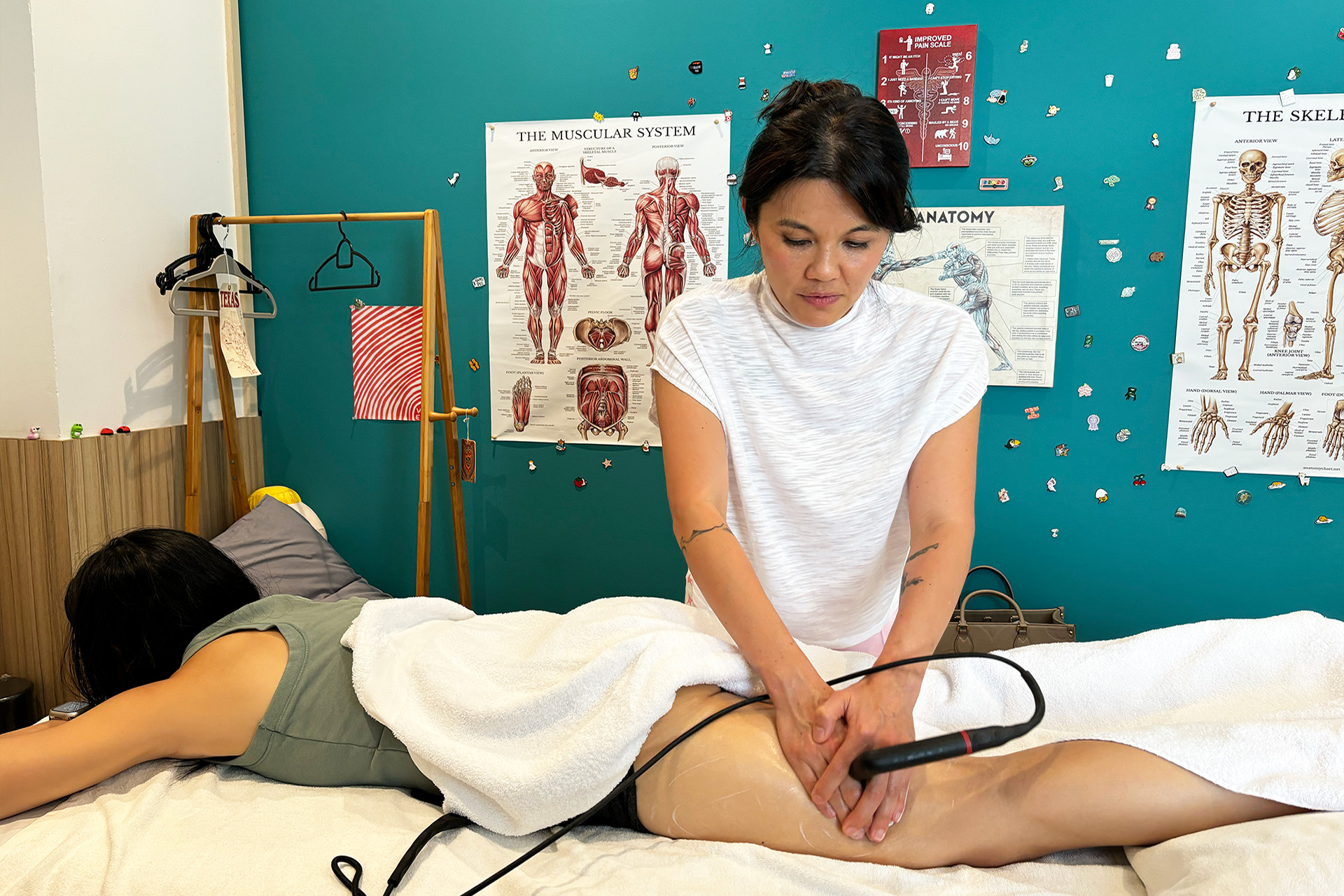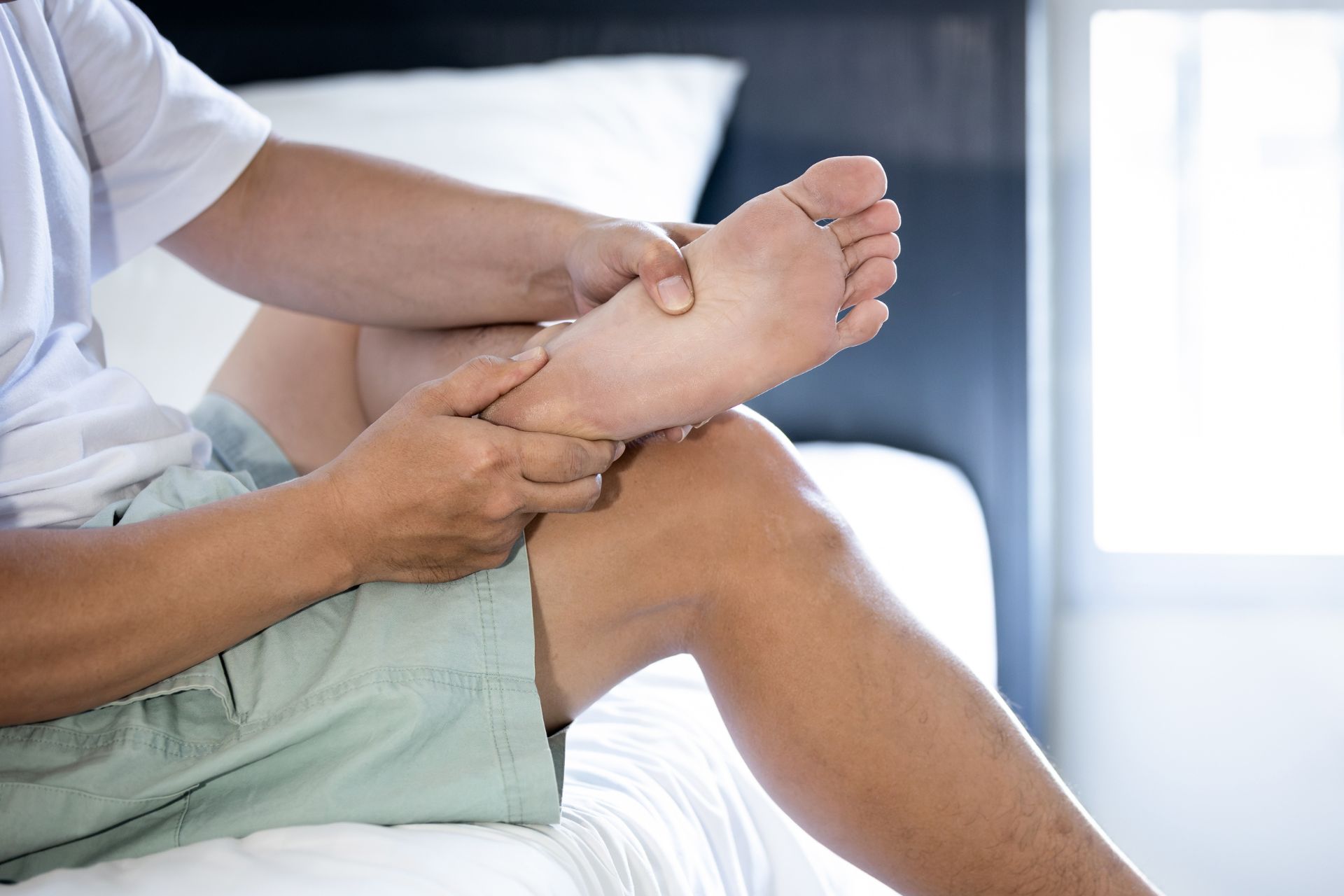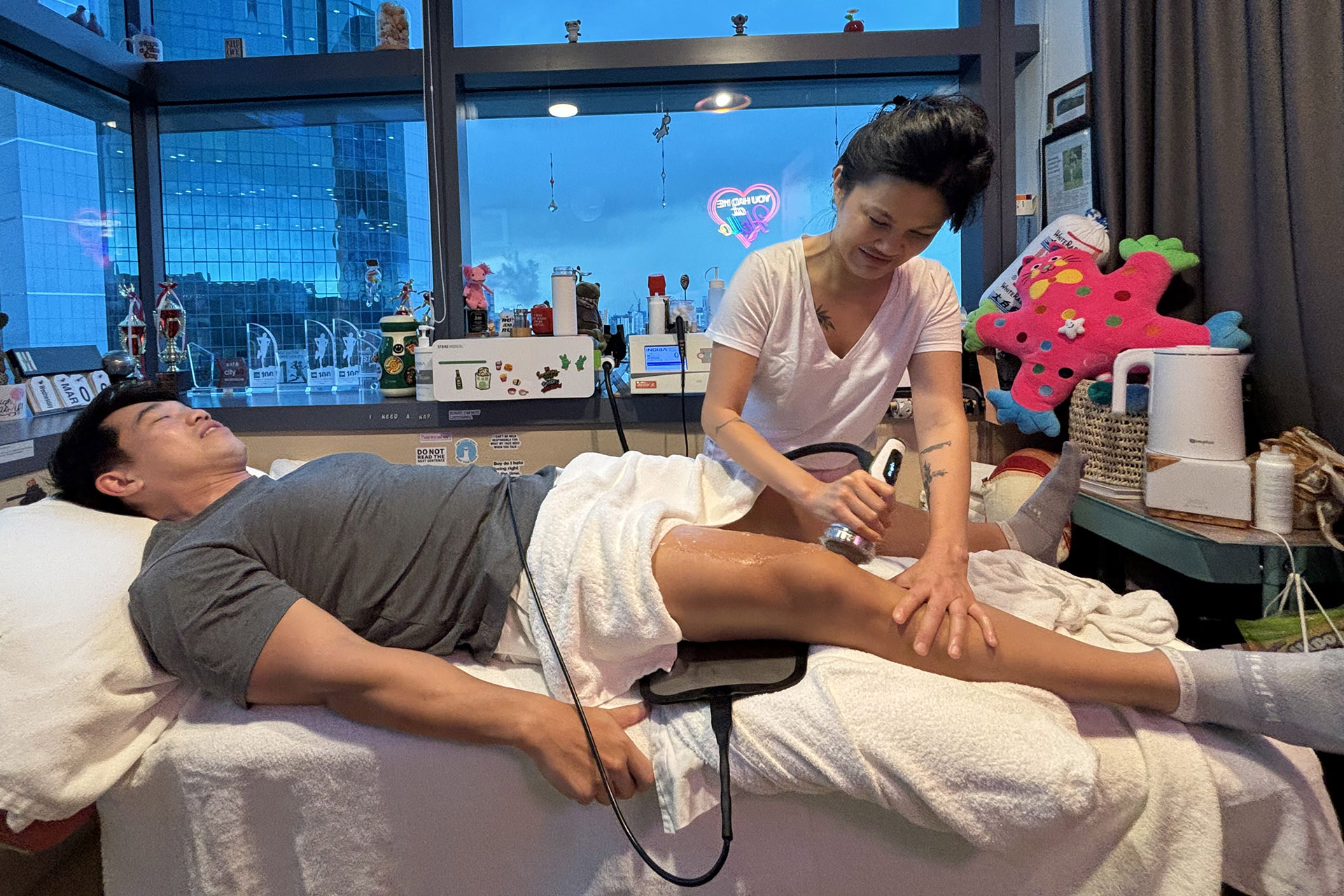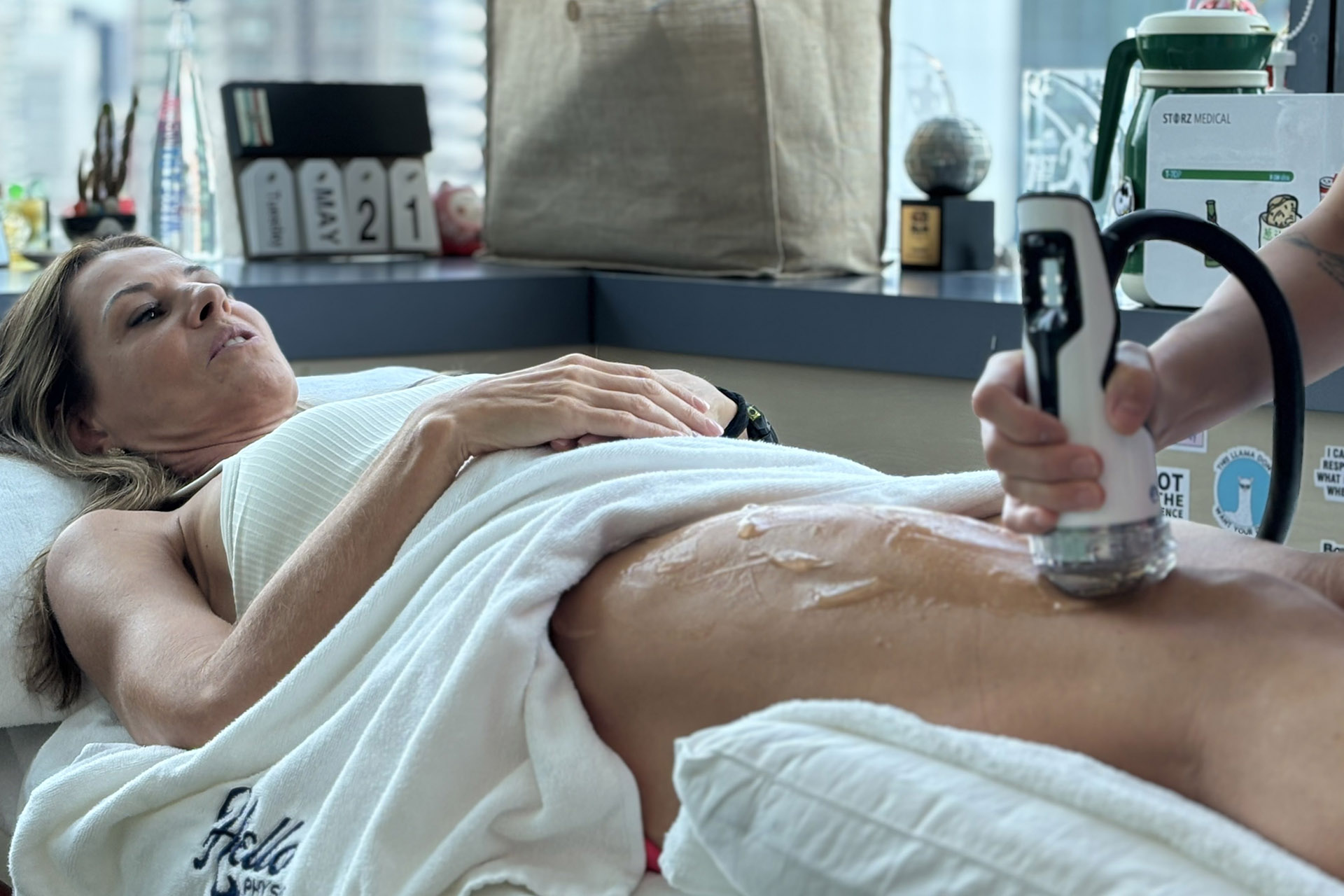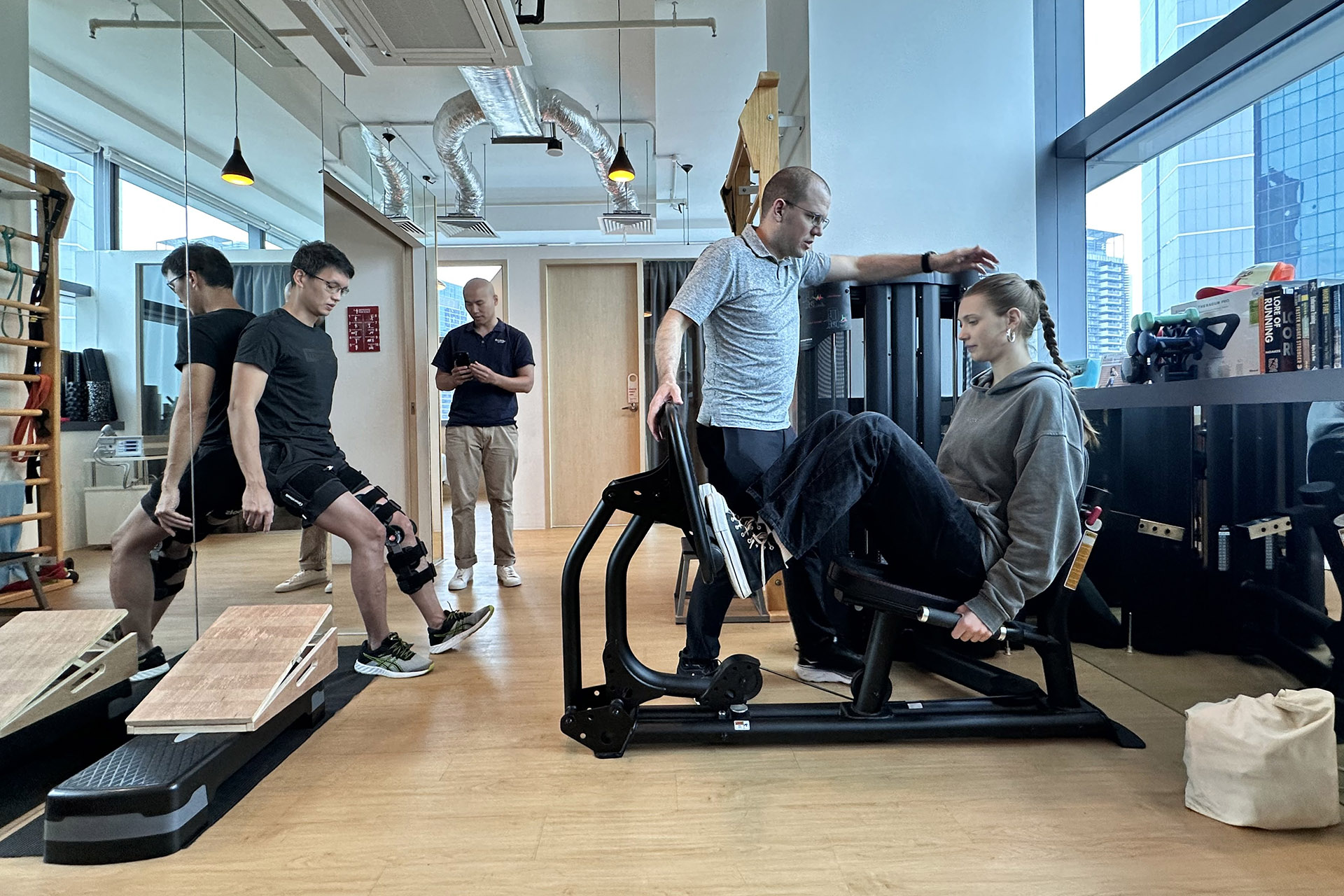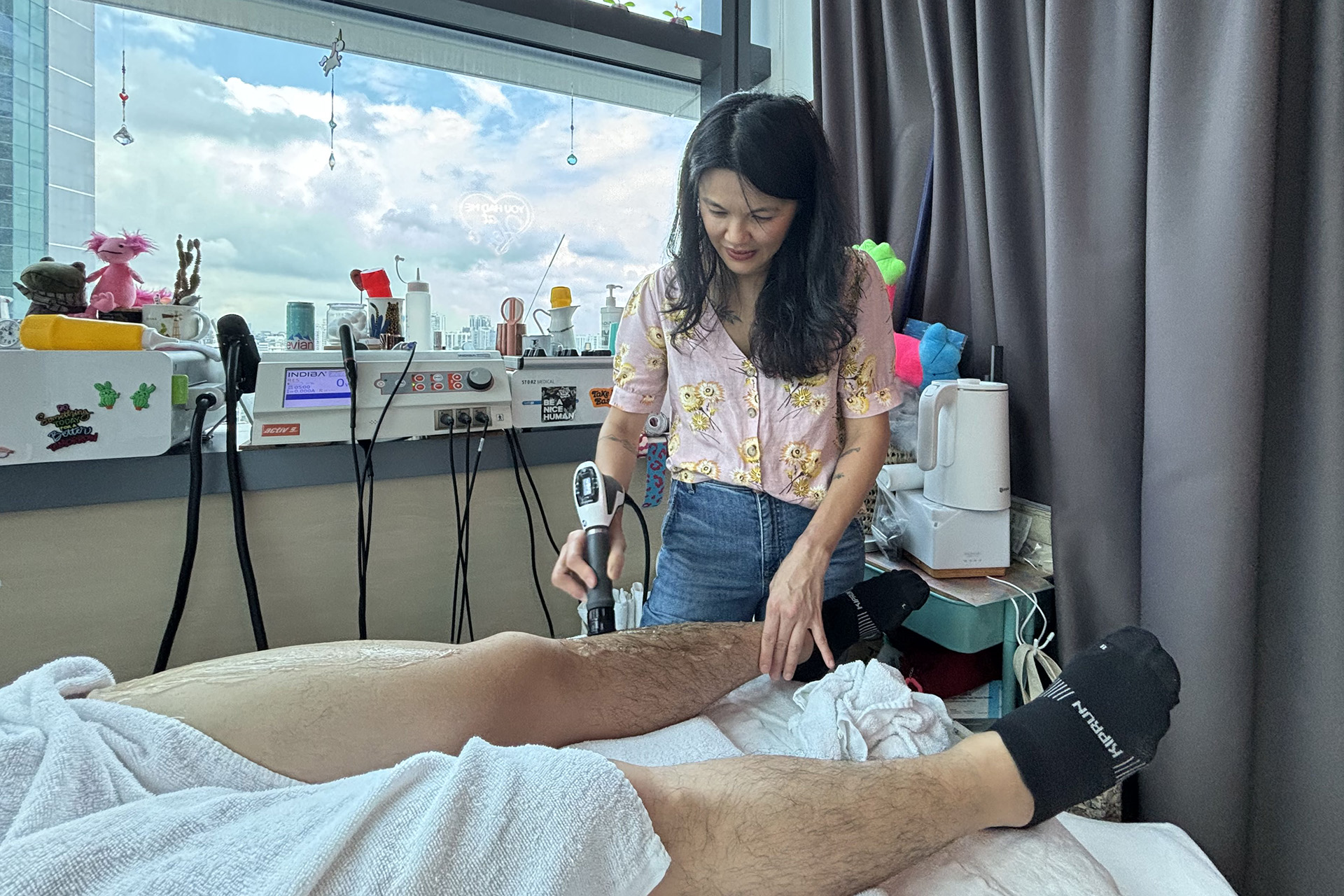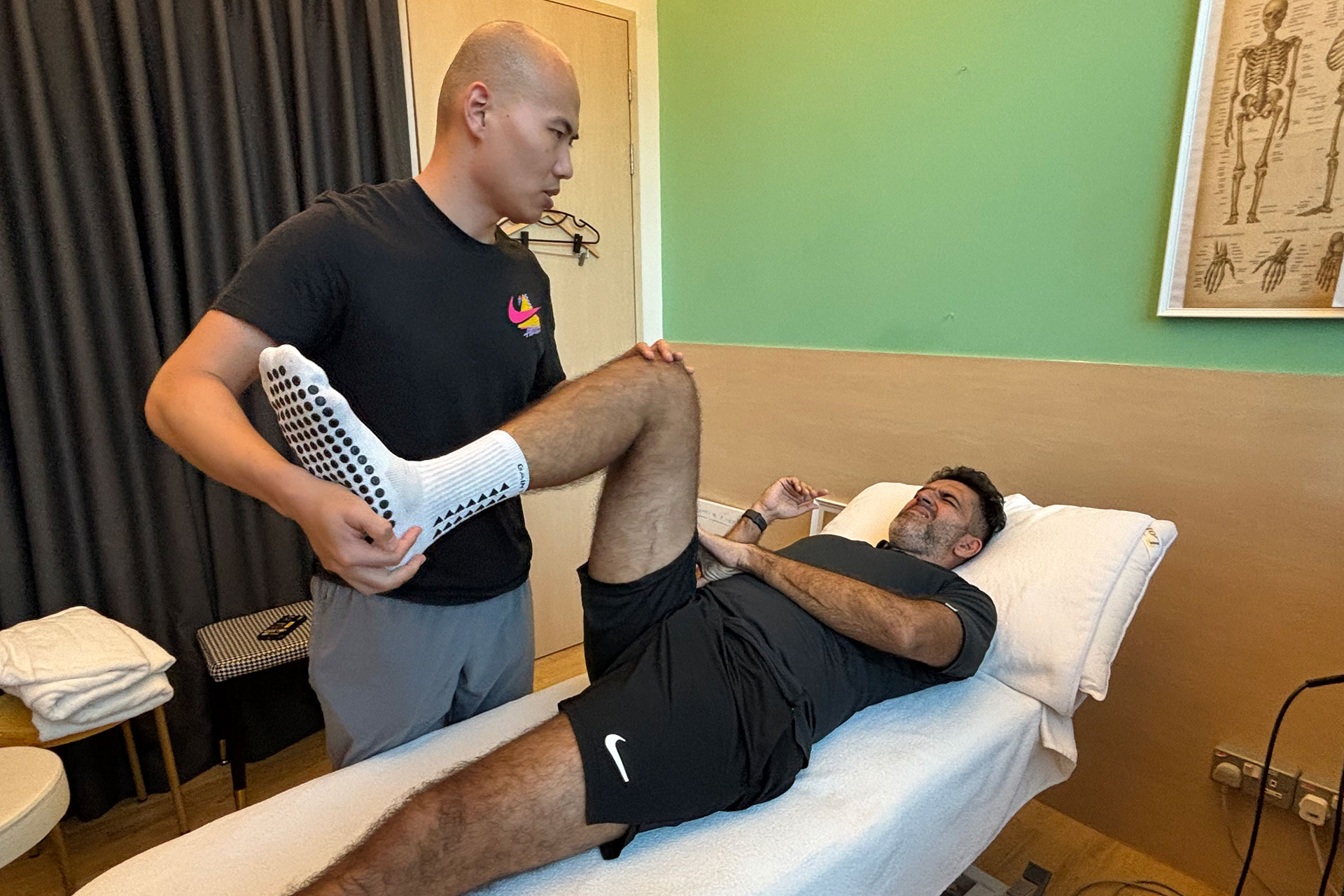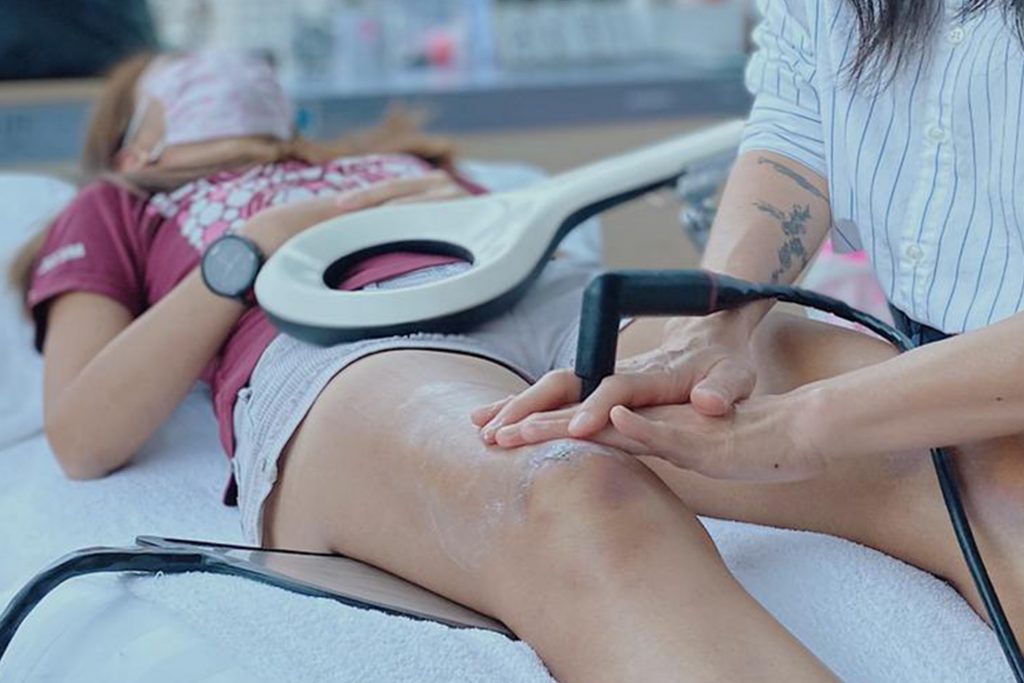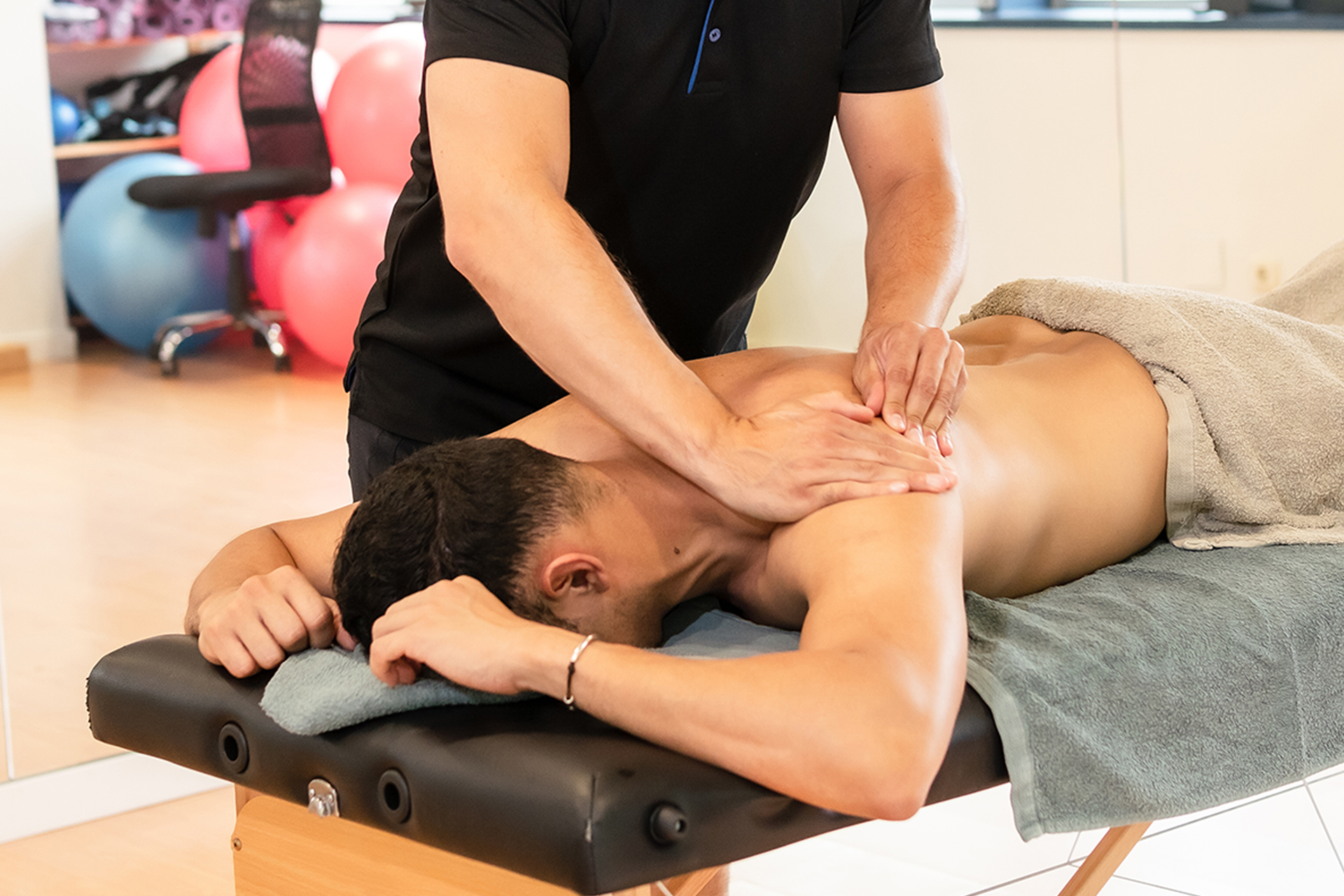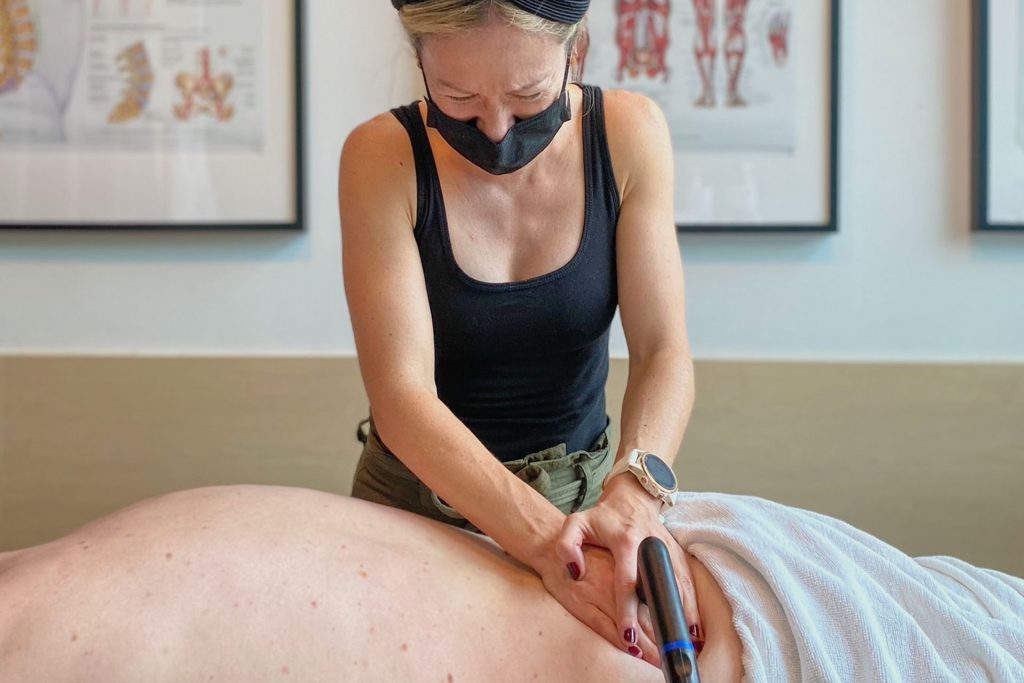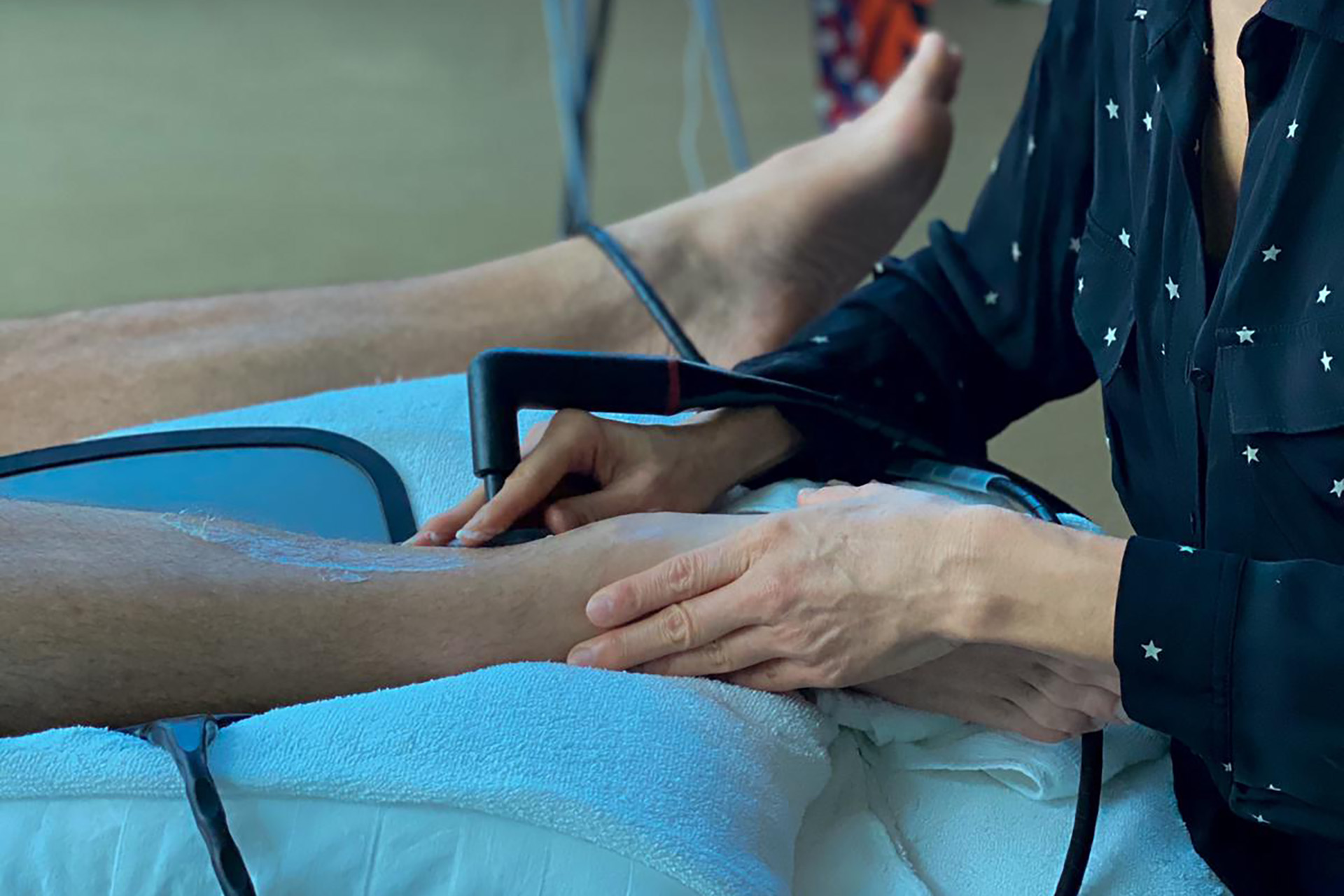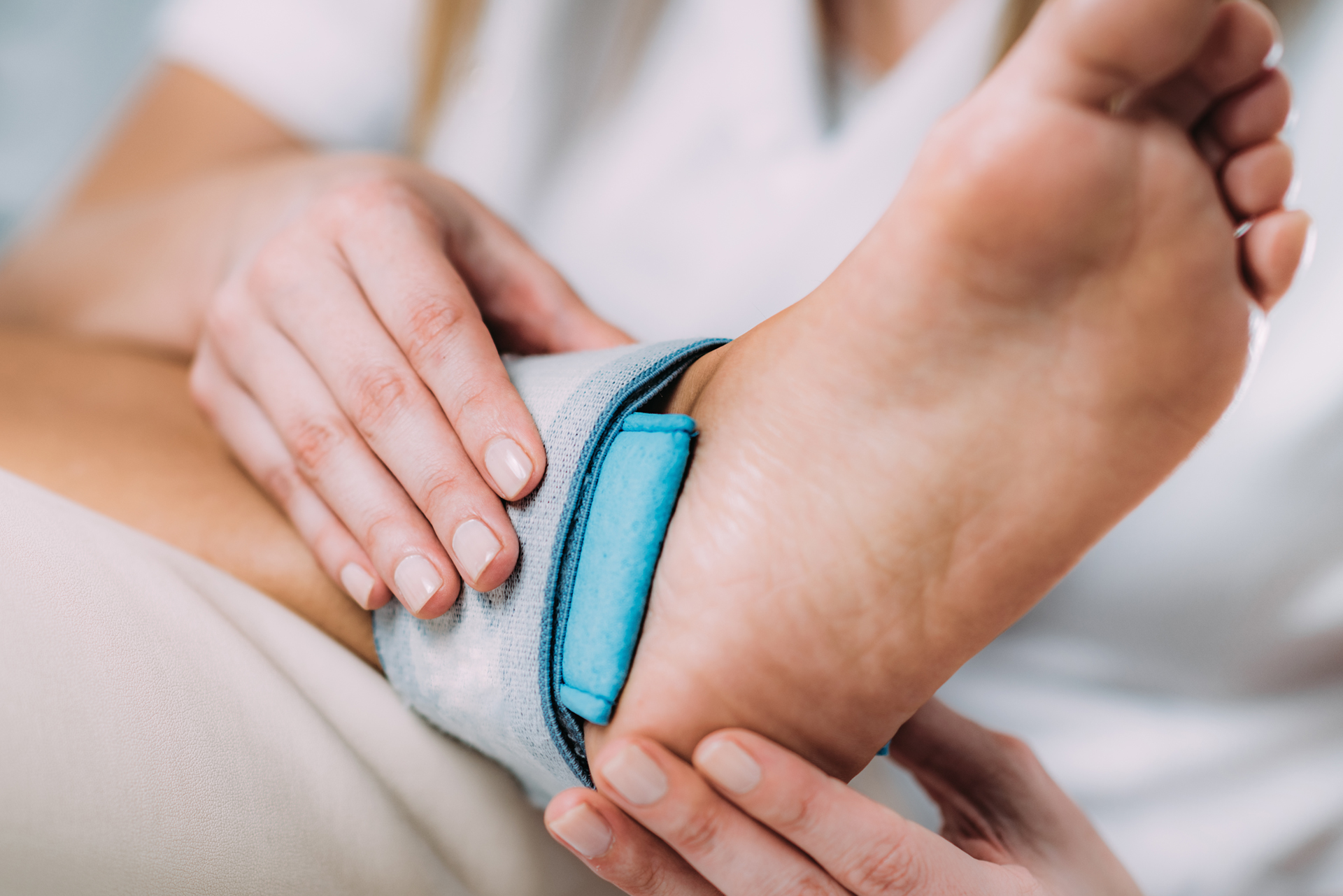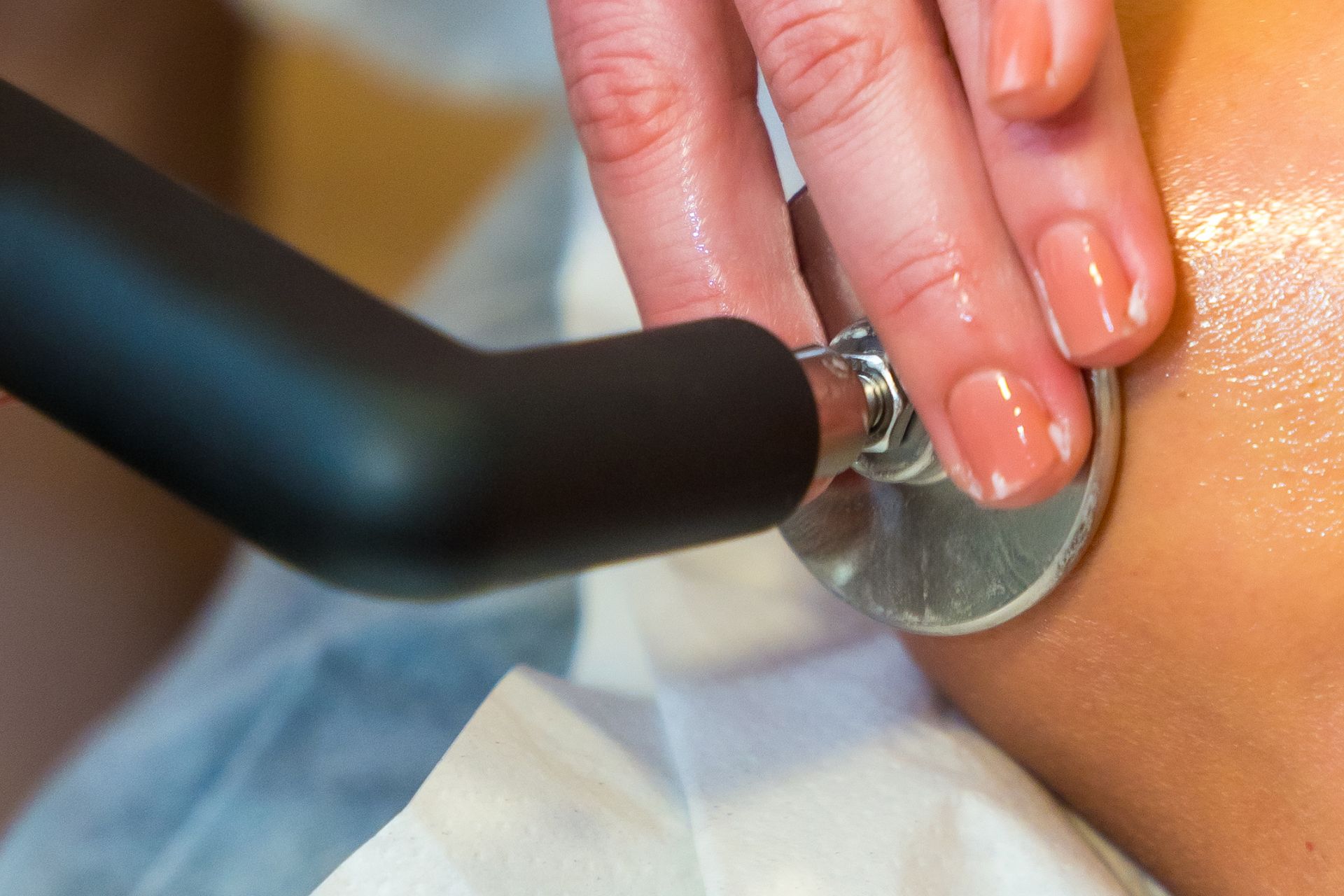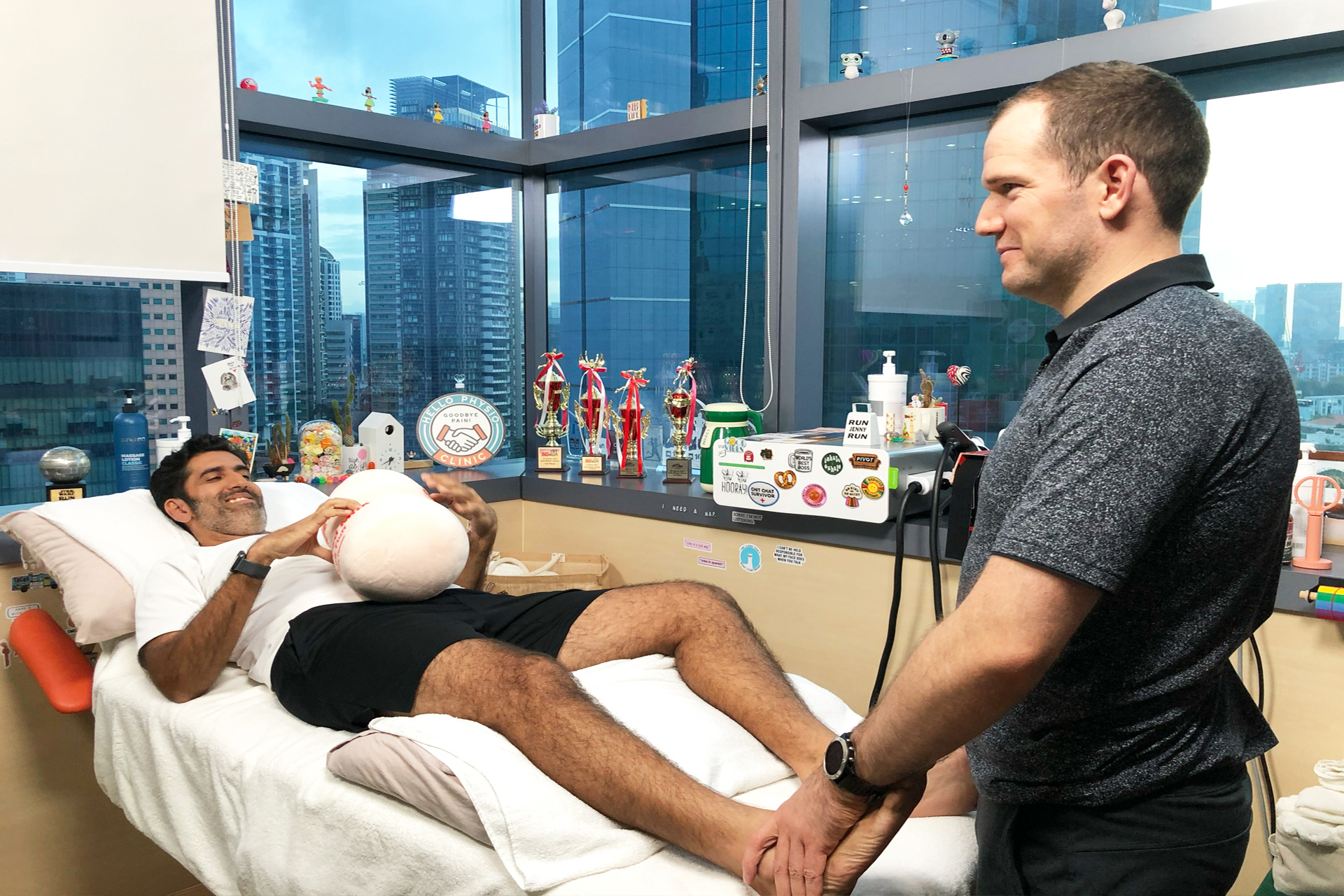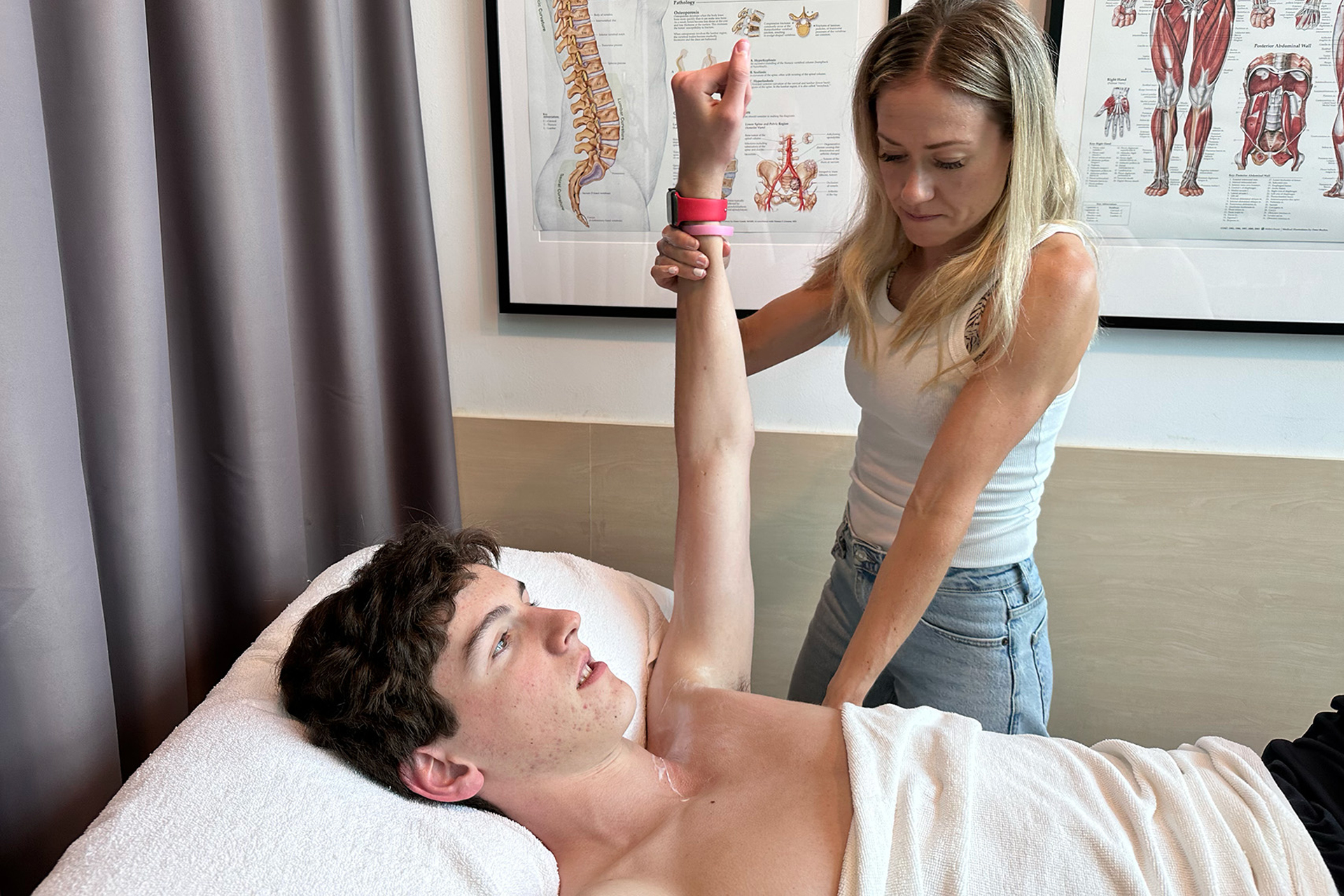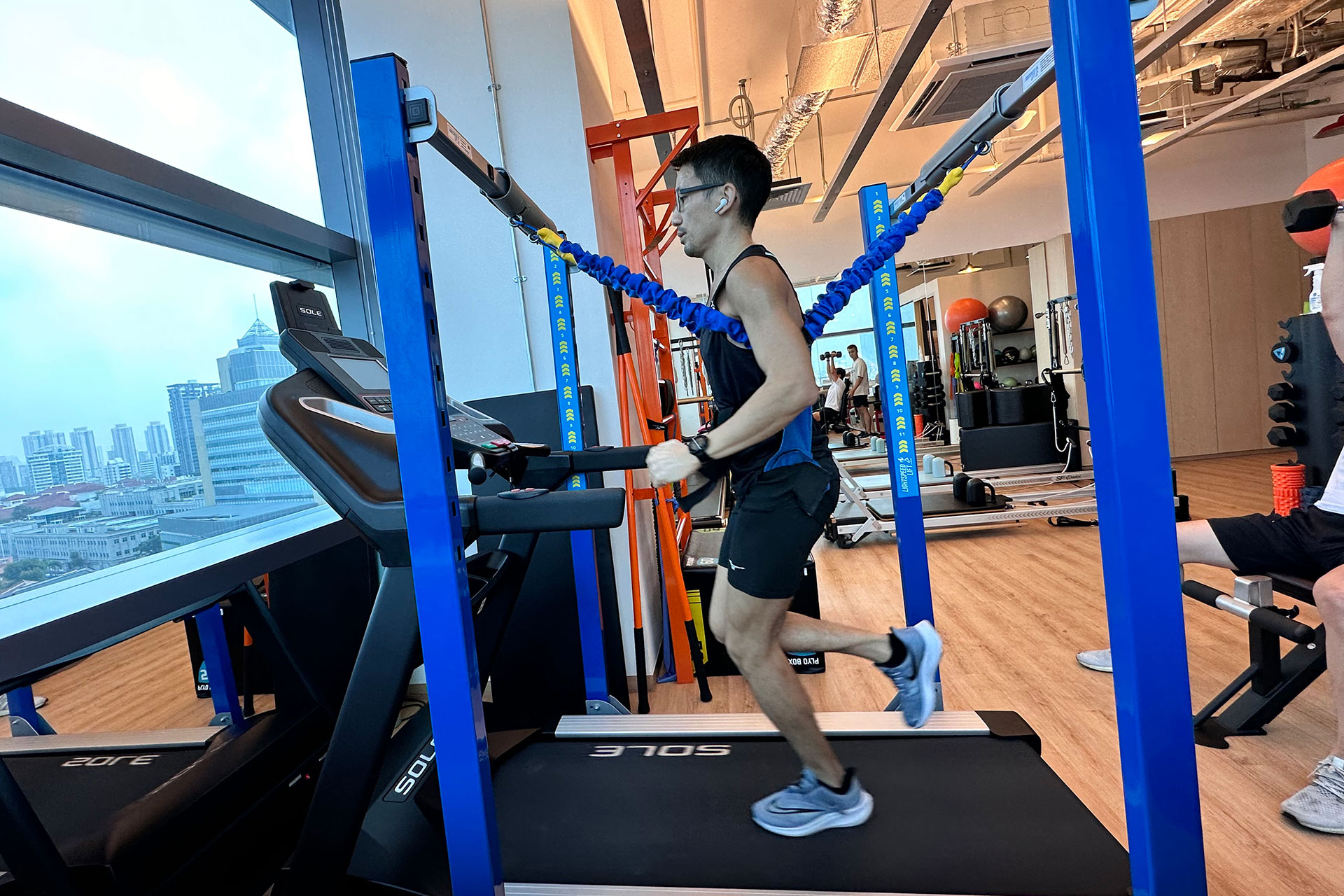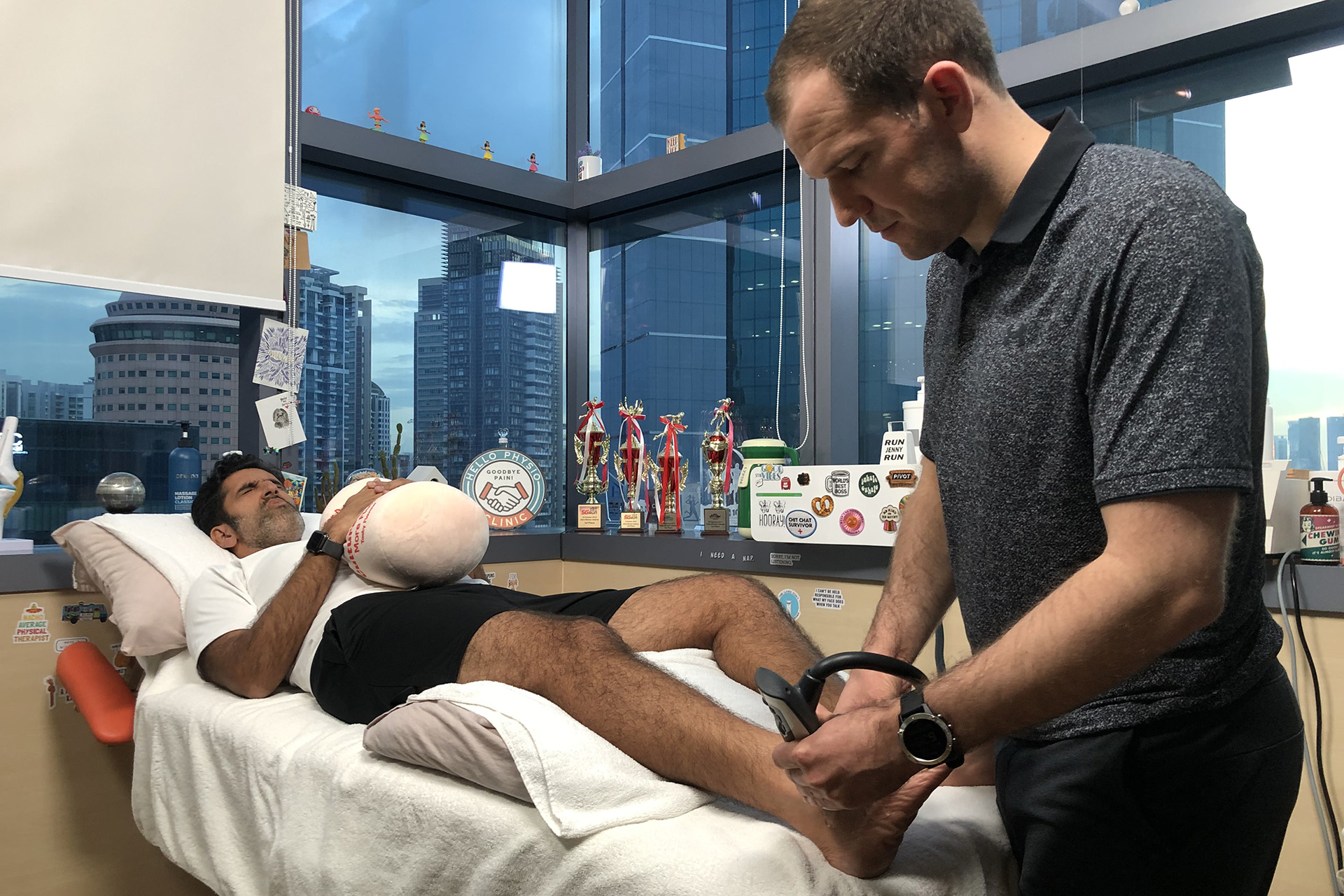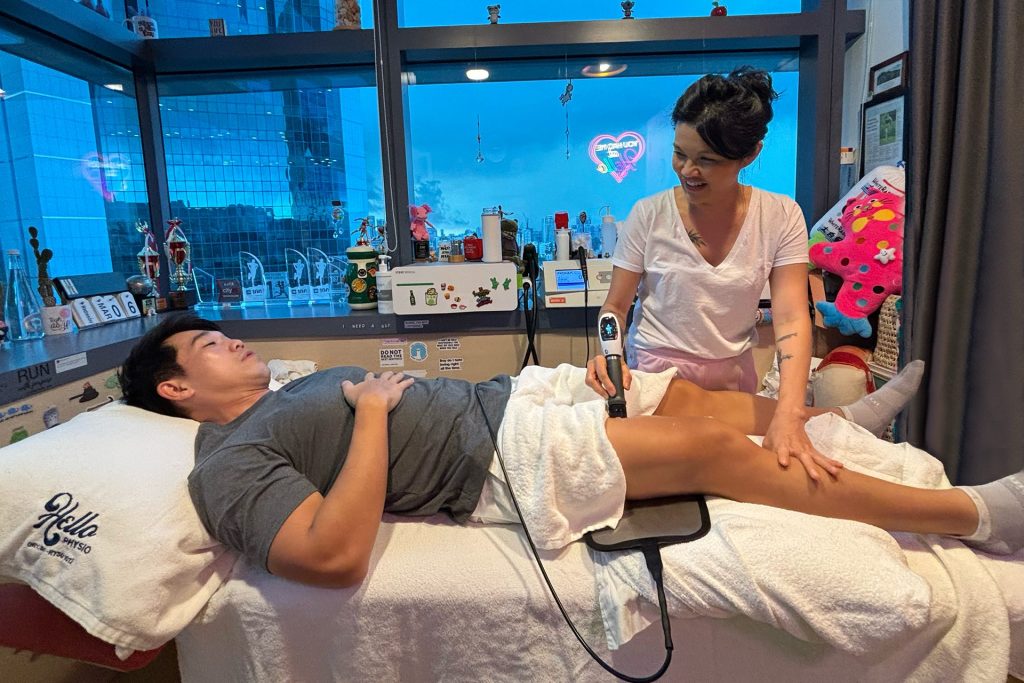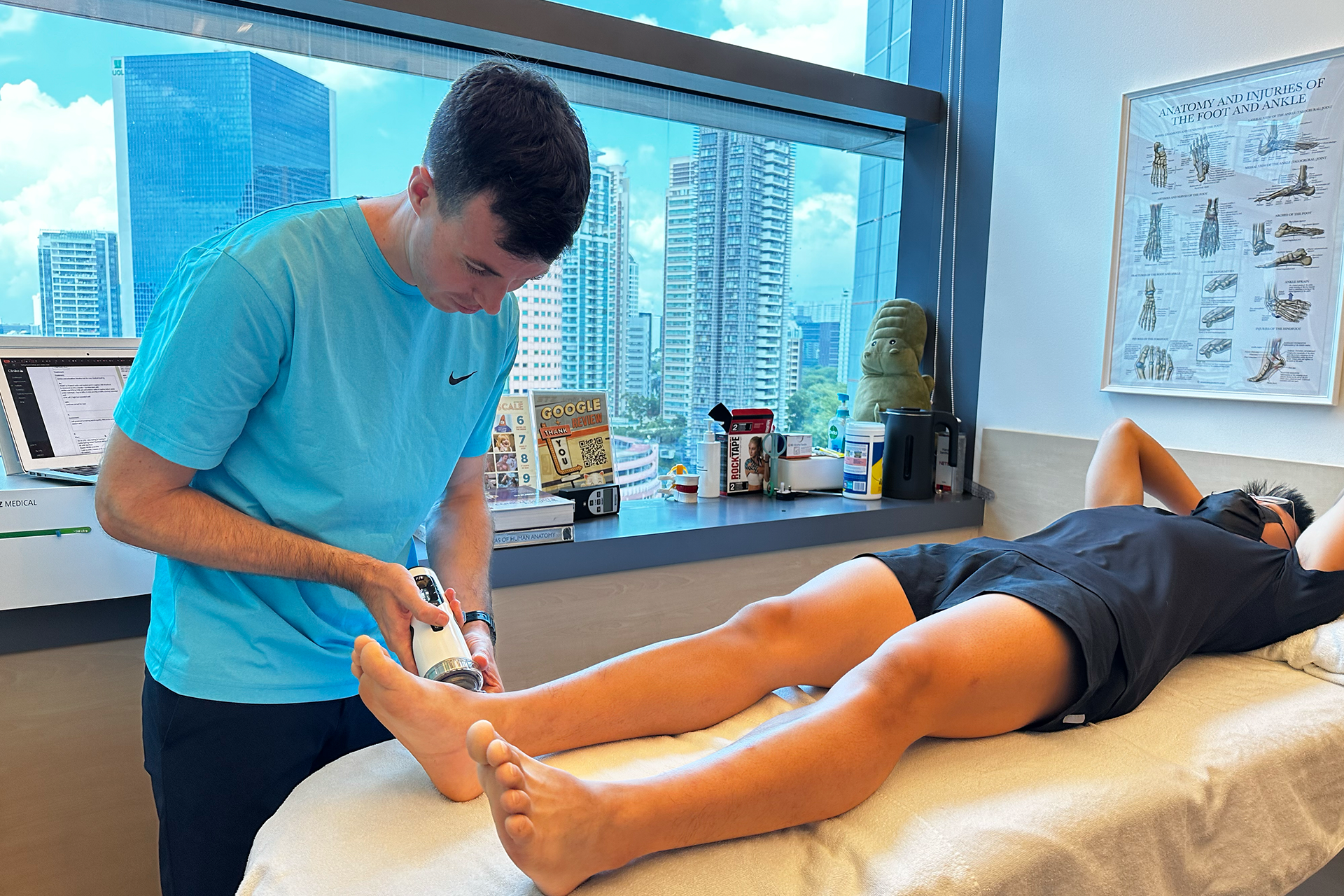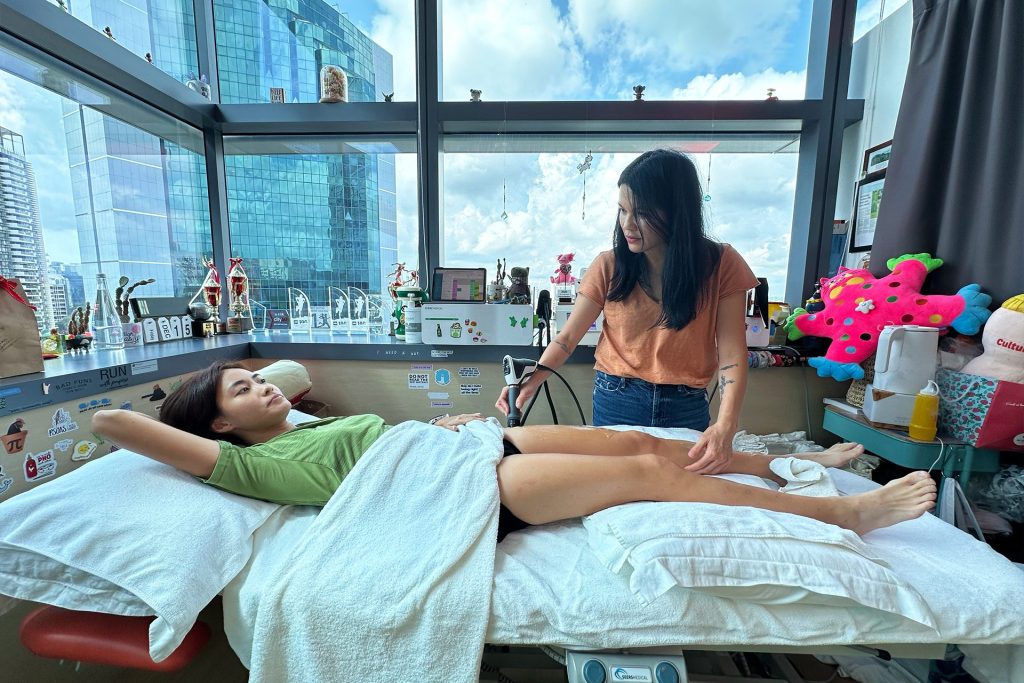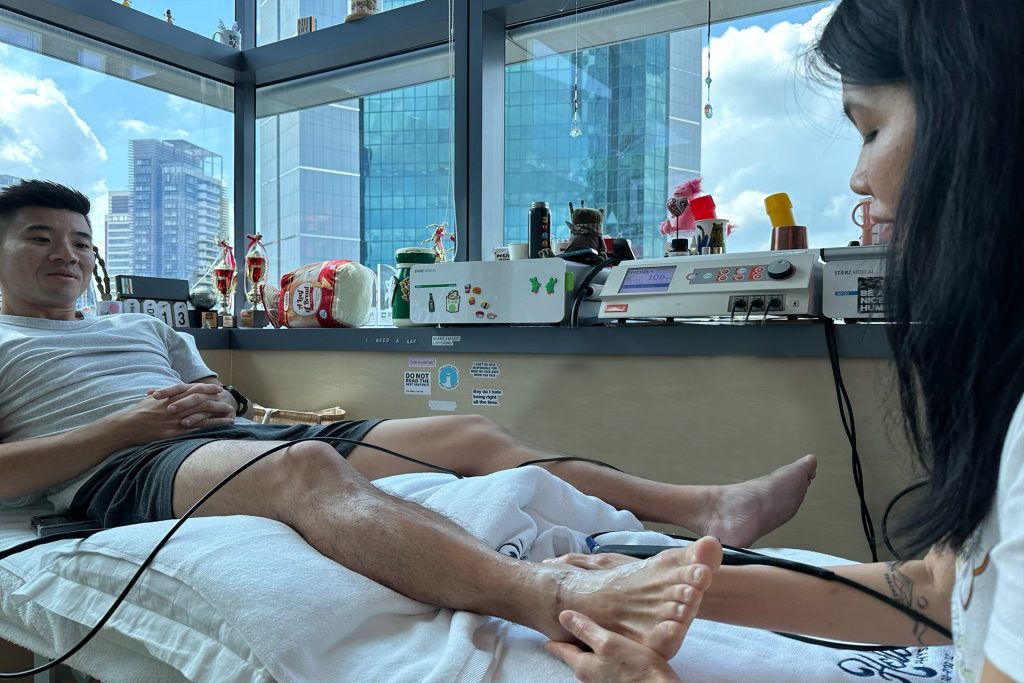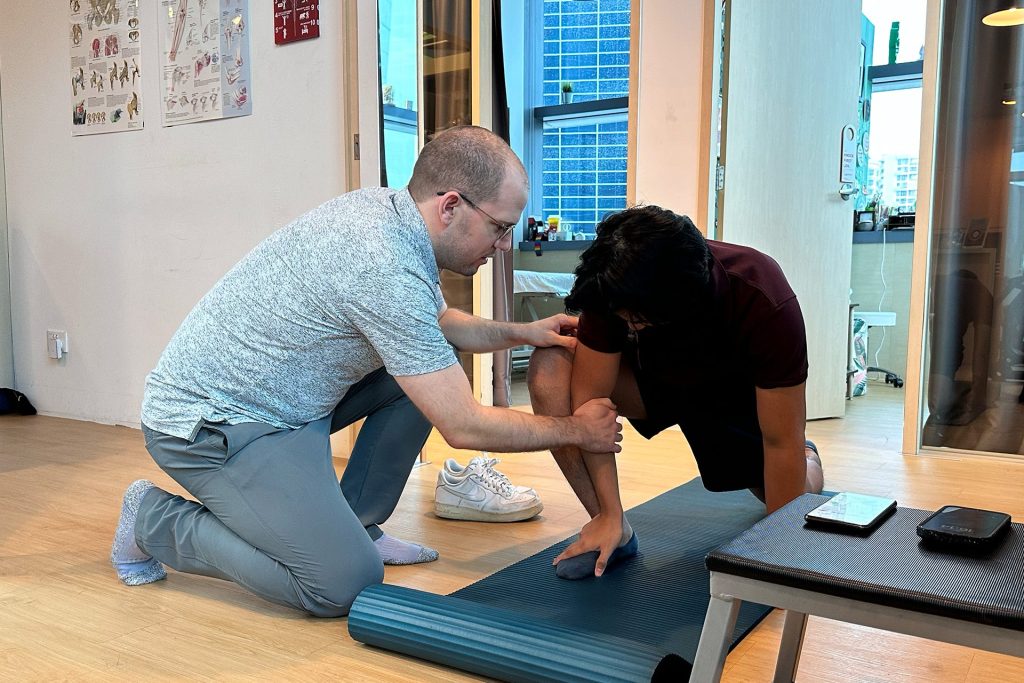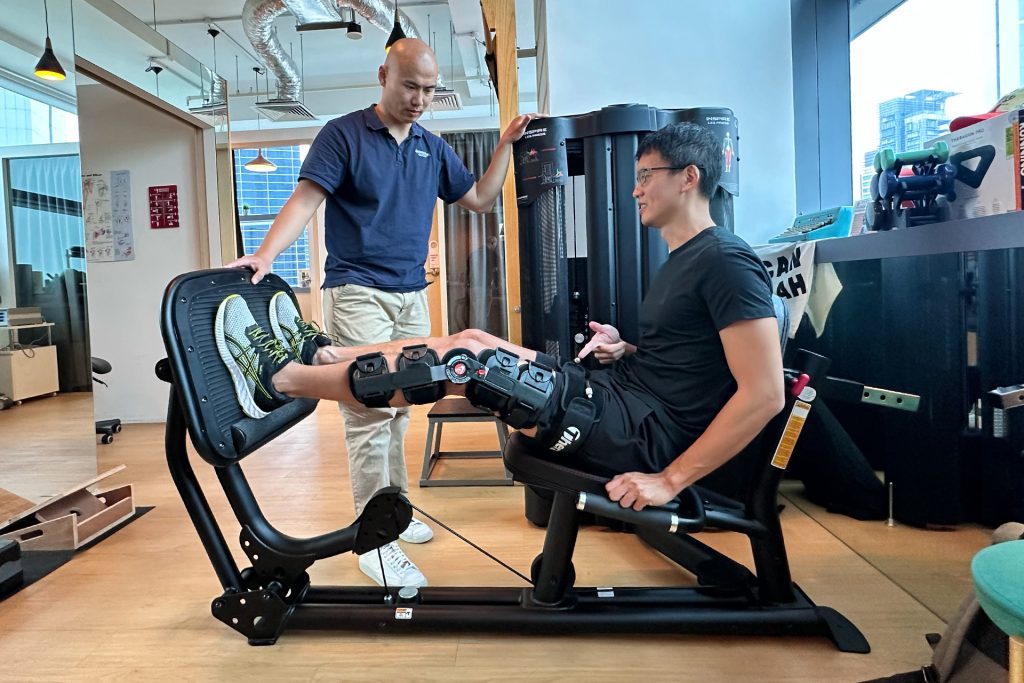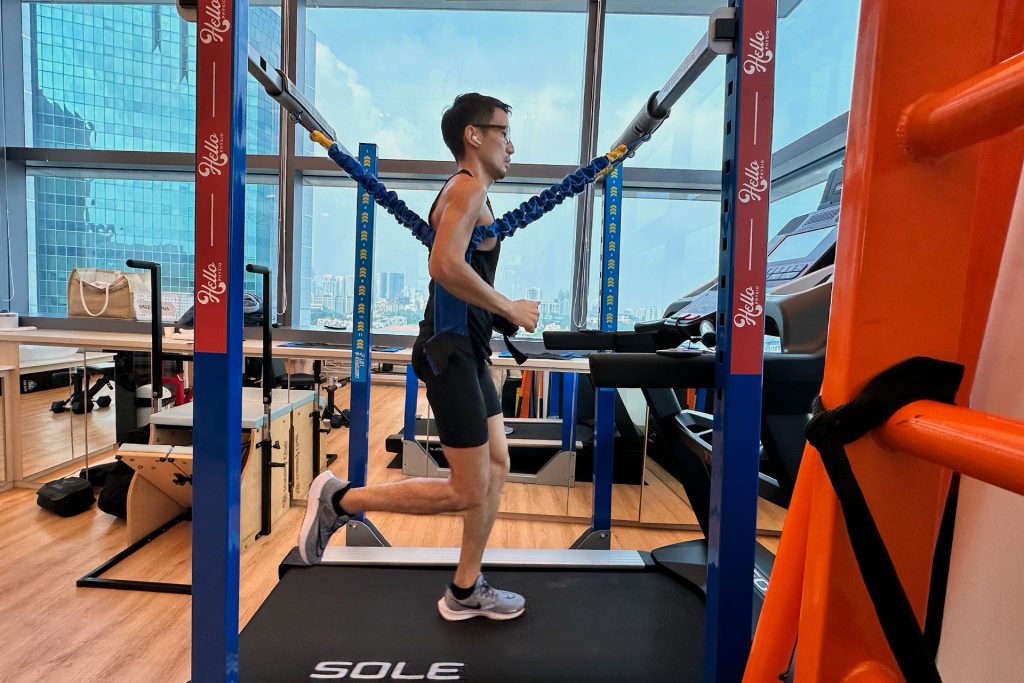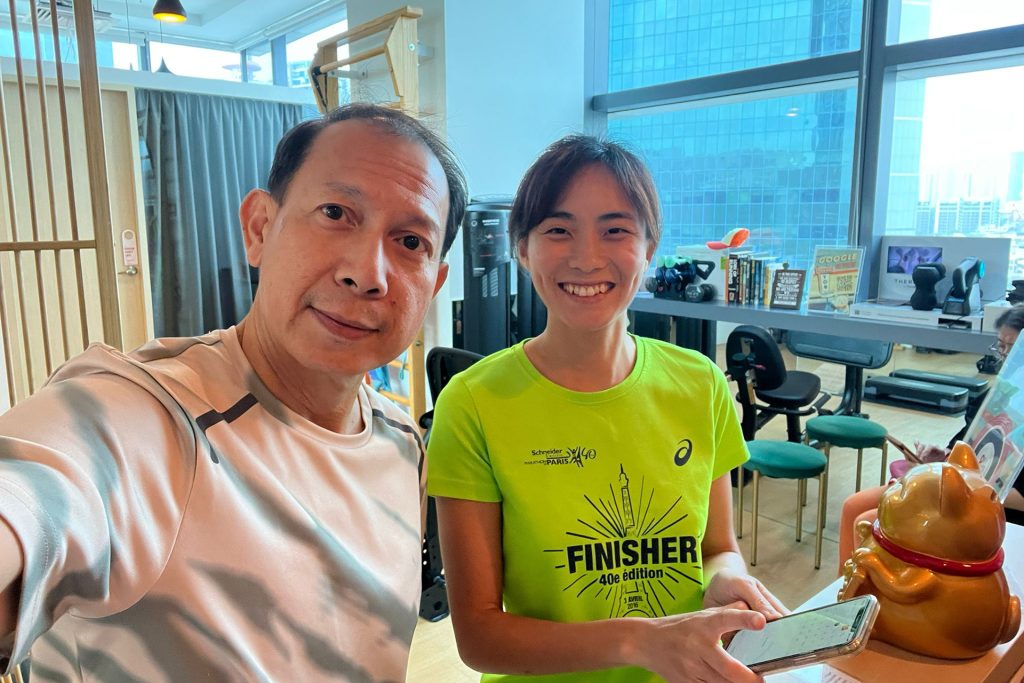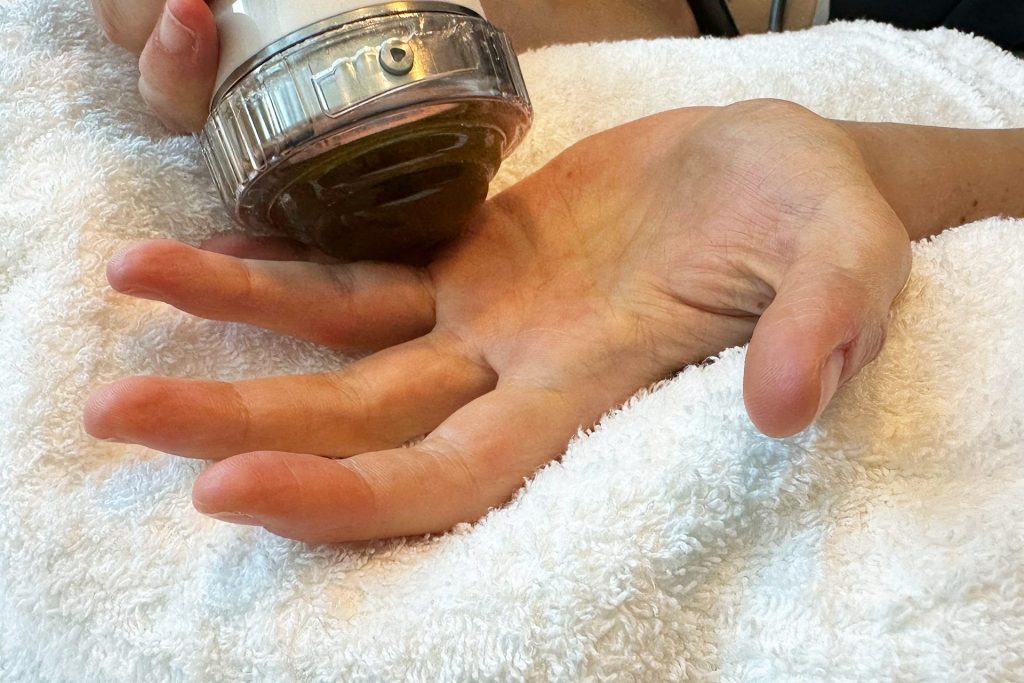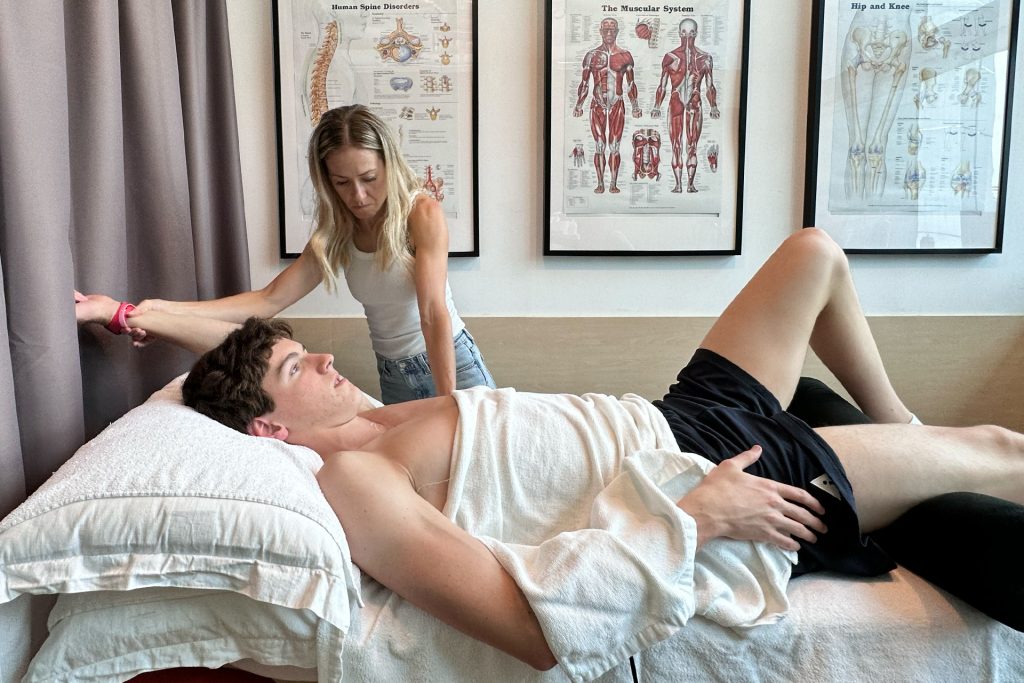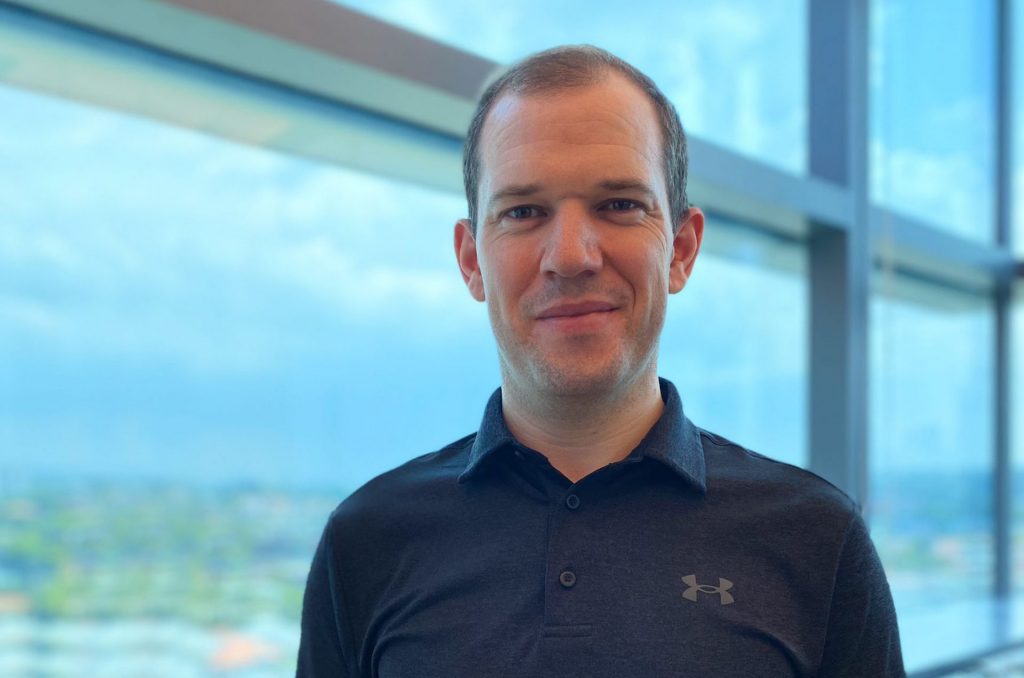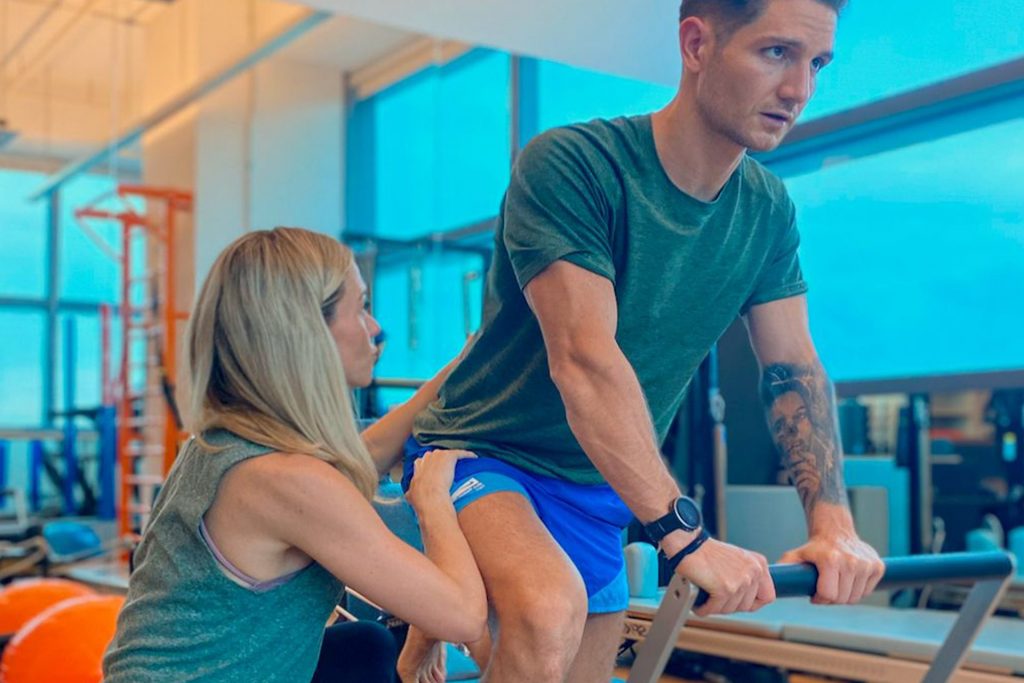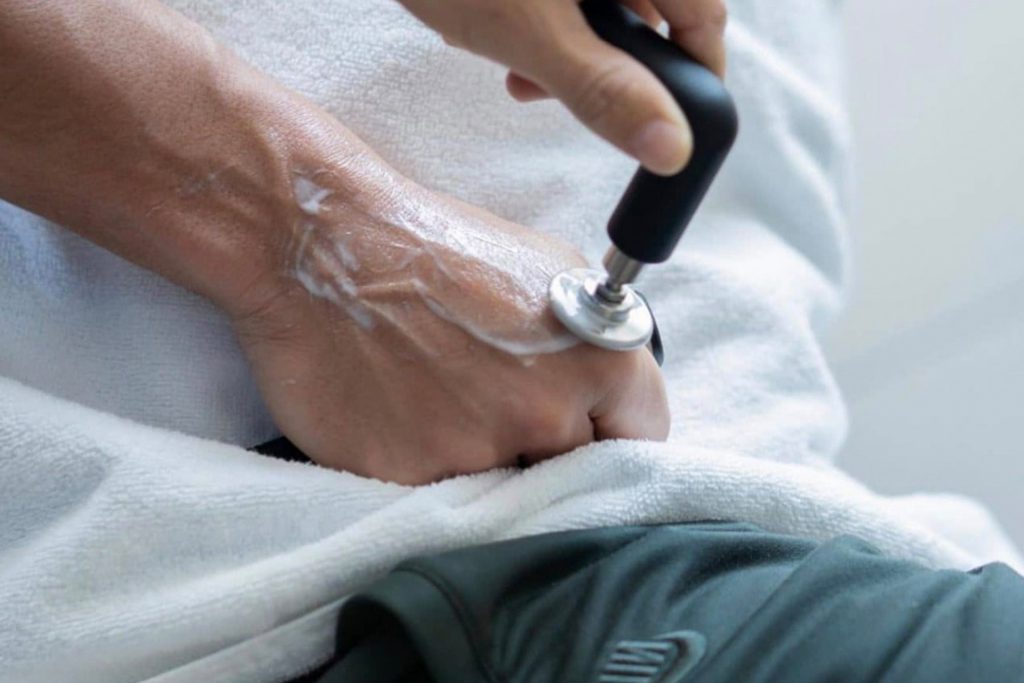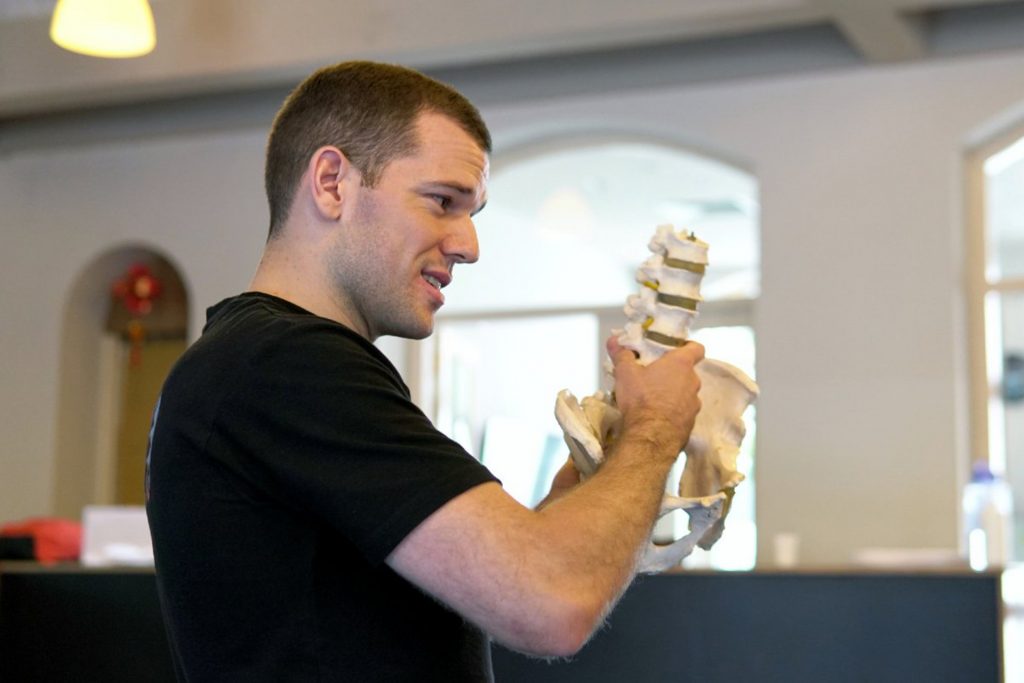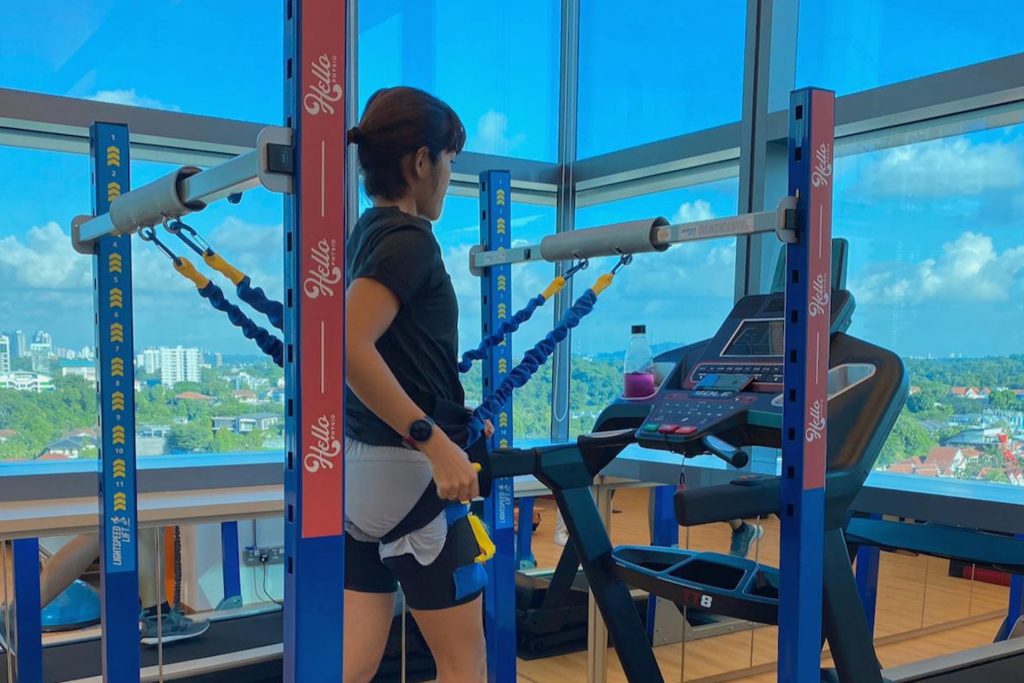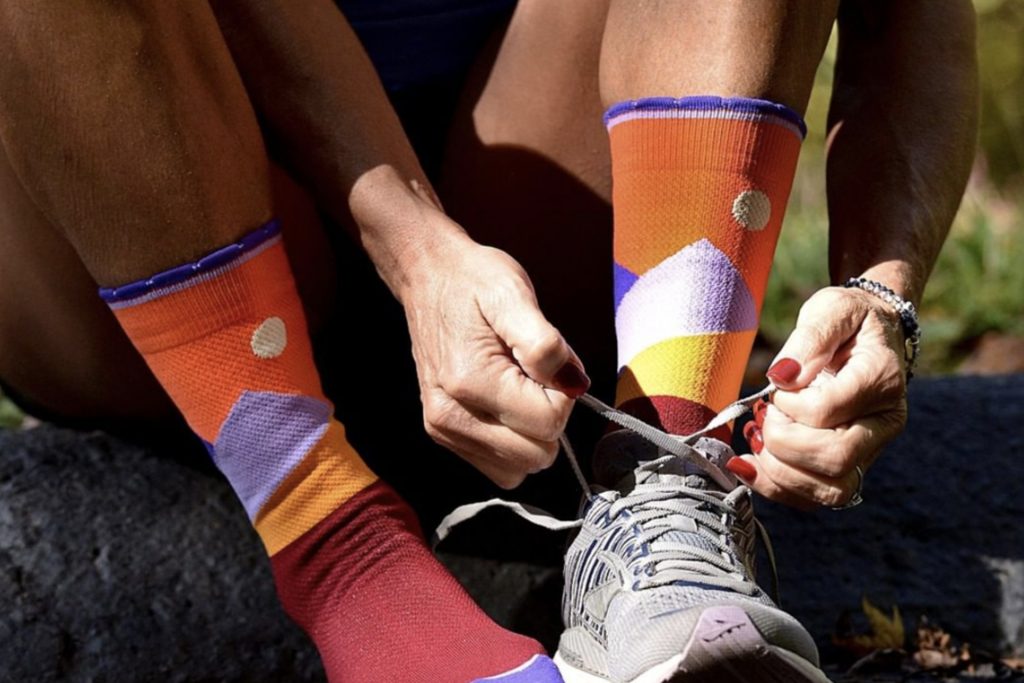|
Getting your Trinity Audio player ready...
|
If you’re experiencing persistent heel pain, you’re not alone. Many across Singapore, regardless of age, struggle with heel conditions daily. It’s important to understand what is causing your heel pain, if you want to improve your situation. That’s why understanding the differences between heel spurs and plantar fasciitis is crucial for accurate diagnosis and effective treatment. These conditions require distinct approaches despite often co-occurring.
What Is Plantar Fasciitis?
Plantar fasciitis involves inflammation of the plantar fascia, a thick band of tissue that connects the heel bone to the toes. This tissue acts as a shock absorber, supporting the foot’s arch during walking and running, but repetitive stress can lead to micro-tearing and subsequent inflammation.
The condition causes stabbing pain in the heel, typically worst with the first steps in the morning, as the injured plantar fascia has tightened overnight. This stabbing heel pain often decreases with activity as the tissue warms up, but pain worsens after periods of rest or prolonged standing on hard surfaces. This decrease in pain over the day can fool many into thinking that their plantar fasciitis isn’t an issue, only for the issue to start all over again the next day.
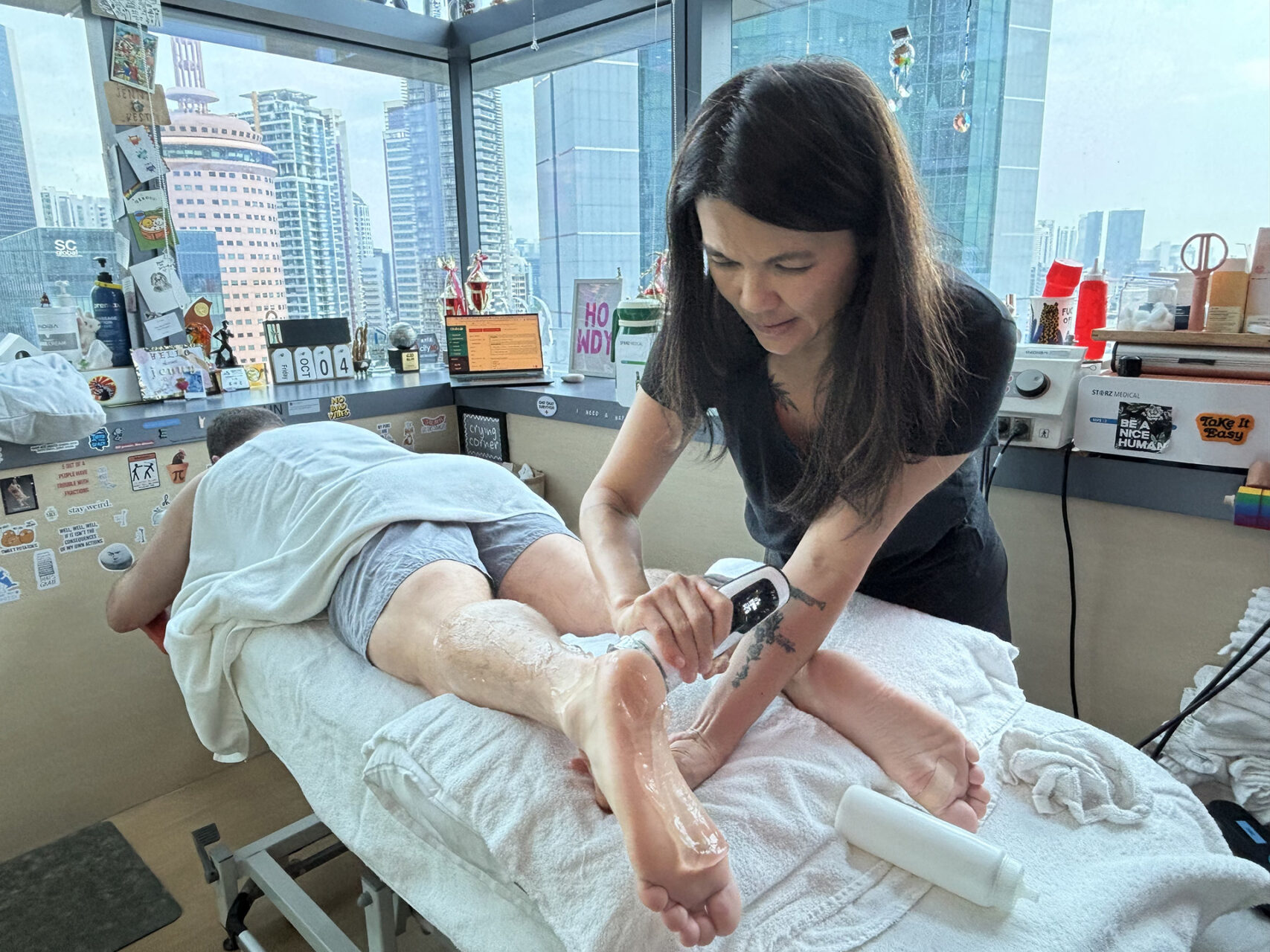
What Is a Heel Spur?
A heel spur is a calcium deposit that forms on the underside of the heel bone (calcaneus). These bony protrusions develop over months or years due to long-term stress on foot muscles and ligaments, representing the body’s natural response to chronic inflammation and stress.
Unlike the sharp, stabbing pain associated with plantar fasciitis, heel spurs appear as smooth, bony projections rather than sharp spikes on X-ray imaging. This bony growth is present in approximately 10% of the population, but only 5% with bone spurs experience pain from them.
Most heel spurs are discovered incidentally during the evaluation of heel pain for other conditions. Approximately half of patients with plantar fasciitis have heel spurs on X-rays, but these are typically incidental findings rather than the primary source of pain. When heel spurs cause discomfort, patients usually describe a dull ache during weight-bearing activities, rather than the jabbing pain characteristic of plantar fasciitis. Additionally, the location of the pain is another difference between heel spurs and plantar fasciitis. Pain from heel spurs is nearer the center of the heel, unlike plantar fasciitis, which manifests in the arch.
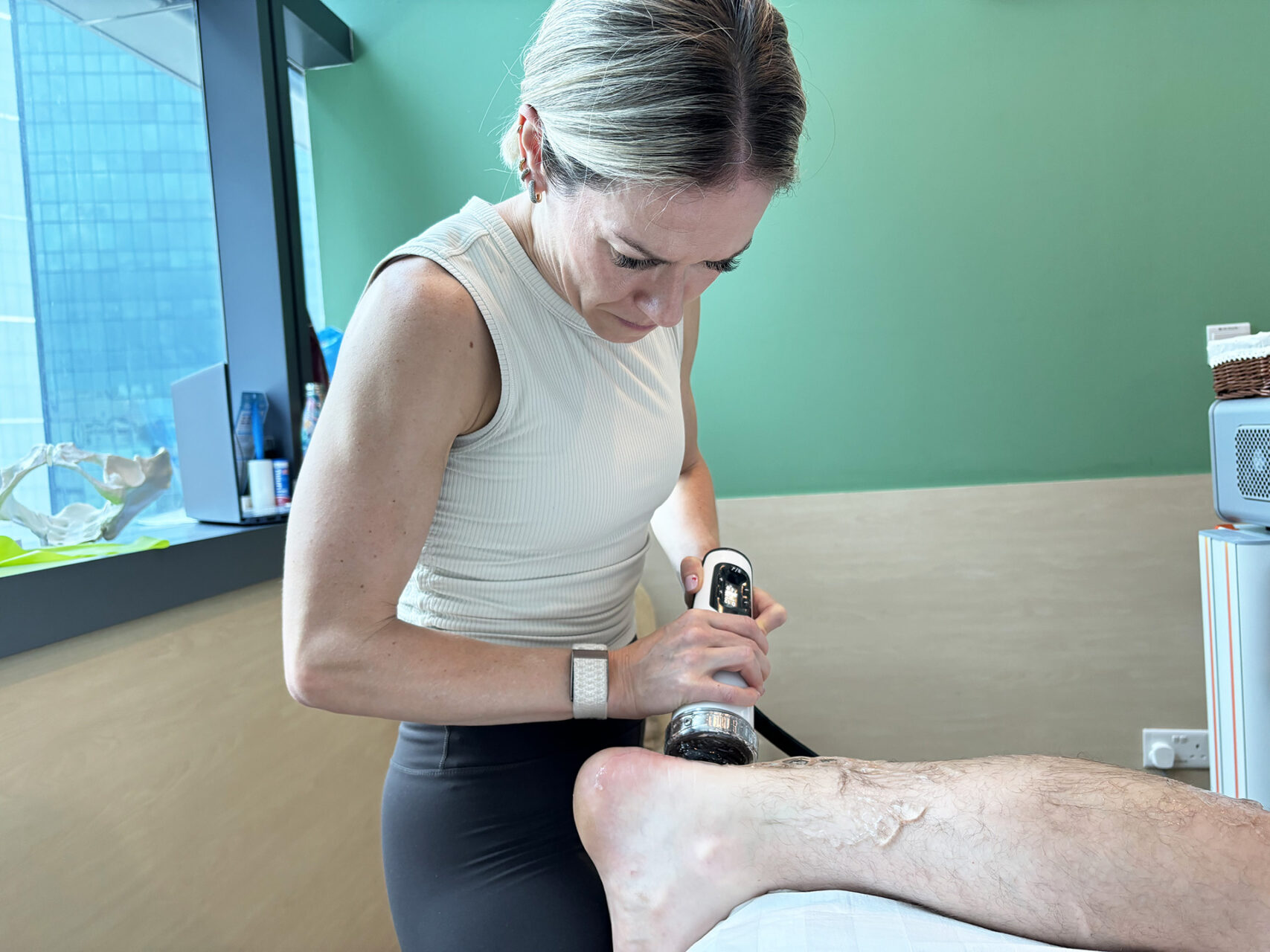
Heel Spurs vs Plantar Fasciitis
Understanding the distinctions between these conditions helps guide appropriate treatment decisions:
| Aspect | Plantar Fasciitis | Heel Spurs |
| Tissue Type | Soft tissue inflammation | Bony growth on heel bone |
| Pain Quality | Sharp, stabbing pain | Dull ache when present |
| Pain Timing | Morning heel pain, after rest | During weight-bearing activities |
| Pain Prevalence | Primary cause of heel pain | Only 5% of heel spurs cause actual pain |
| Location | Bottom of heel near arch | Center of heel |
Importantly, plantar fasciitis can exist without heel spurs, and heel spurs can exist without causing pain. Approximately 50% of patients with plantar fasciitis also have heel spurs, but the spurs rarely cause the actual foot pain. It’s typically the inflamed plantar fascia tissue that causes the symptoms.
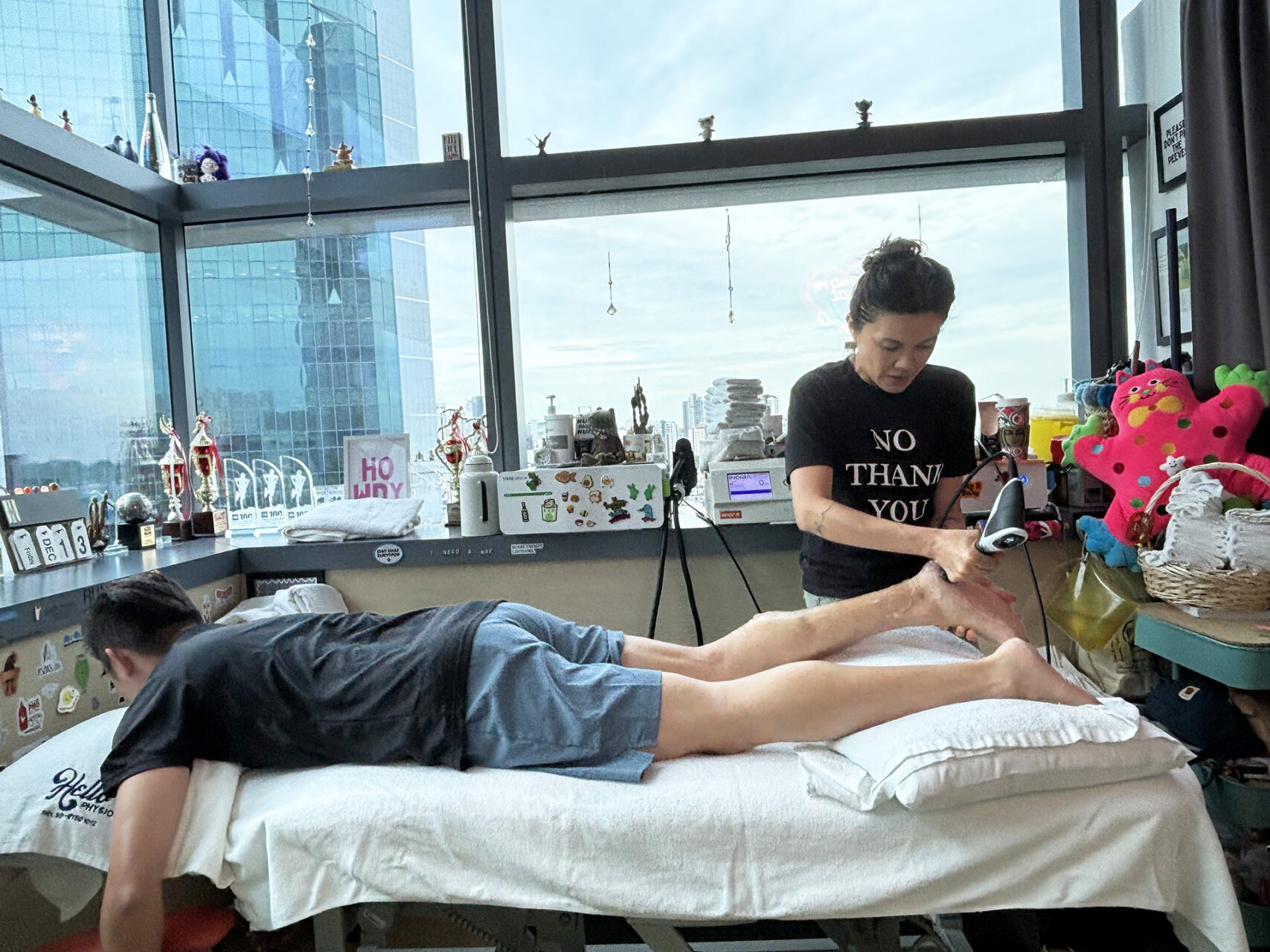
Common Causes and Risk Factors
Plantar fasciitis typically develops between the ages of 40 and 60, although active individuals of any age can also develop it. Key risk factors include flat feet or high arches that affect weight distribution, tight calf muscles that increase fascia tension, and occupations that require prolonged standing on hard surfaces, such as those of healthcare workers, teachers and factory workers.
The condition also often develops from sudden increases in activity, like weekend warriors who ramp up exercise intensity without proper conditioning. Even minor changes, such as increased walking at a new job or switching to unsupportive shoes, can trigger symptoms. The combination of biomechanical stress, occupational demands, and changes in activity creates the perfect conditions for plantar fascia breakdown or heel spurs.

Comprehensive Physical Therapy Treatment Approach
Modern physiotherapy targets both symptoms and their underlying causes through biomechanical assessments and corrective interventions. Plantar fasciitis and heel spur treatment begins with evaluating gait patterns, foot mechanics, and muscle flexibility, addressing tight calves, weak foot muscles, and poor hip stability that contribute to increased tension in the plantar fascia.
Specific stretching protocols form the foundation of the treatment, particularly plantar fascia stretches (pulling the toes toward the shin) and targeted calf stretches, performed multiple times daily. Manual therapy techniques, including soft tissue mobilization and trigger point release, accelerate healing and restore normal movement patterns.
Exercise progression begins with gentle mobility work and ice rolling (using a frozen water bottle for 15-20 minutes), followed by strengthening exercises such as towel scrunches, marble pickups, and proper calf raises that target weak intrinsic foot muscles. For active individuals, progressive loading gradually reintroduces problematic activities while maintaining flexibility and strength gains. These exercises for plantar fasciitis and heel spurs can significantly improve your daily comfort levels.
Flat-footed patients benefit from supportive orthotics and arch-stabilising exercises, while those with high-arched feet need more cushioning and flexibility exercises. Video gait analysis identifies compensation patterns that perpetuate problems, while hip and core stability assessment reveals overlooked contributors to foot stress.
There are also more advanced modalities, such as INDIBA® Activ and Shockwave Therapy. INDIBA uses targeted radiofrequency heat waves that penetrate deep into the fascia, tripling blood flow and flooding the area with healing nutrients while accelerating cellular repair and reducing inflammation. Shockwave Therapy delivers controlled acoustic waves that create beneficial microtrauma, tricking your body into launching a full healing response, where new blood vessels sprout, growth factors activate, and stem cells mobilize, boosting local circulation by up to 250%. Both of these treatments also help in those rare cases where heel spurs cause direct pain. INDIBA’s deep heating effect reduces inflammation around the spur site, and Shockwave Therapy can help break down calcific deposits and scar tissue surrounding the spur.
This comprehensive approach creates enhanced circulation and cellular repair, amplifying the benefits of exercise programs and ensuring lasting recovery rather than temporary symptom relief.

Prevention Strategies and Lifestyle Modifications
Proper footwear is essential for managing plantar fasciitis and heel spurs. Shoes need adequate arch support, heel cushioning, and should match your foot type. Replace athletic shoes every 300-500 miles and regularly inspect work shoes for wear patterns that indicate when replacement is needed.
Training modifications can also prevent most cases through gradual progression. The 10% rule (increasing weekly activity by a maximum of 10%) allows tissues to adapt safely. Additionally, varying training surfaces reduce repetitive stress – softer surfaces, such as grass or tracks, place less strain on the plantar fascia than concrete.
These simple adjustments significantly reduce risk for athletes and active individuals who place repetitive stress on their feet.
When to Seek Professional Help
Don’t let minor heel pain become a chronic problem. If symptoms persist beyond two weeks despite rest and basic stretching, it’s time for professional intervention. Early assessment by a qualified physiotherapist can prevent acute issues from developing into long-term conditions that are more difficult to treat.
Contact HelloPhysio for a comprehensive evaluation and start your journey back to pain-free movement.

